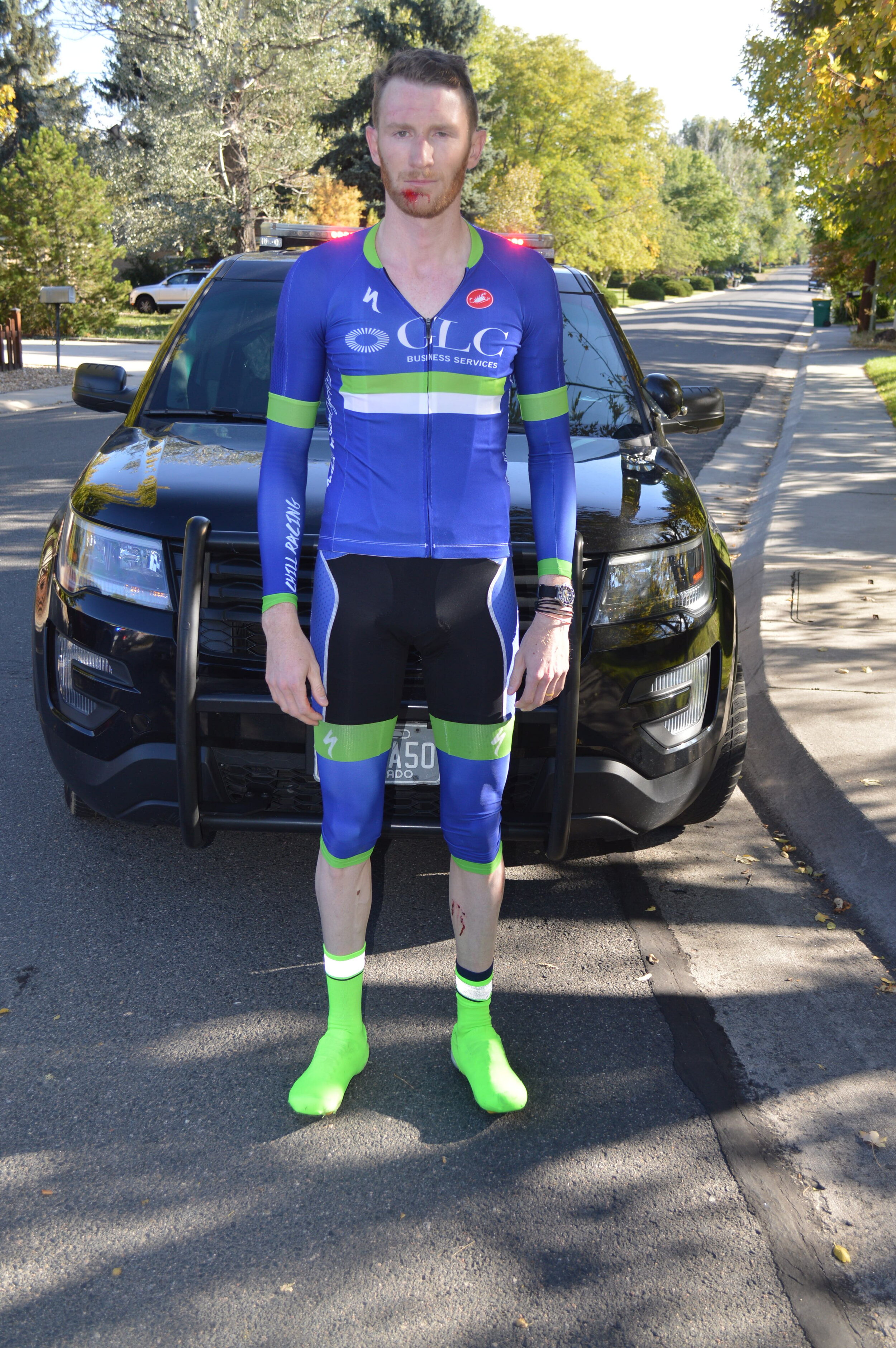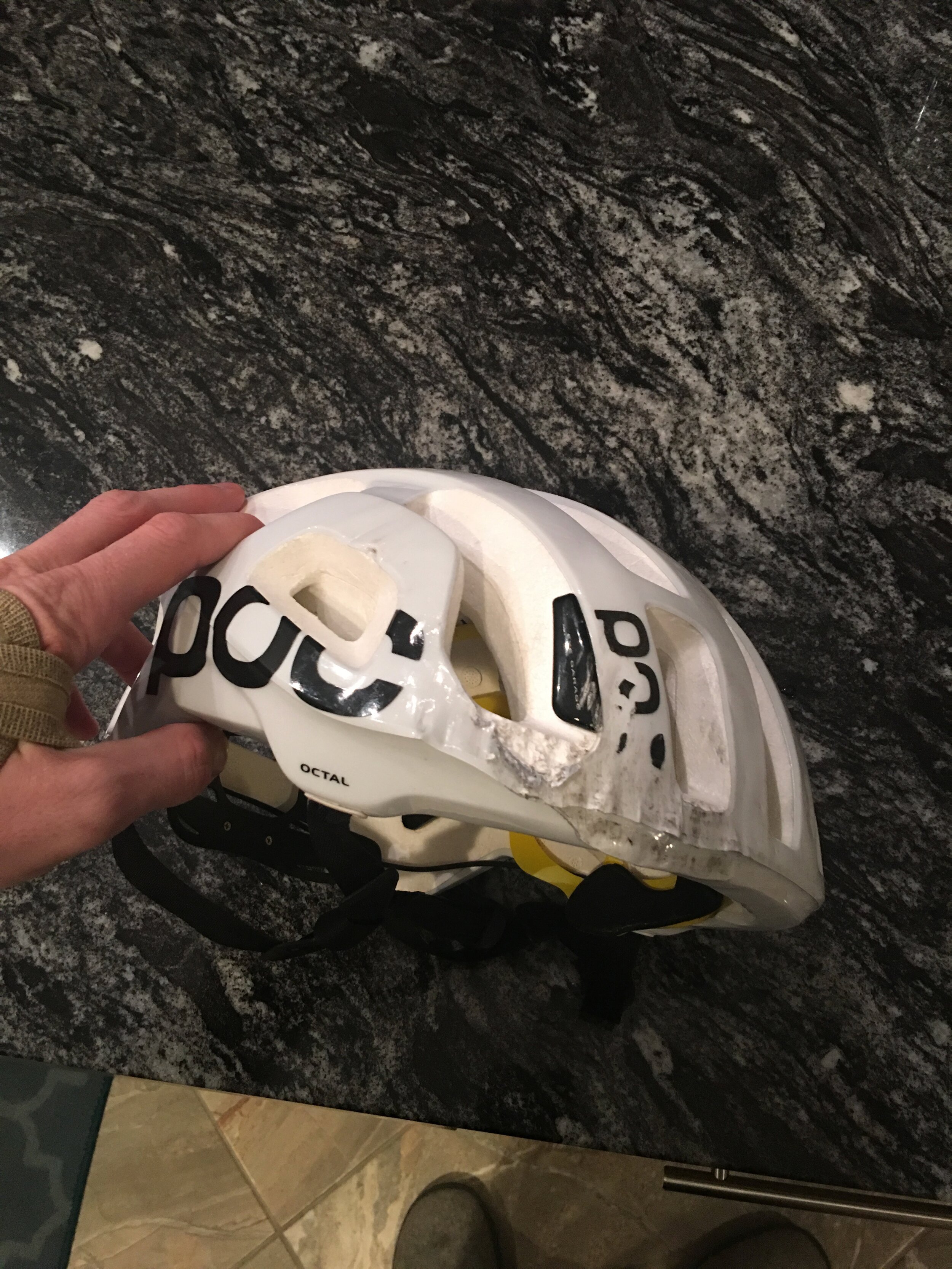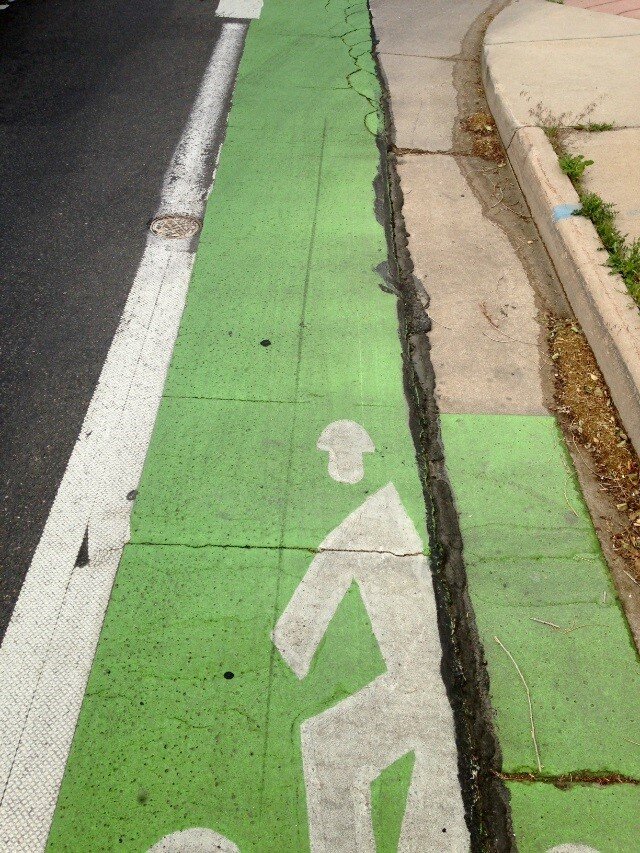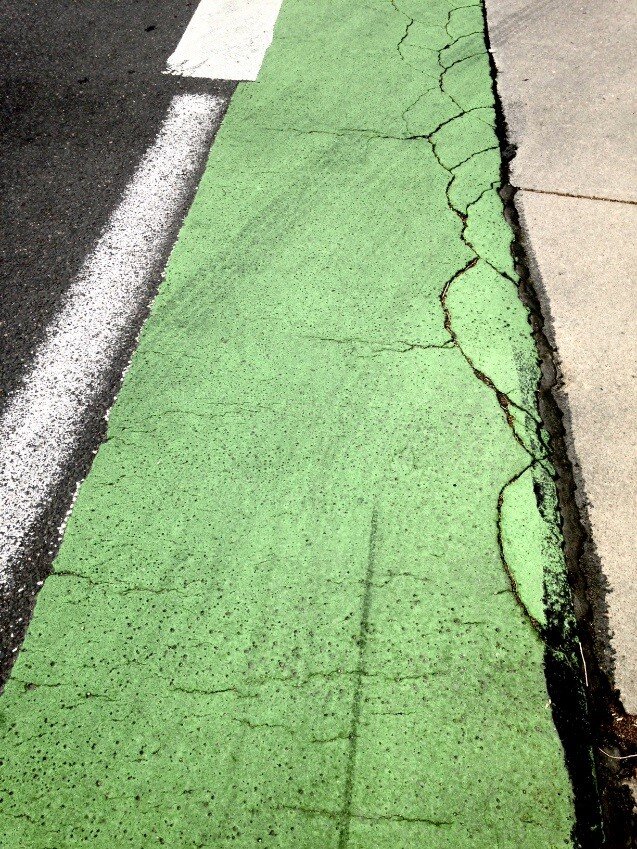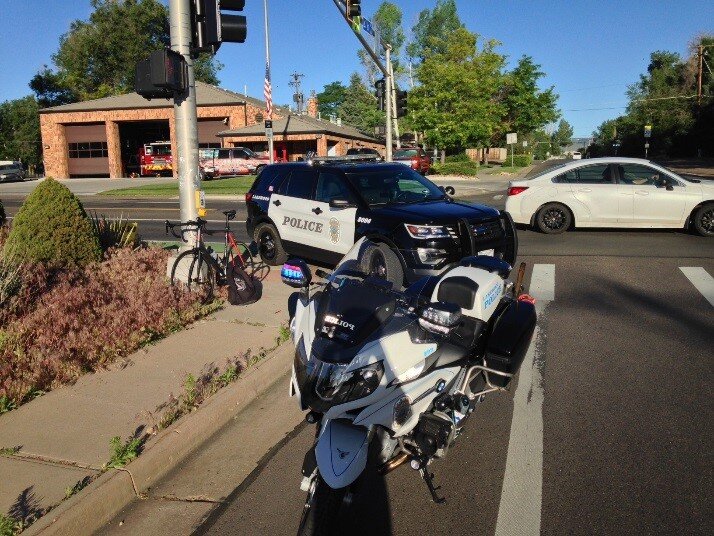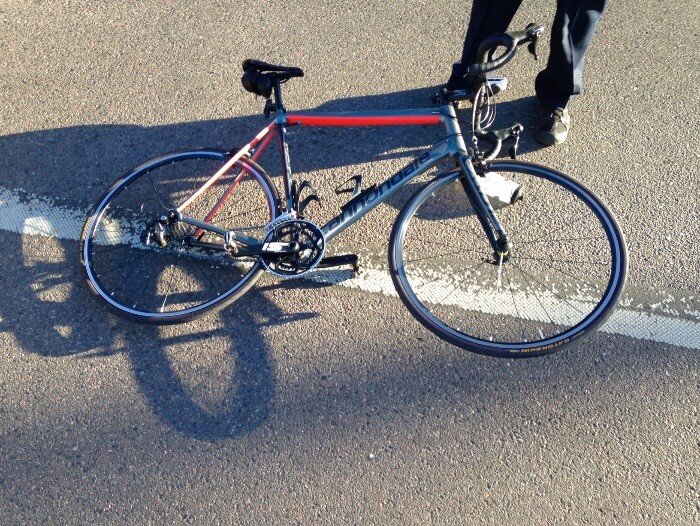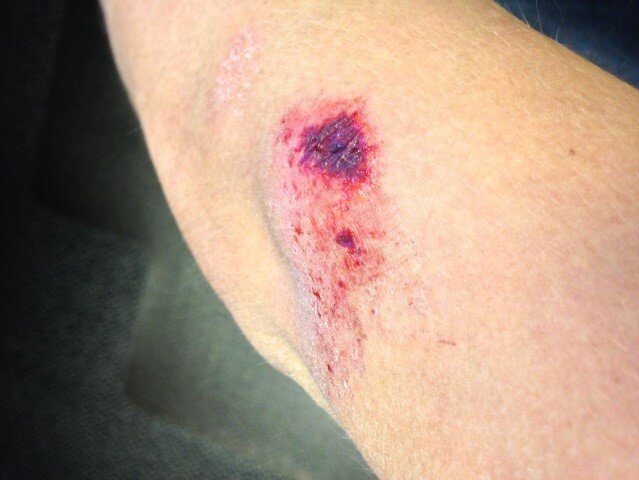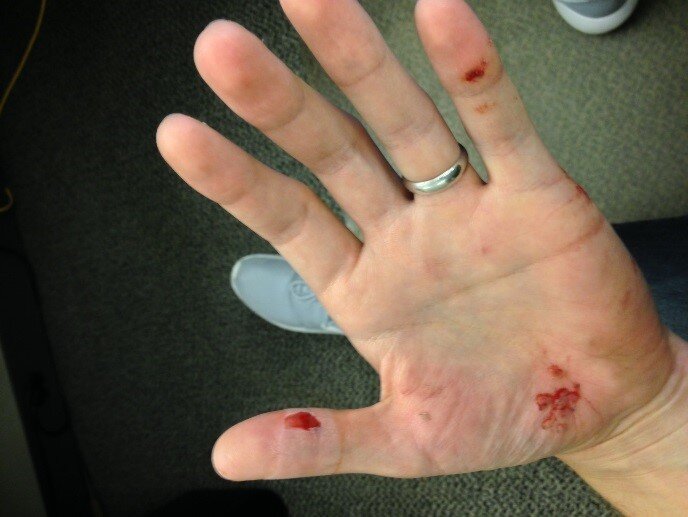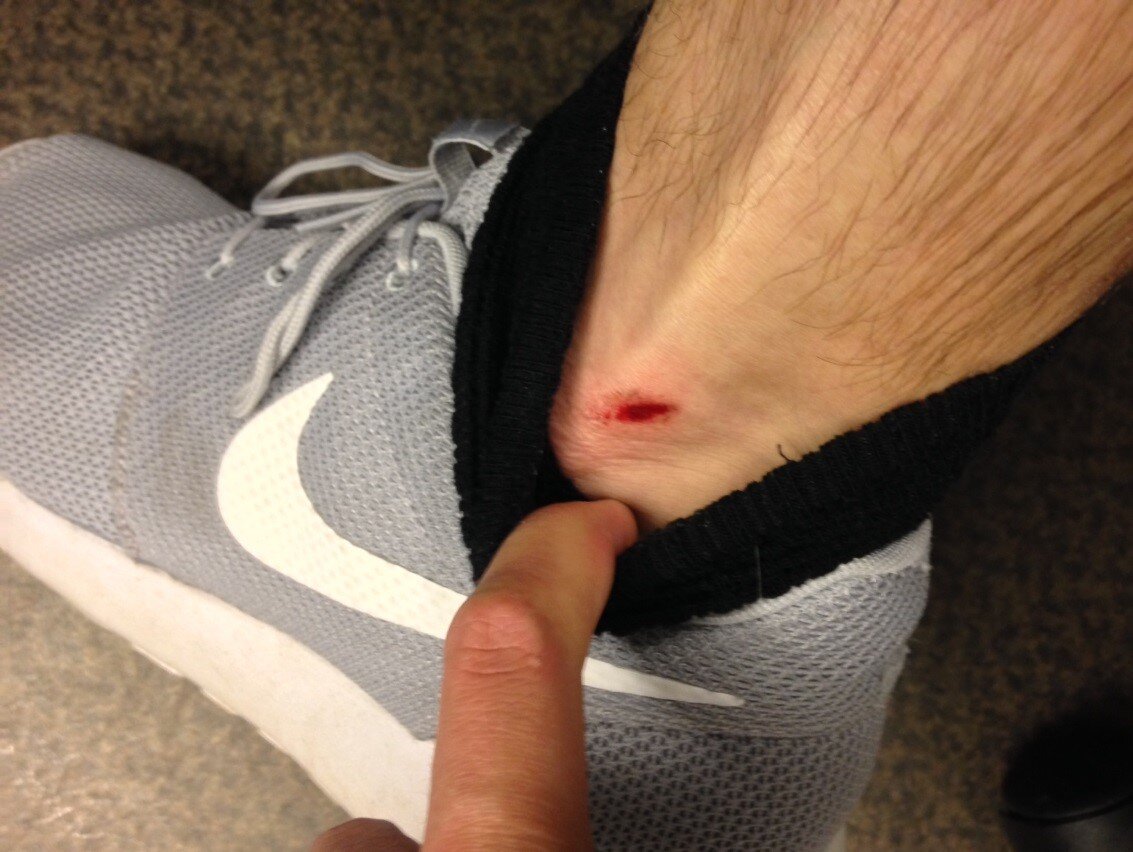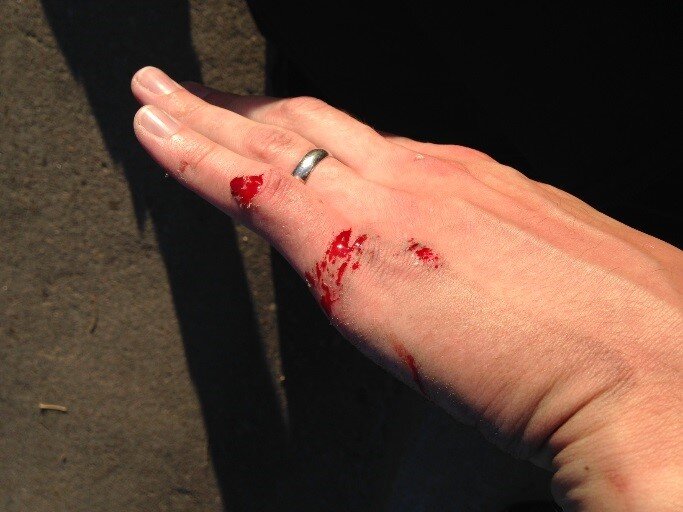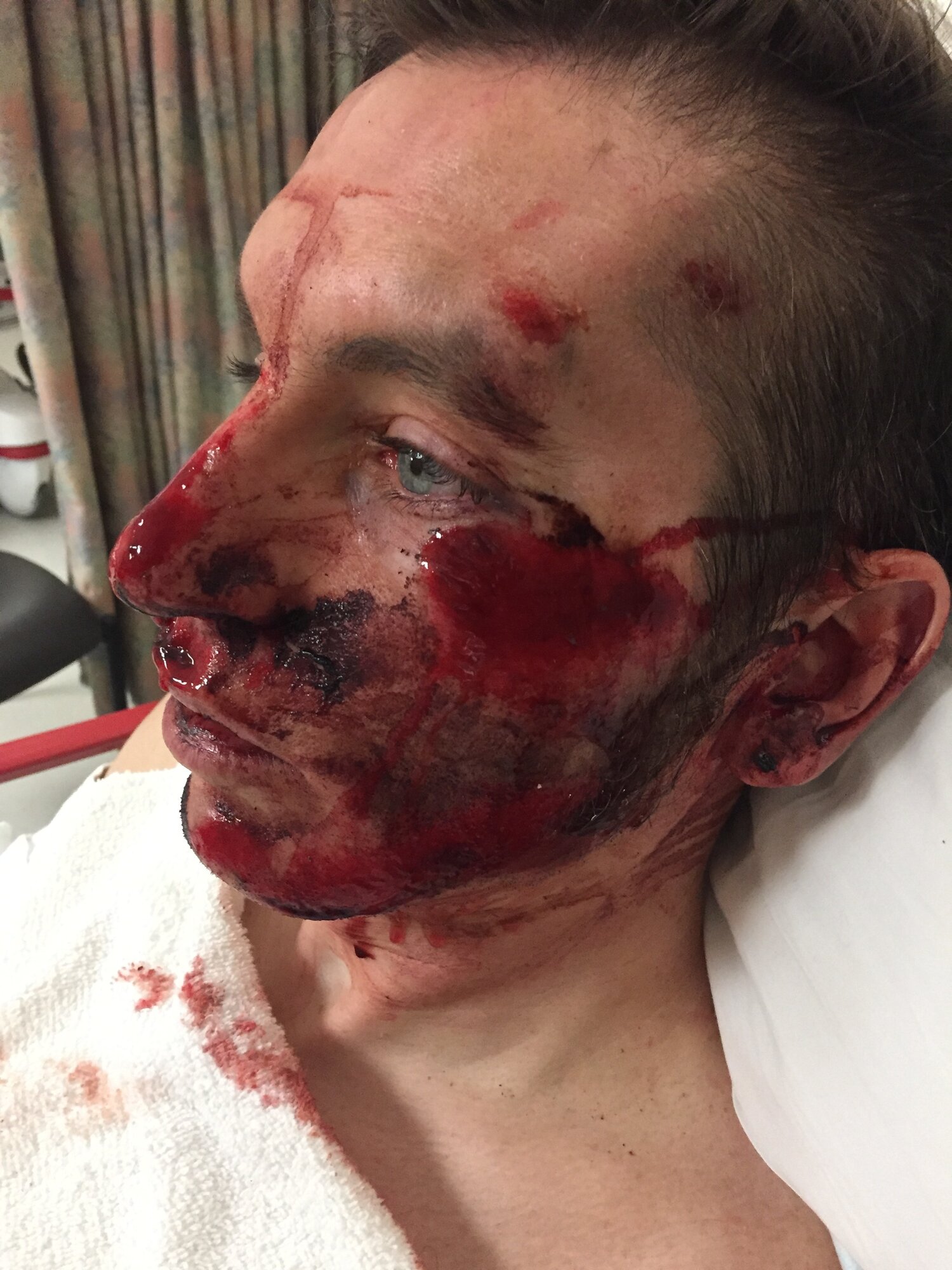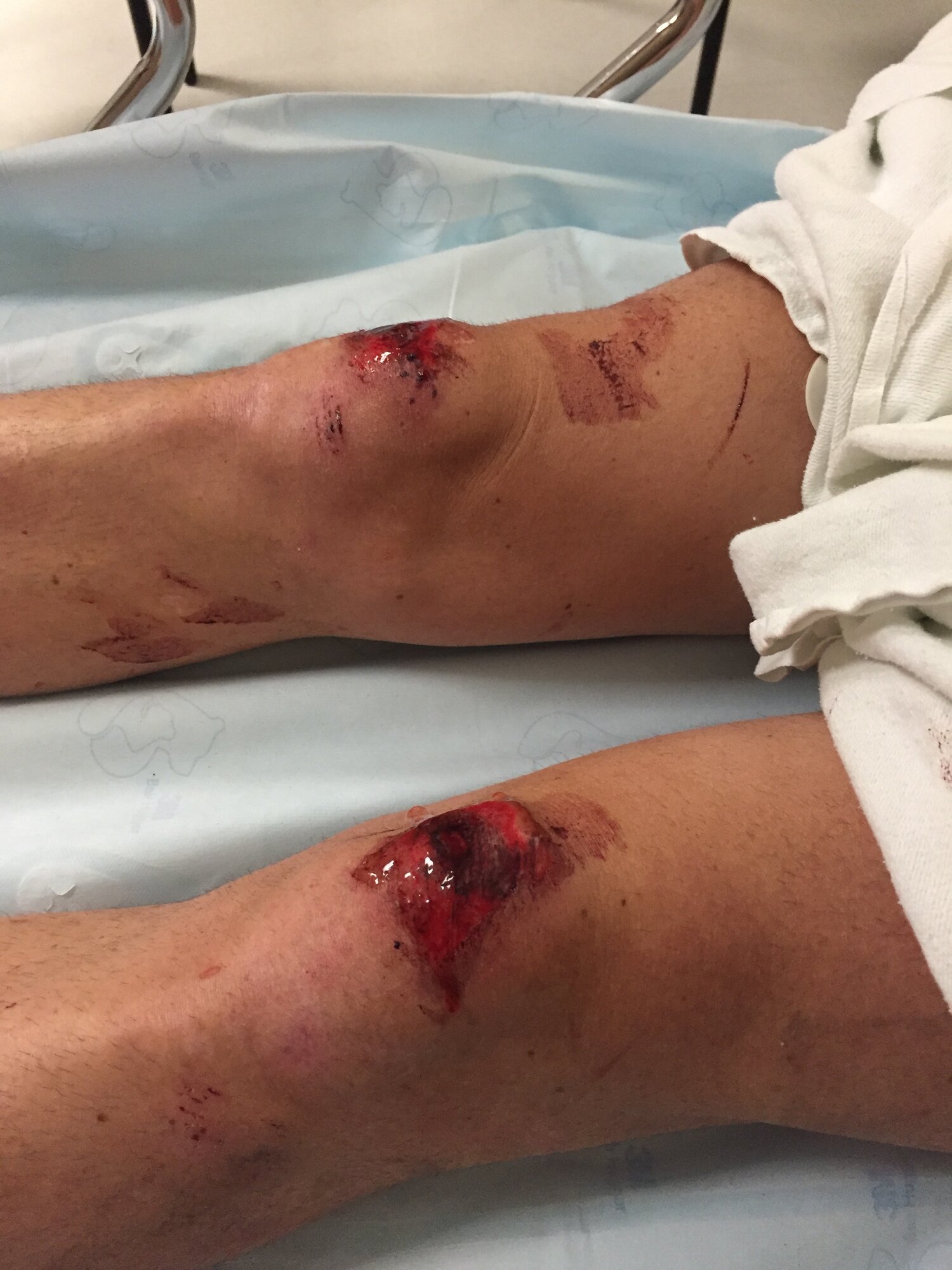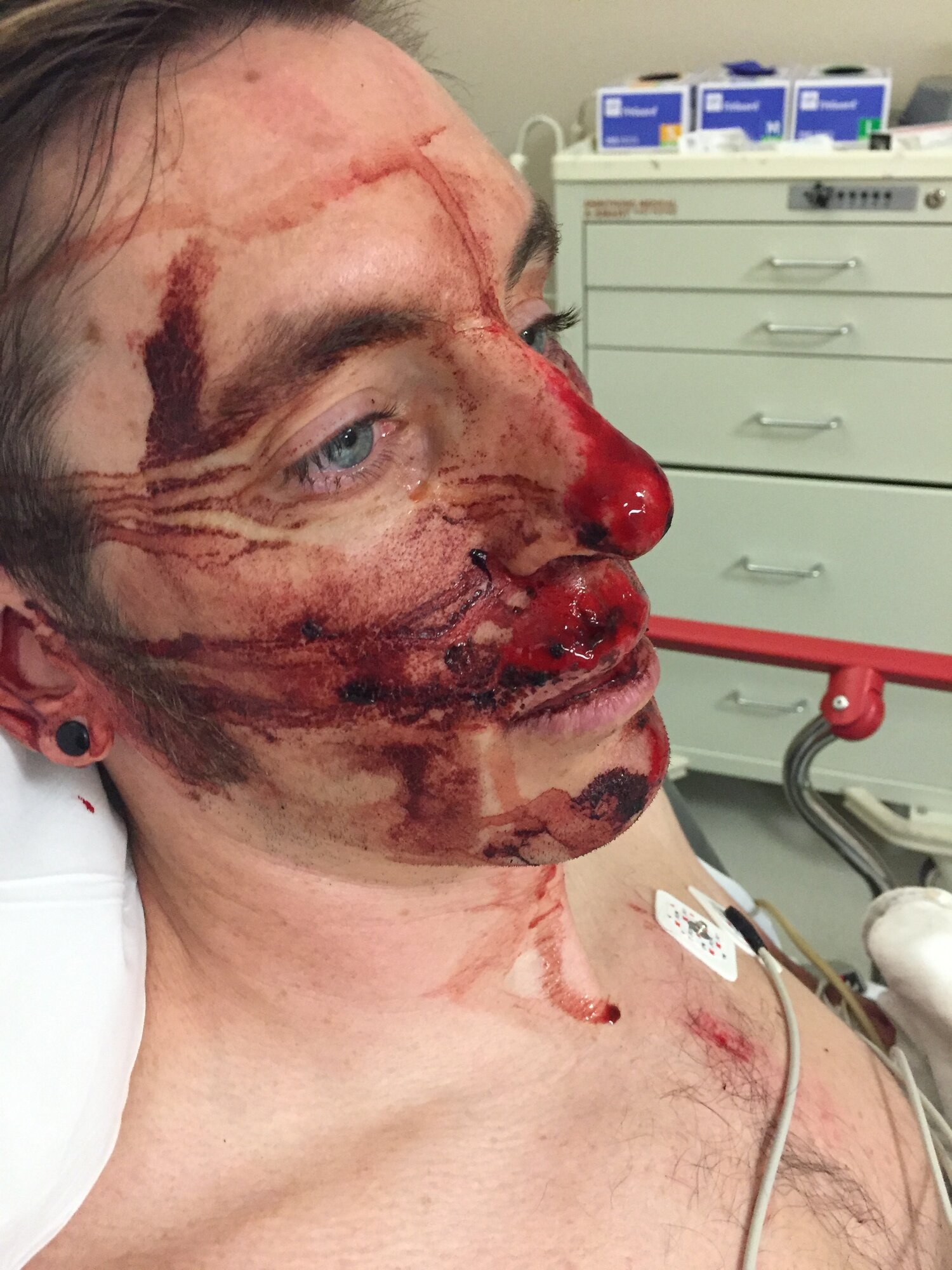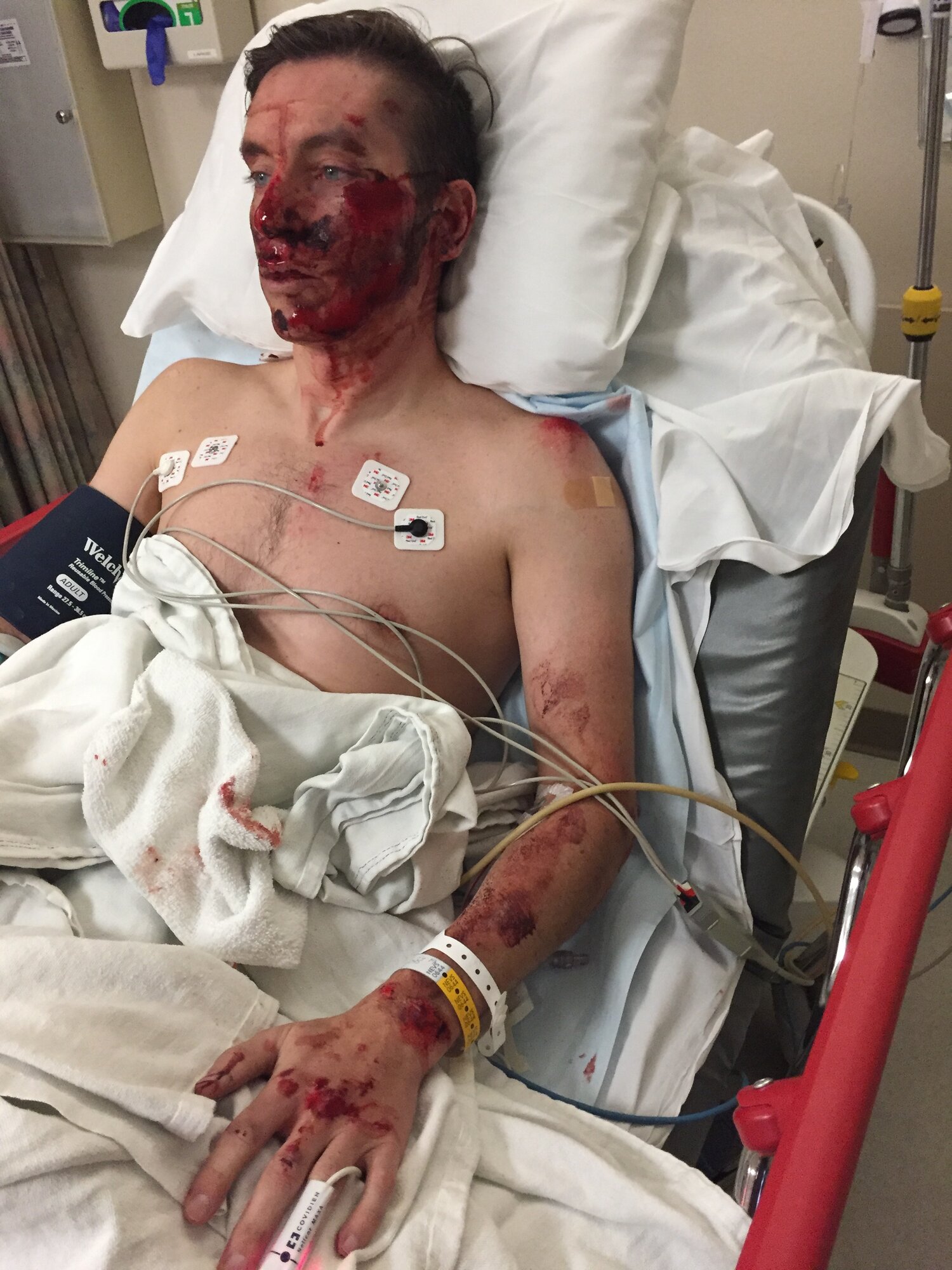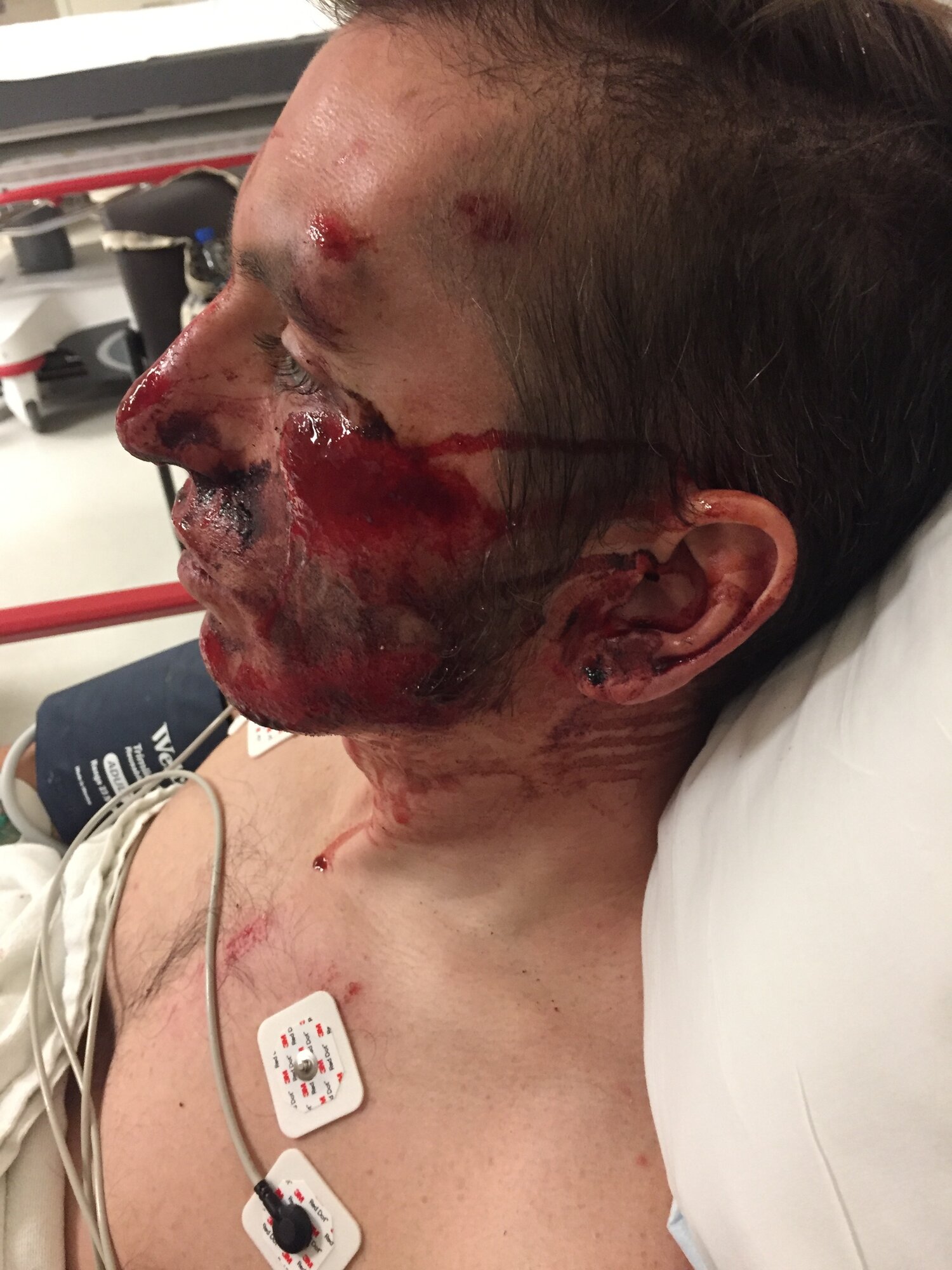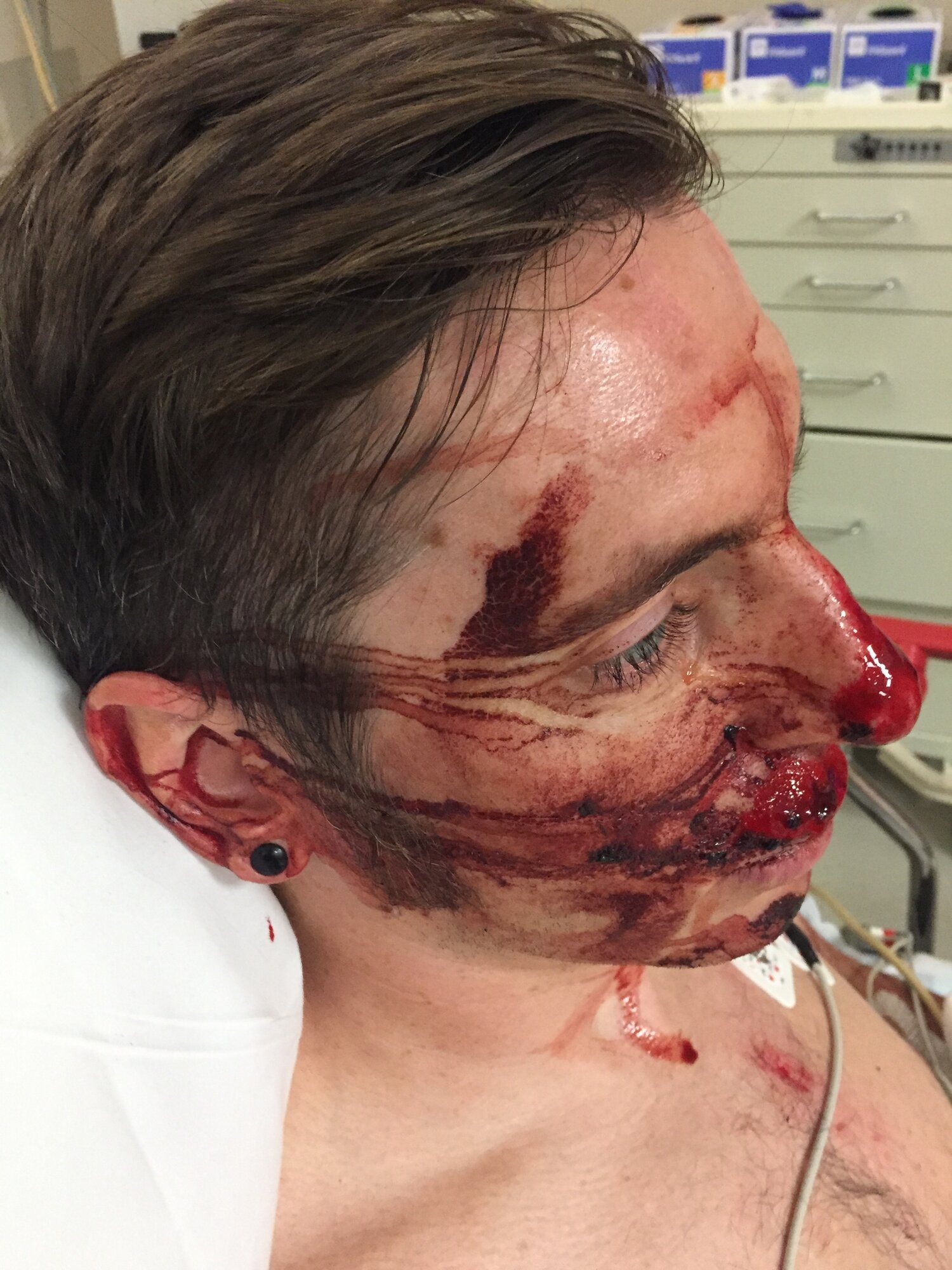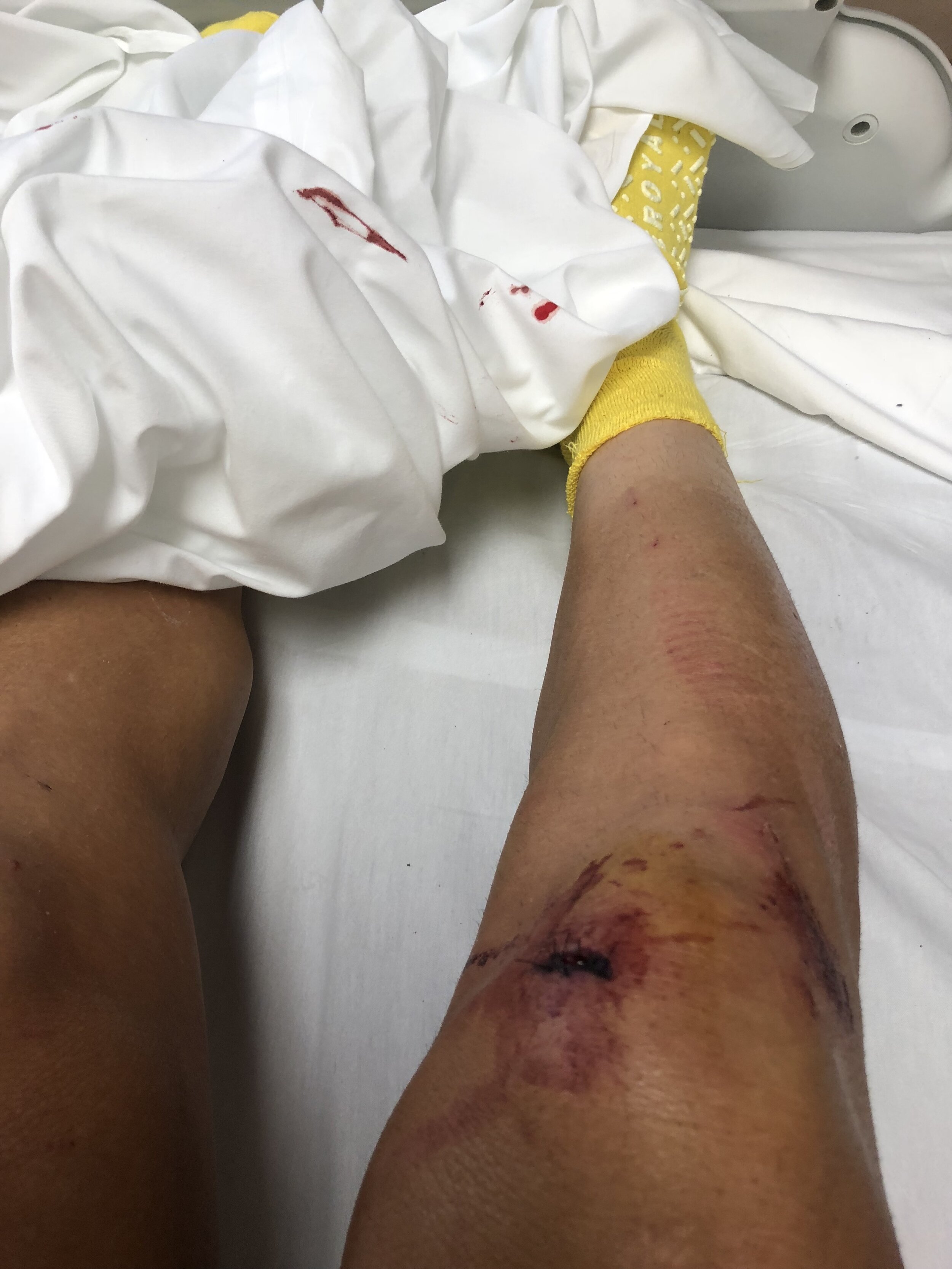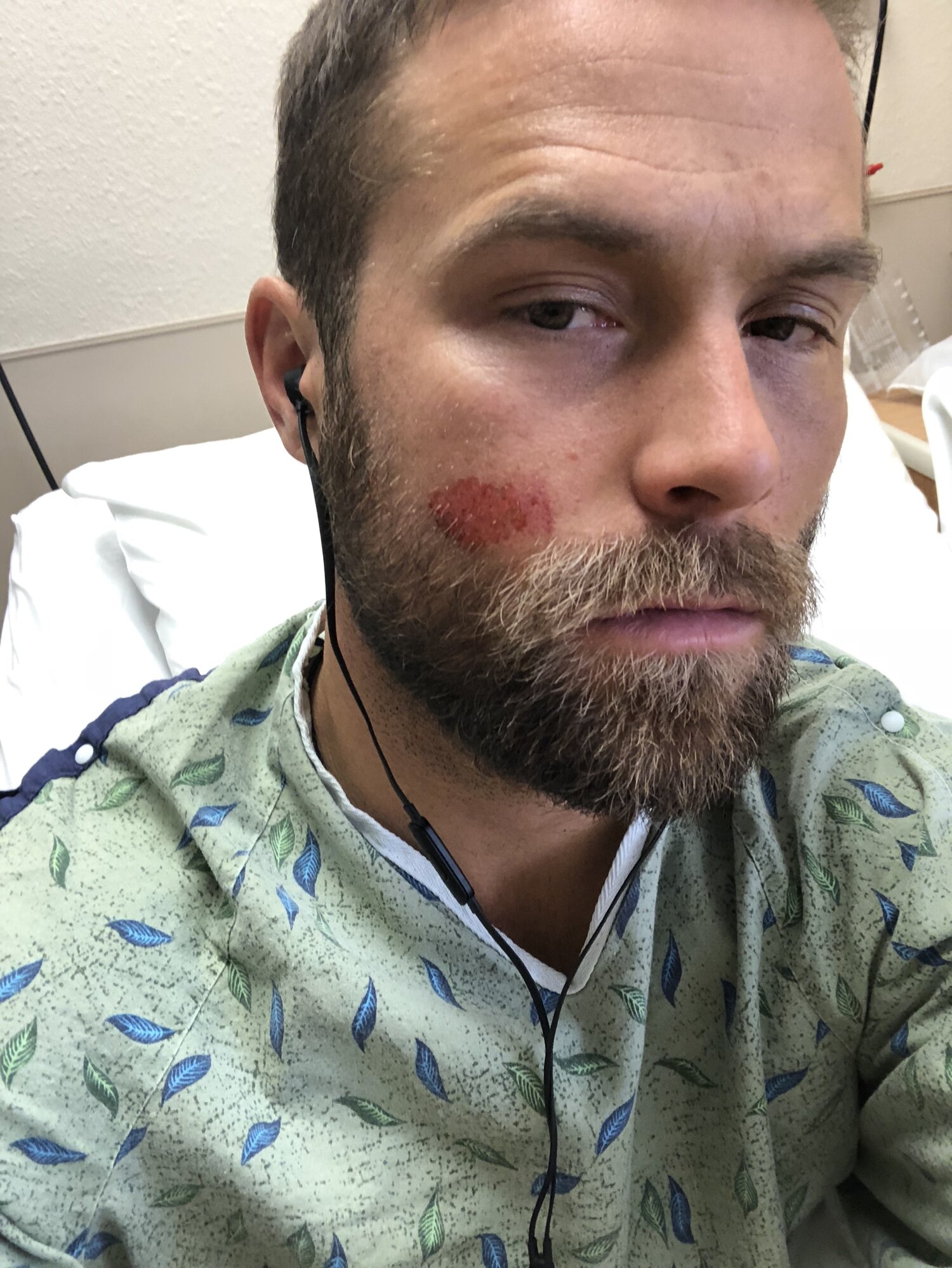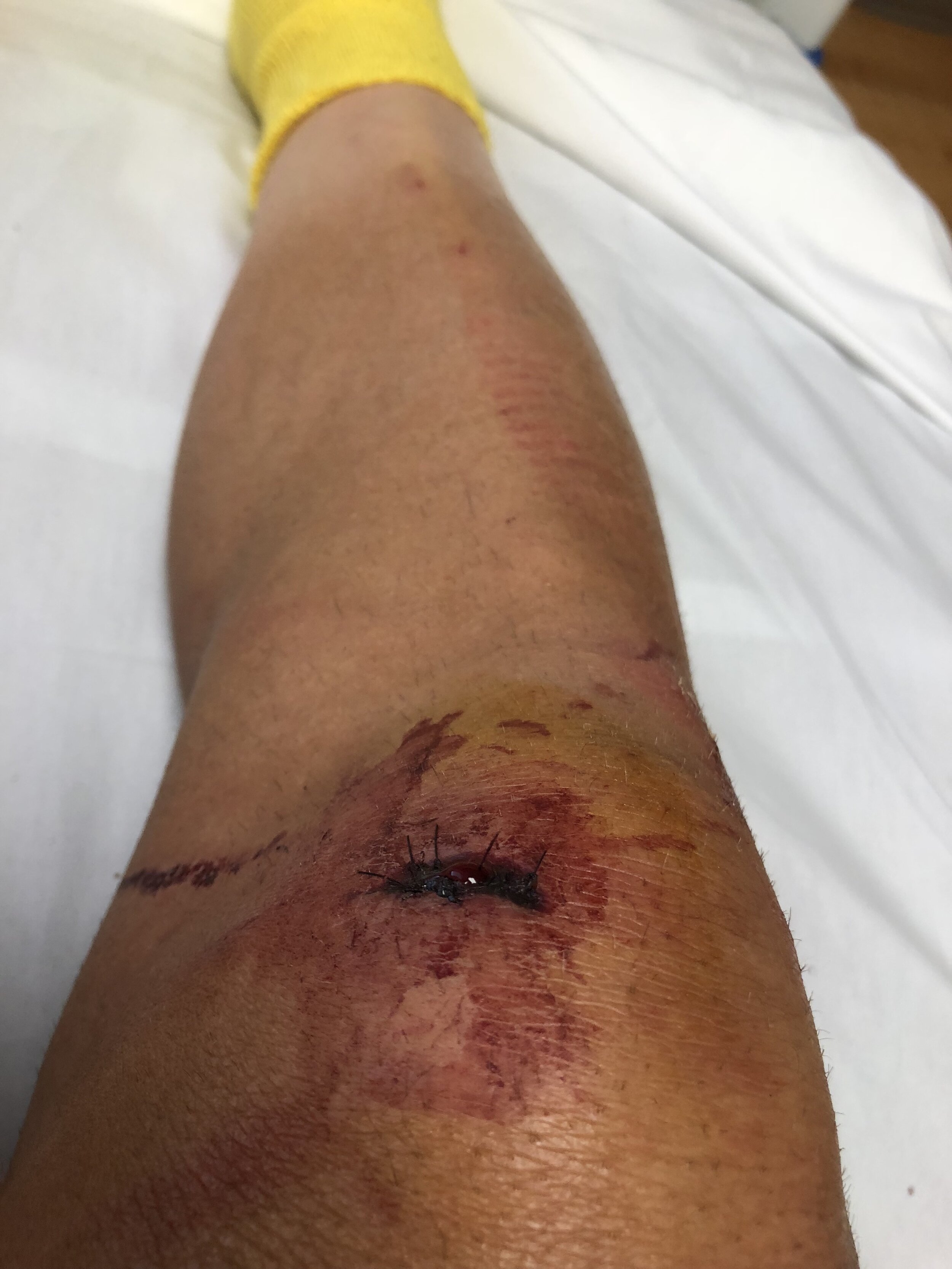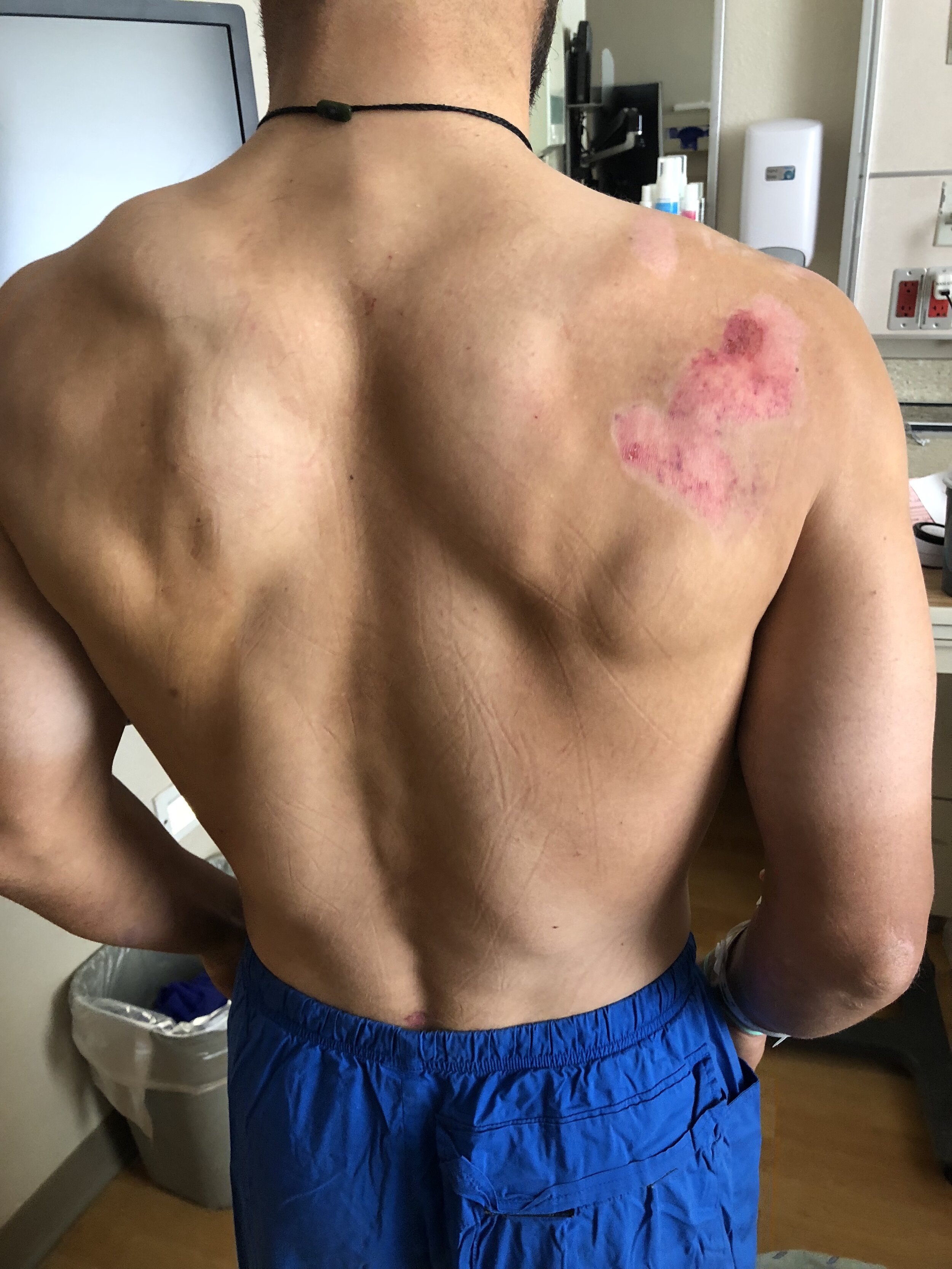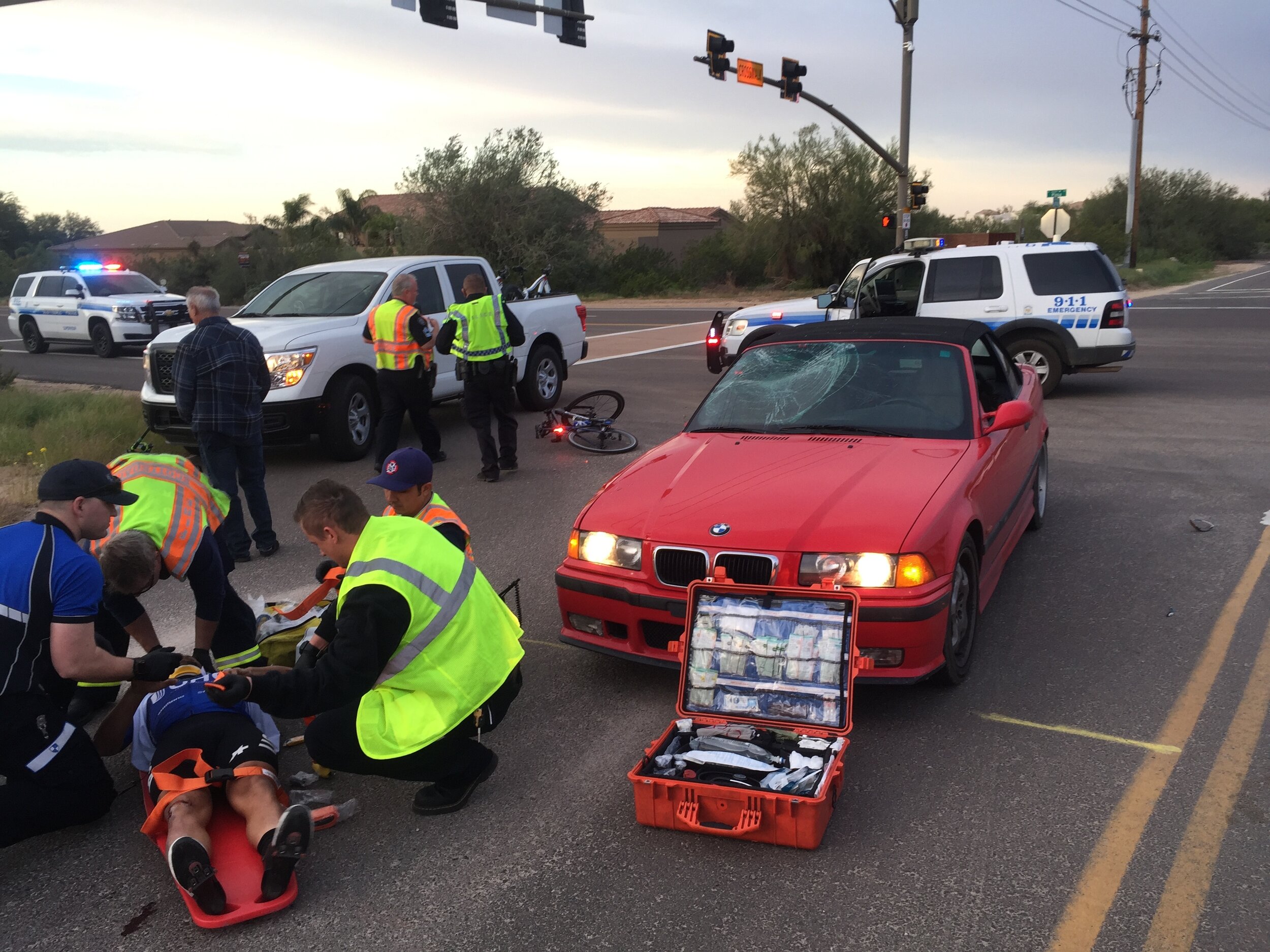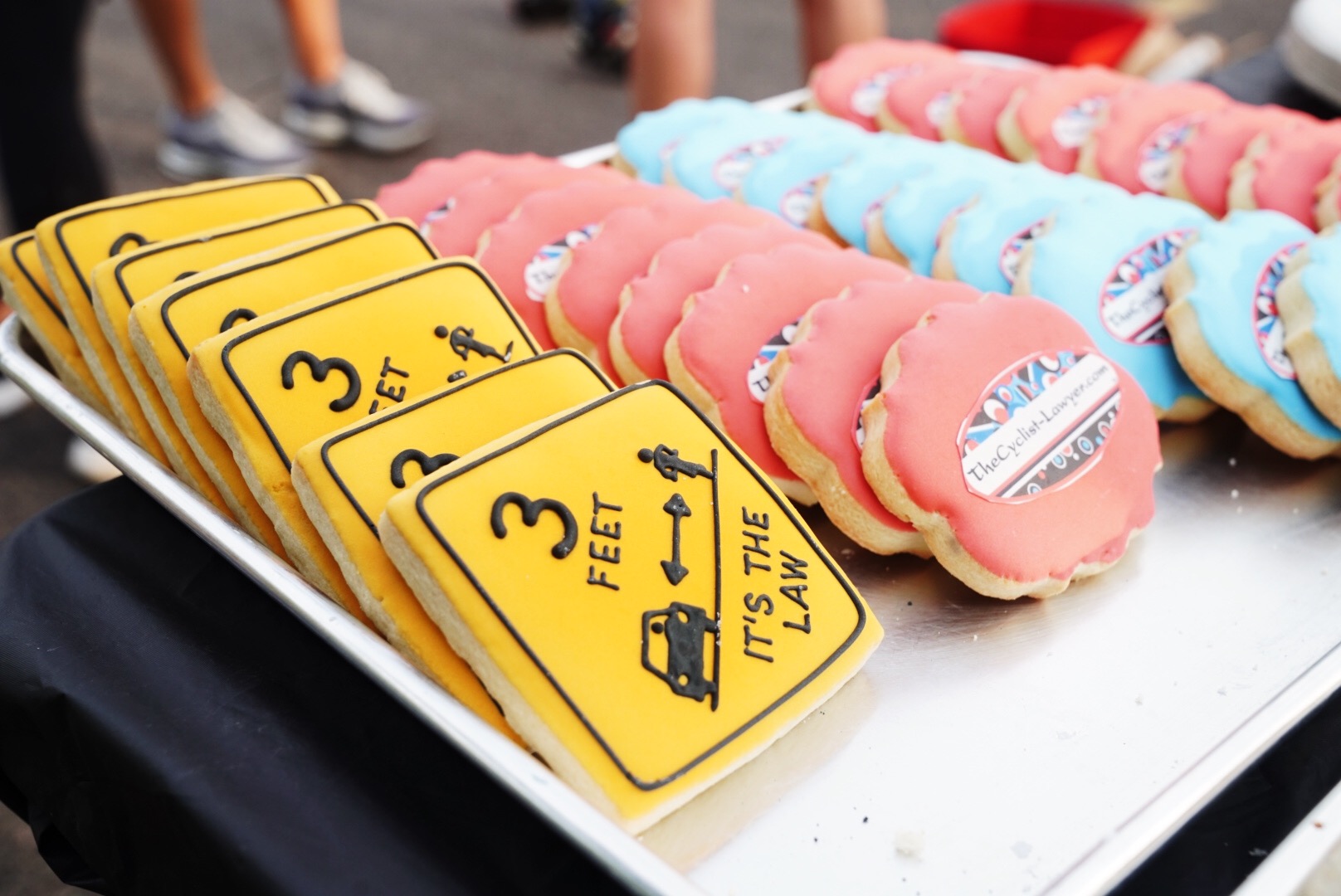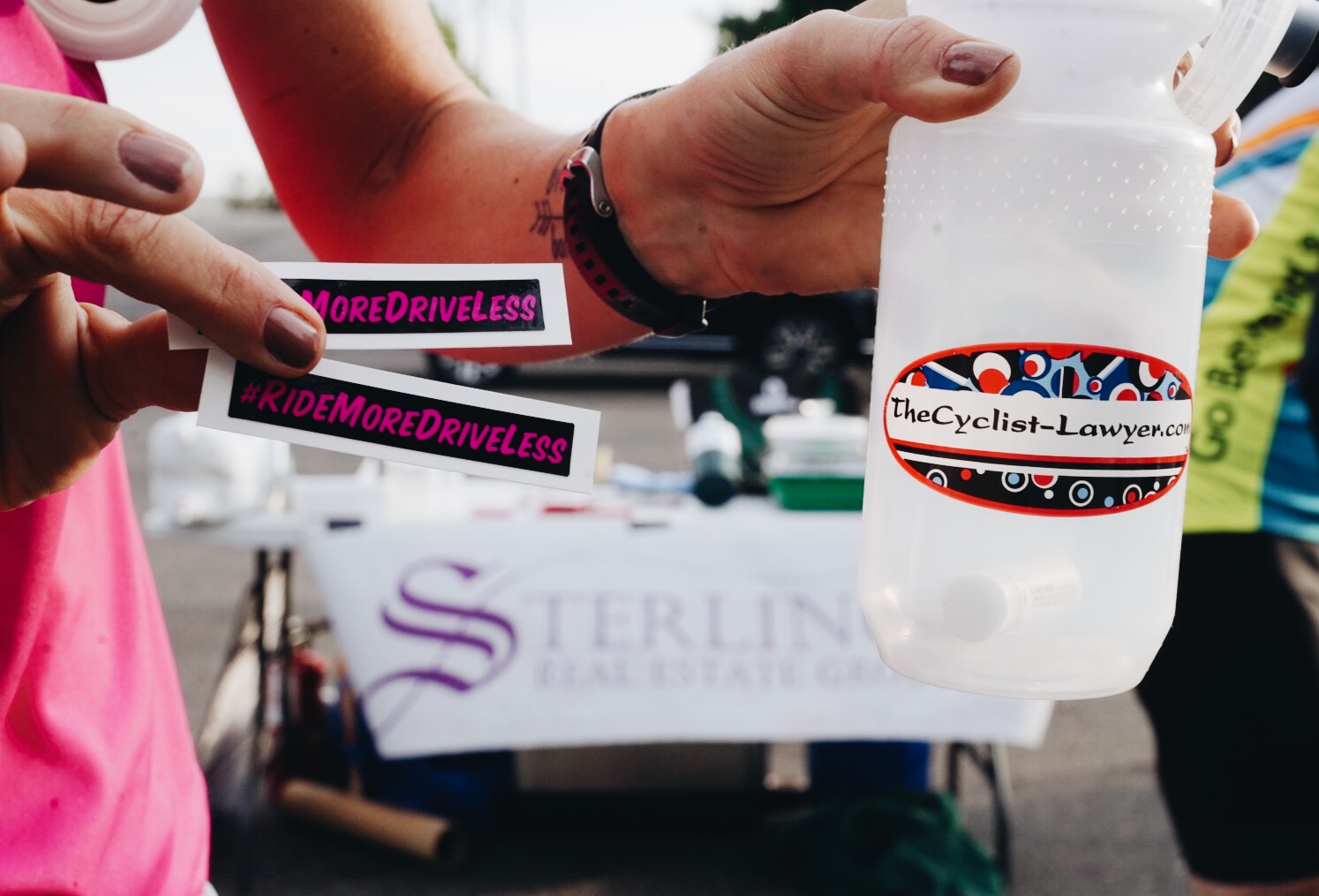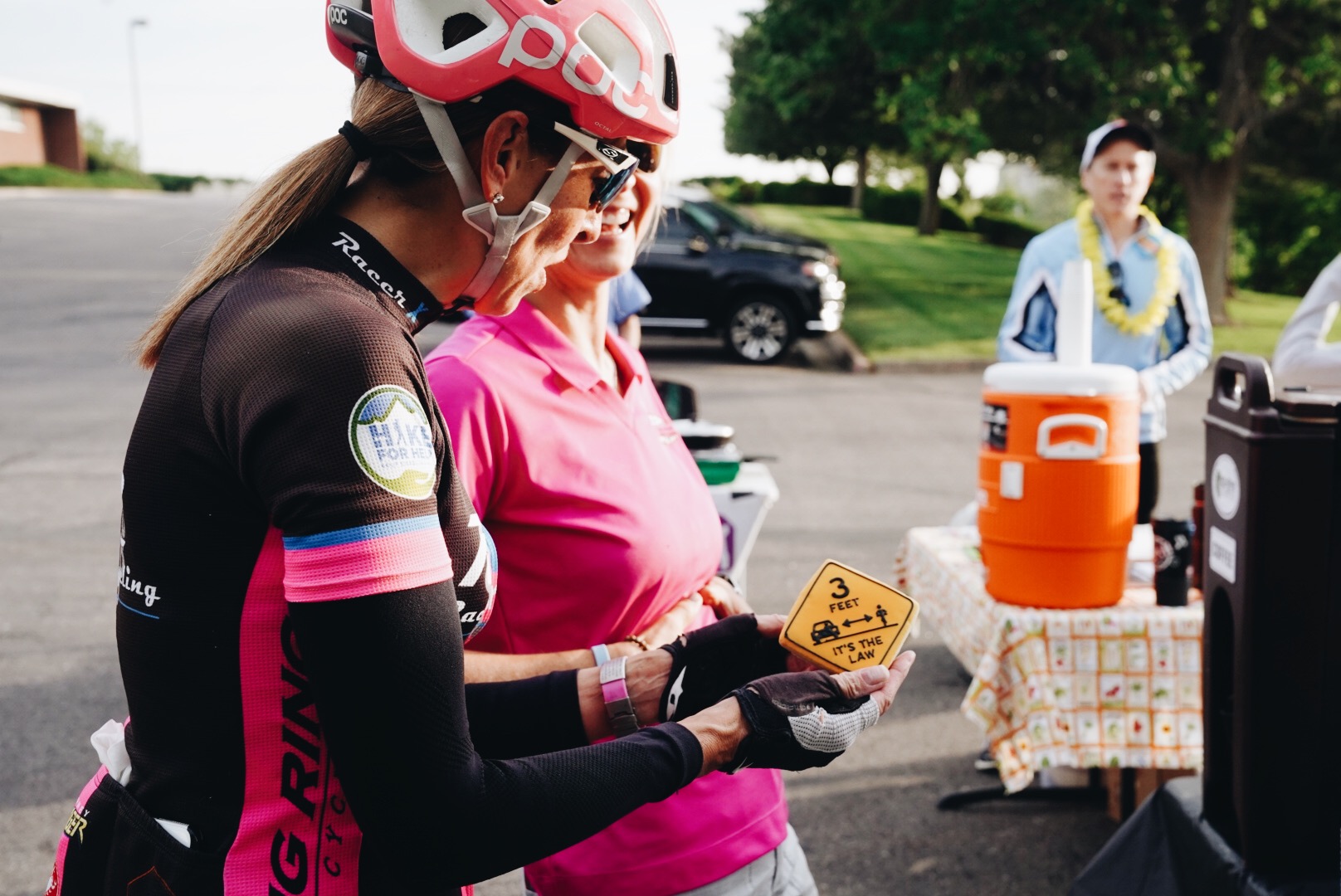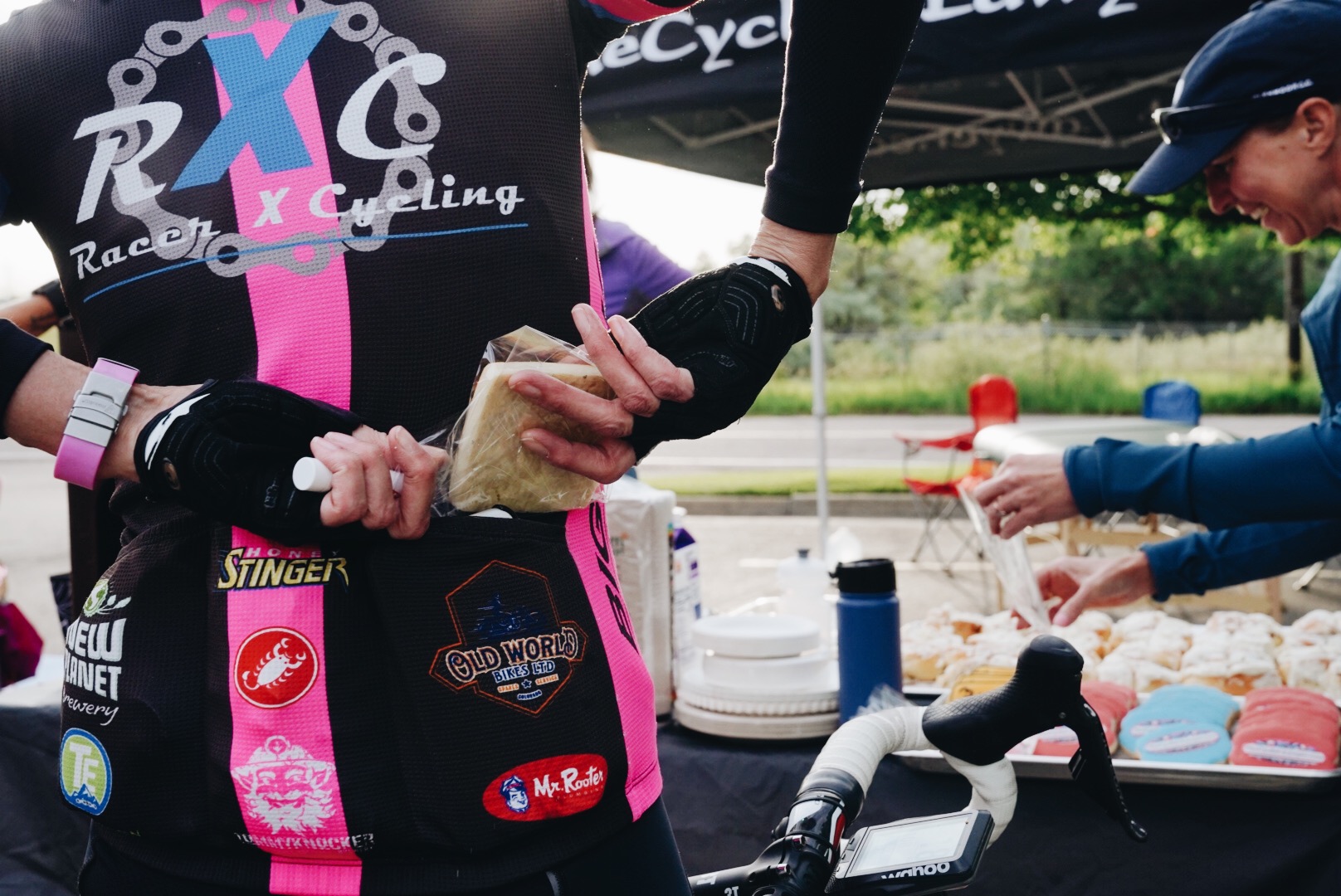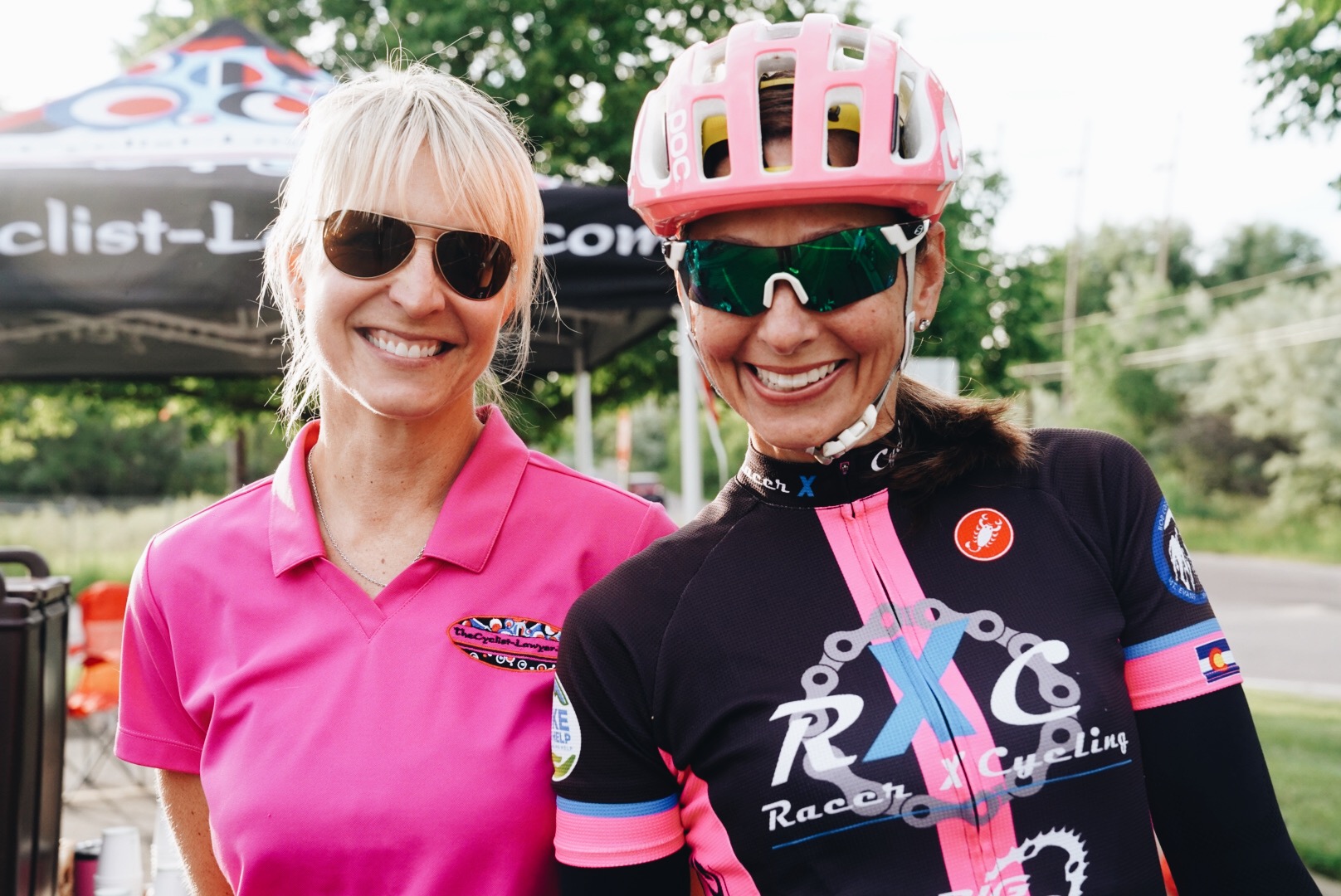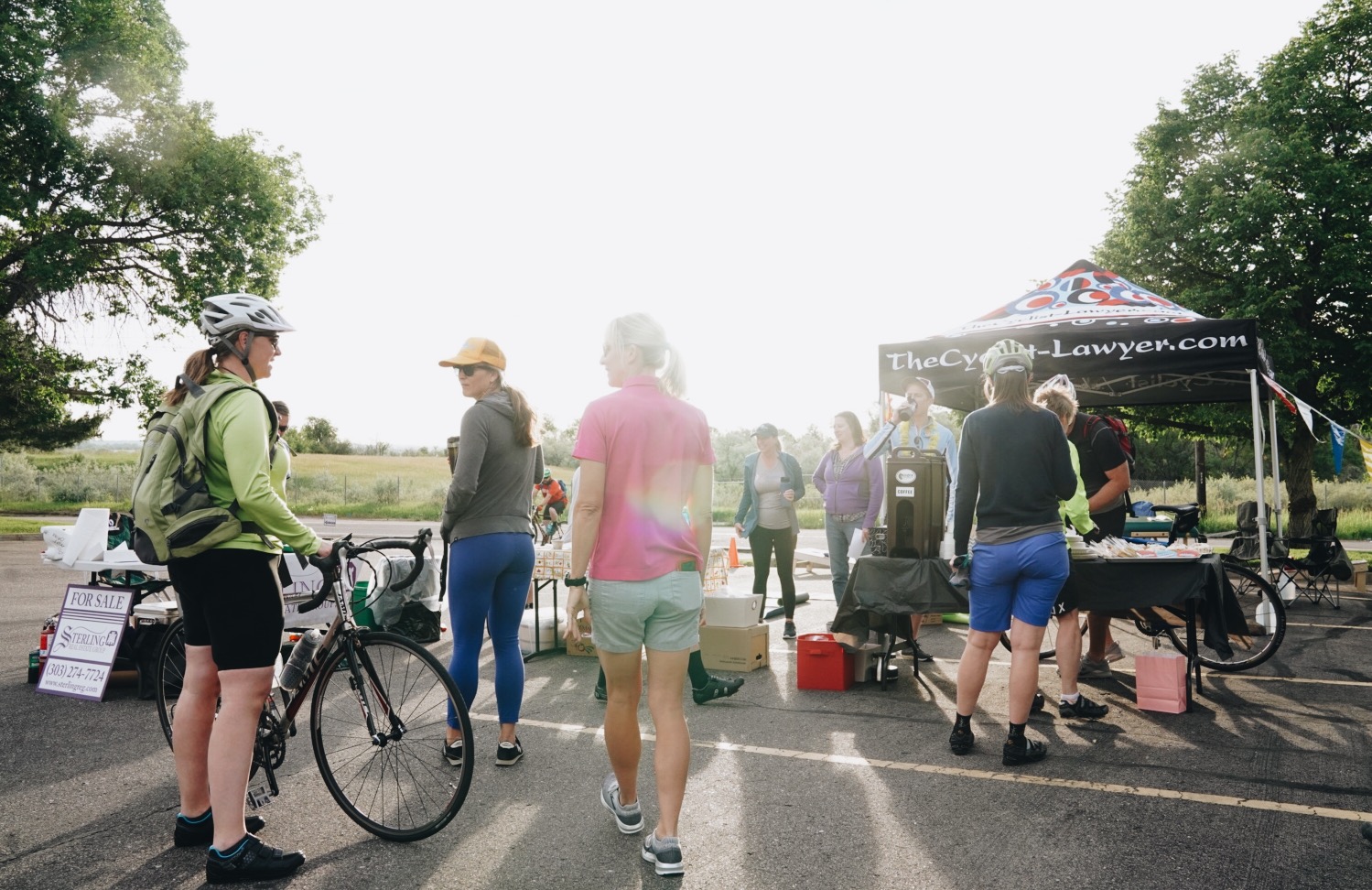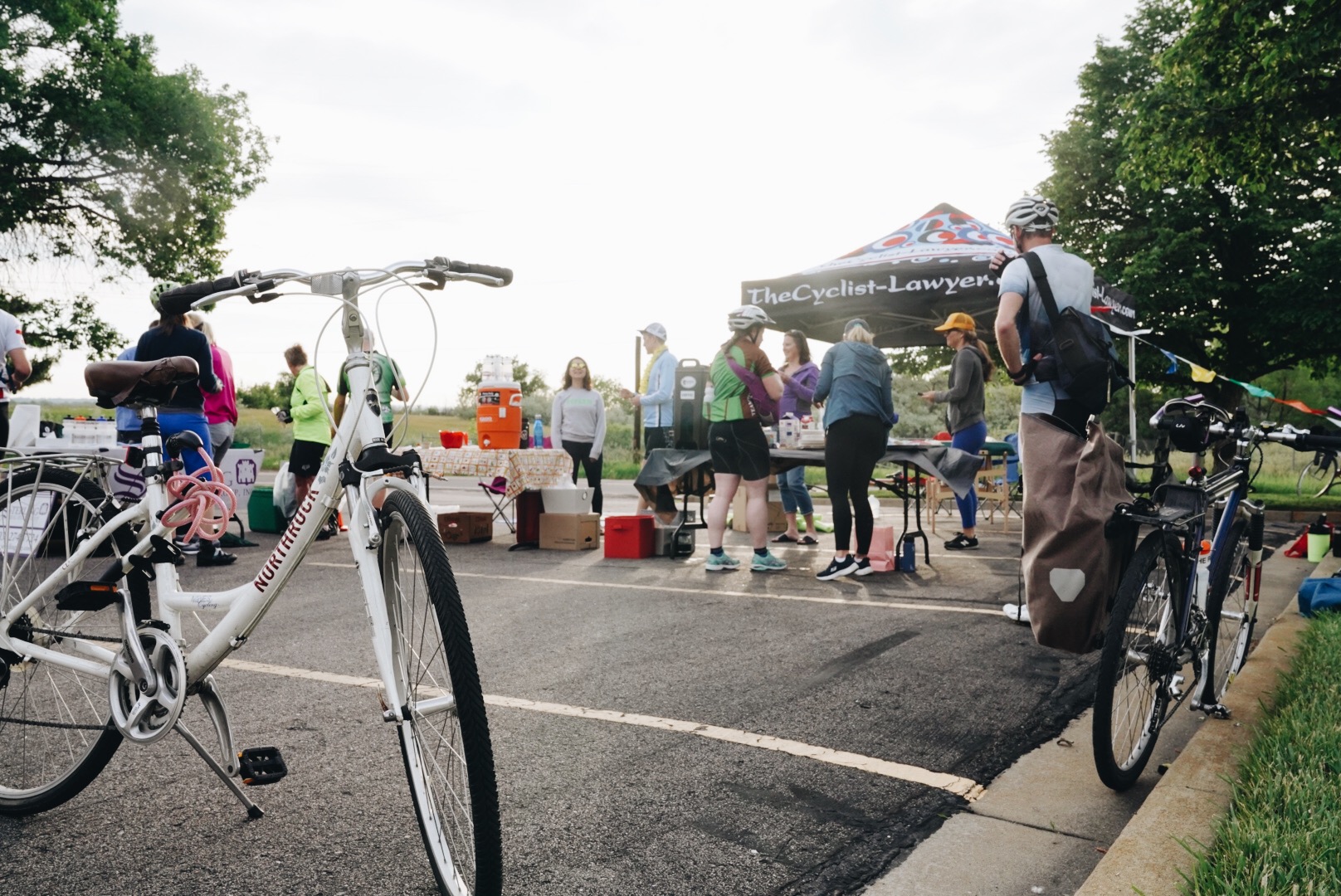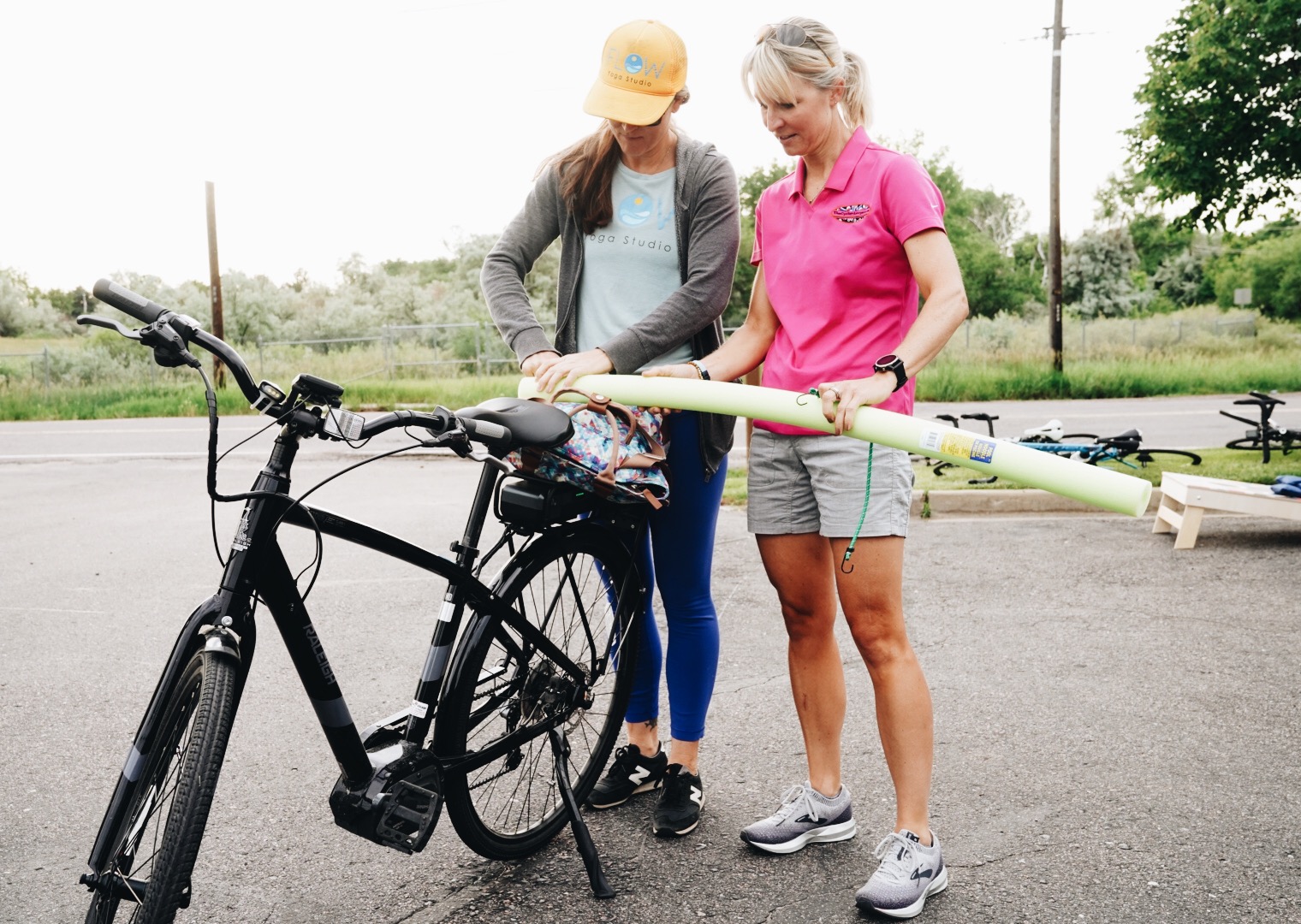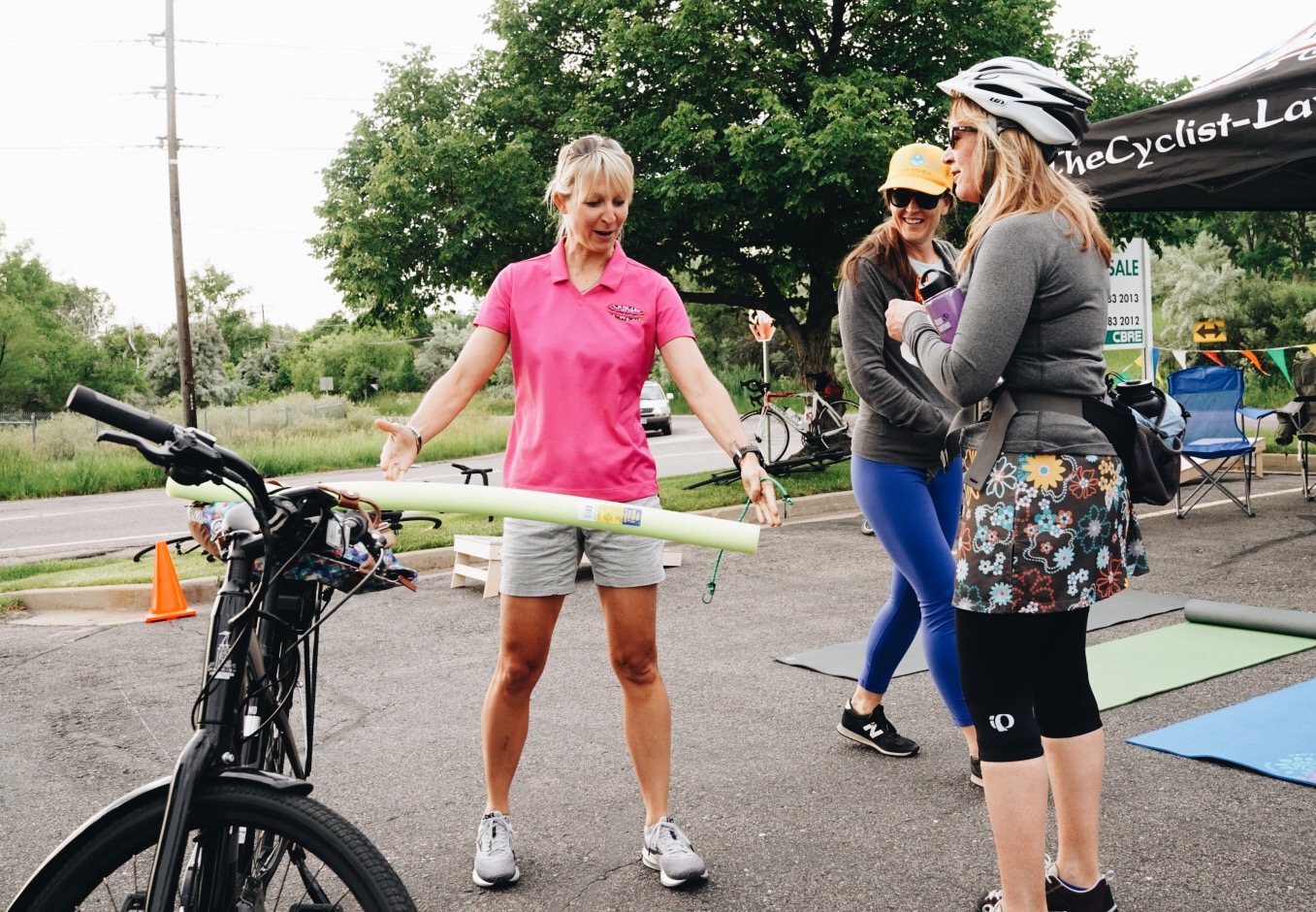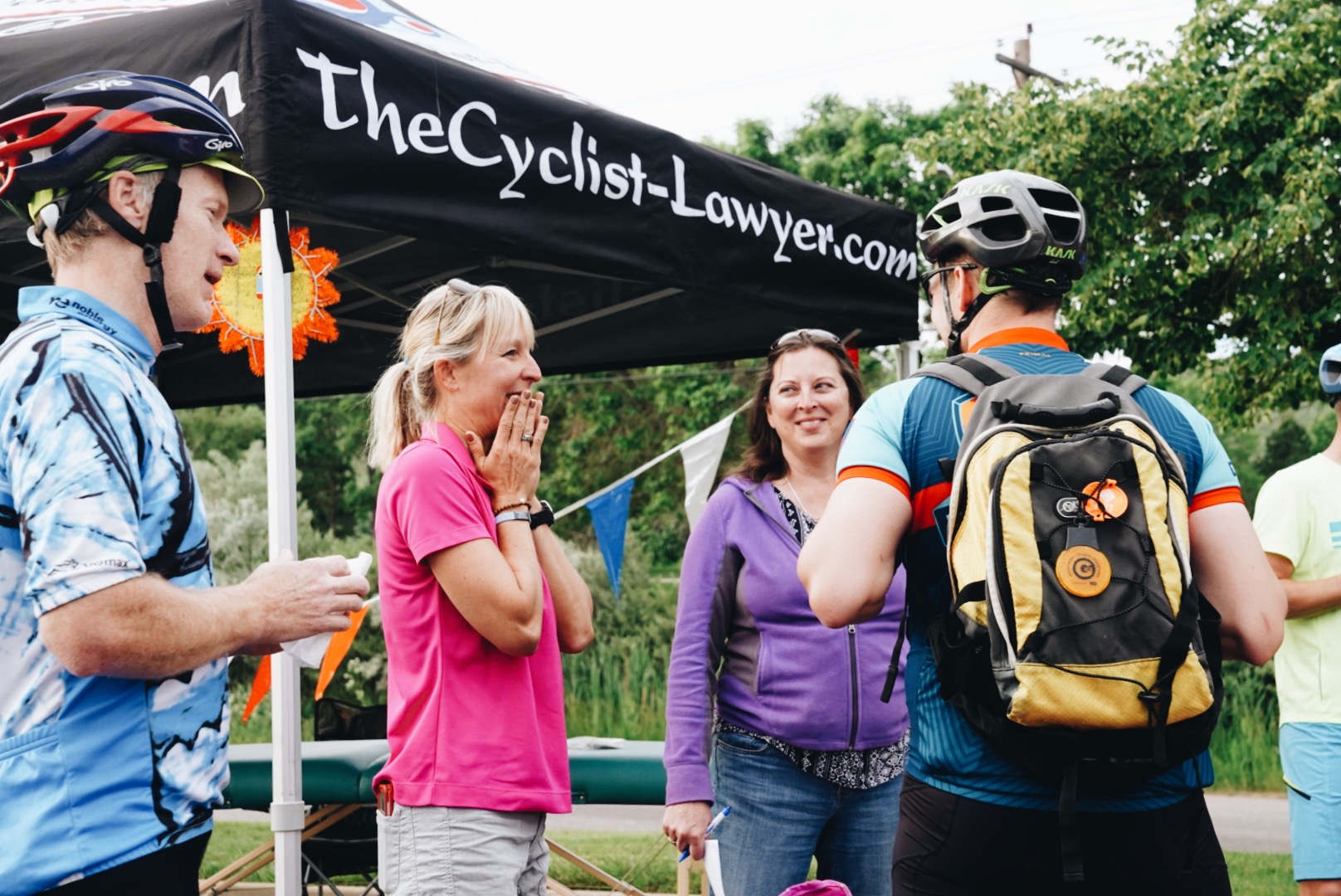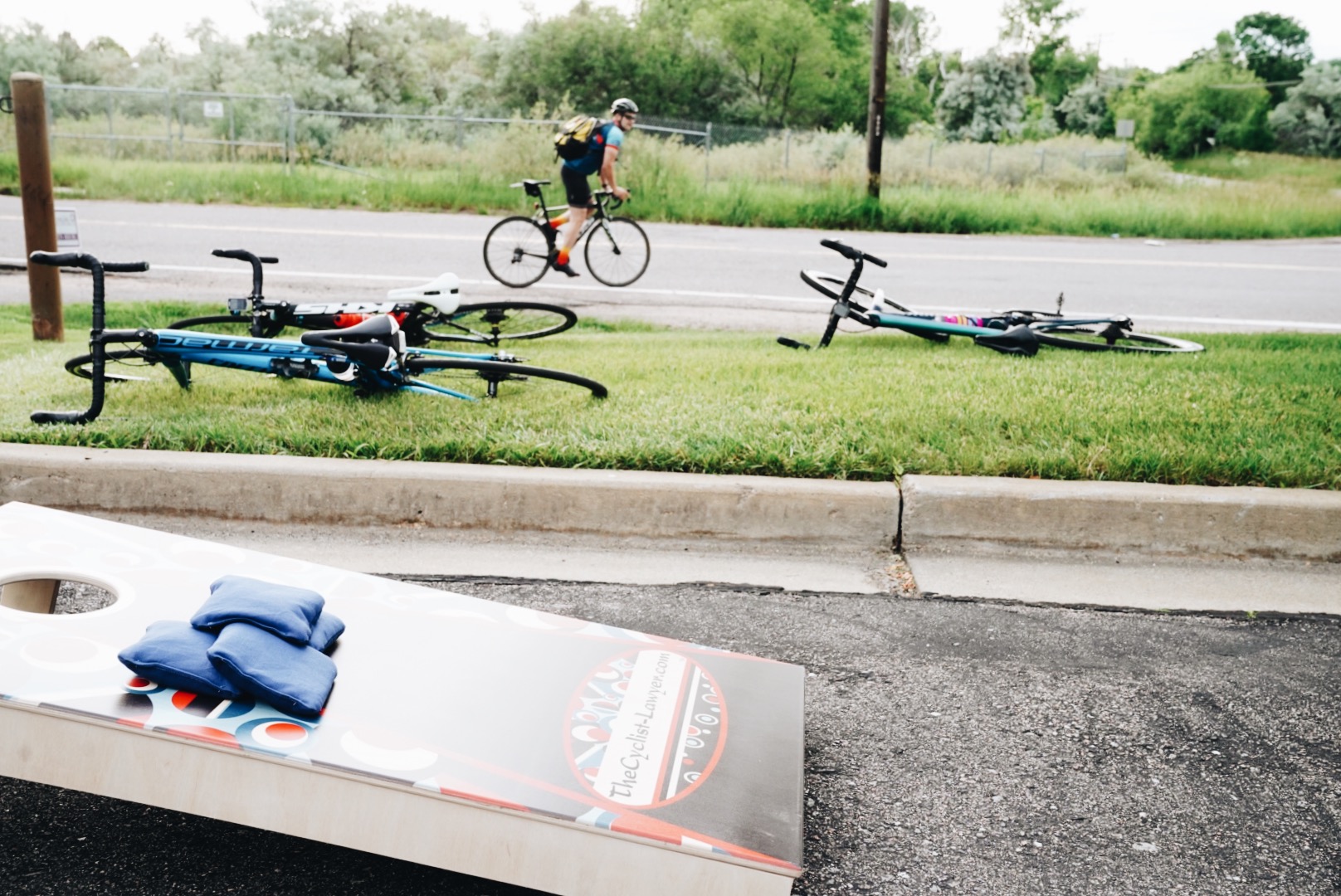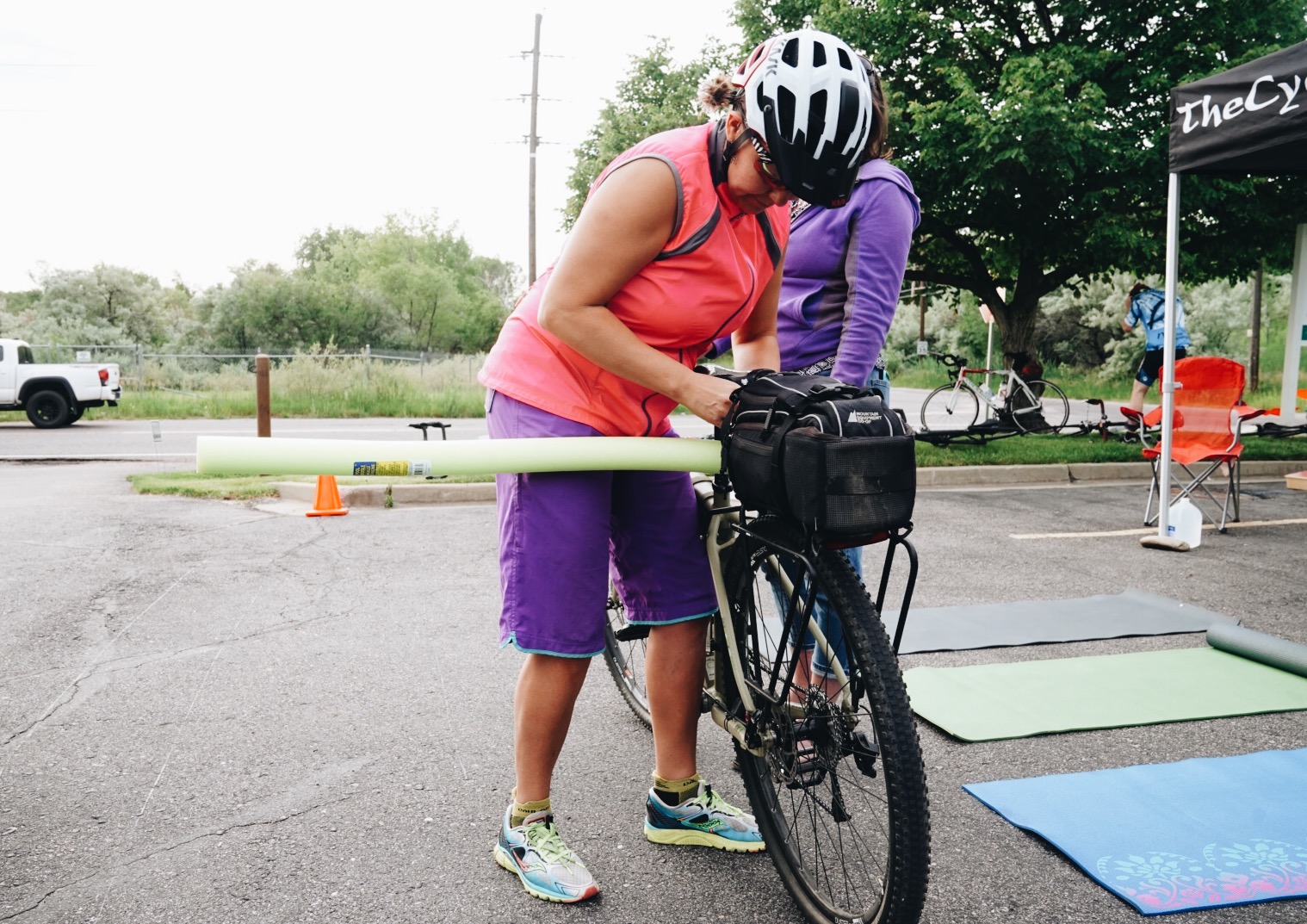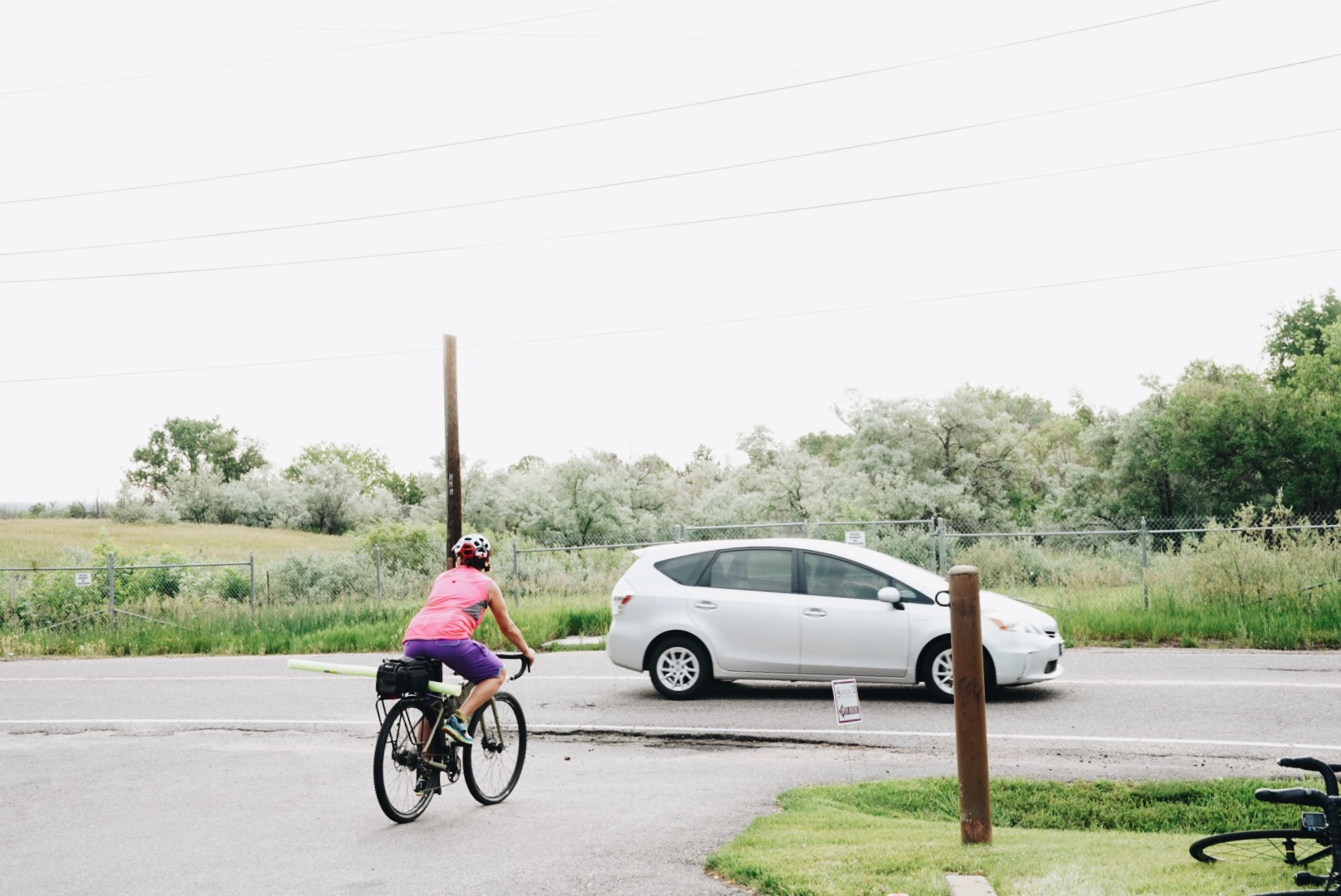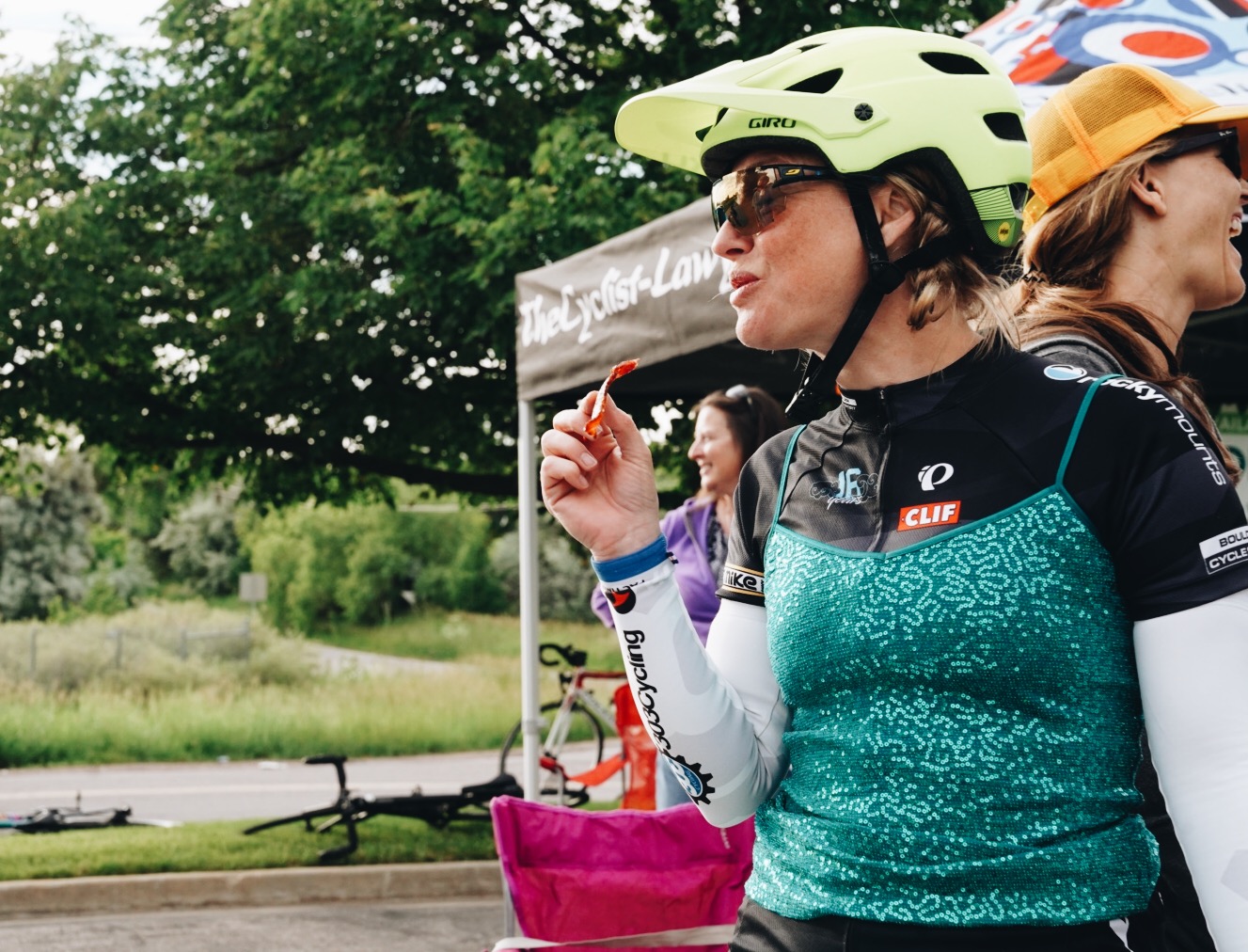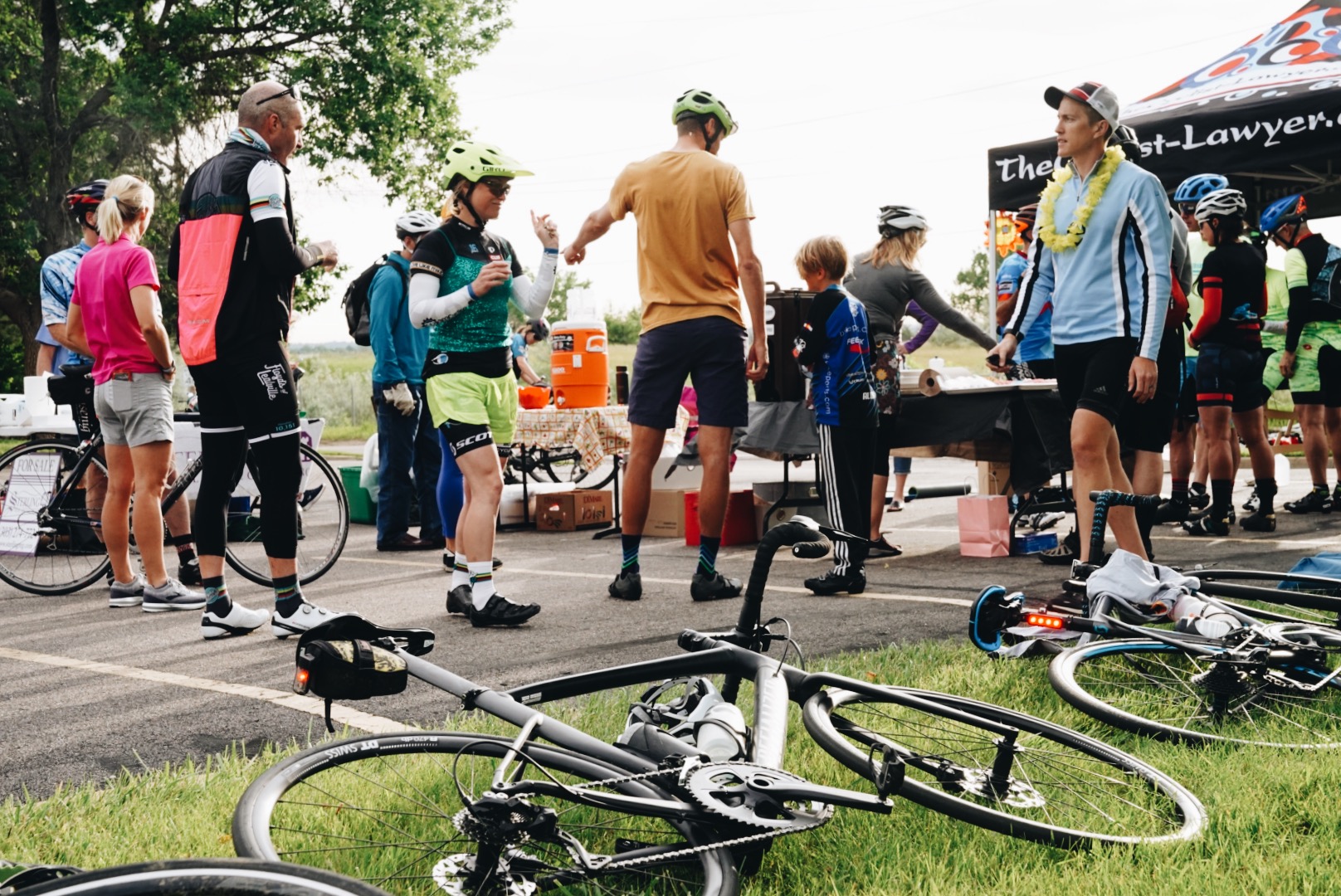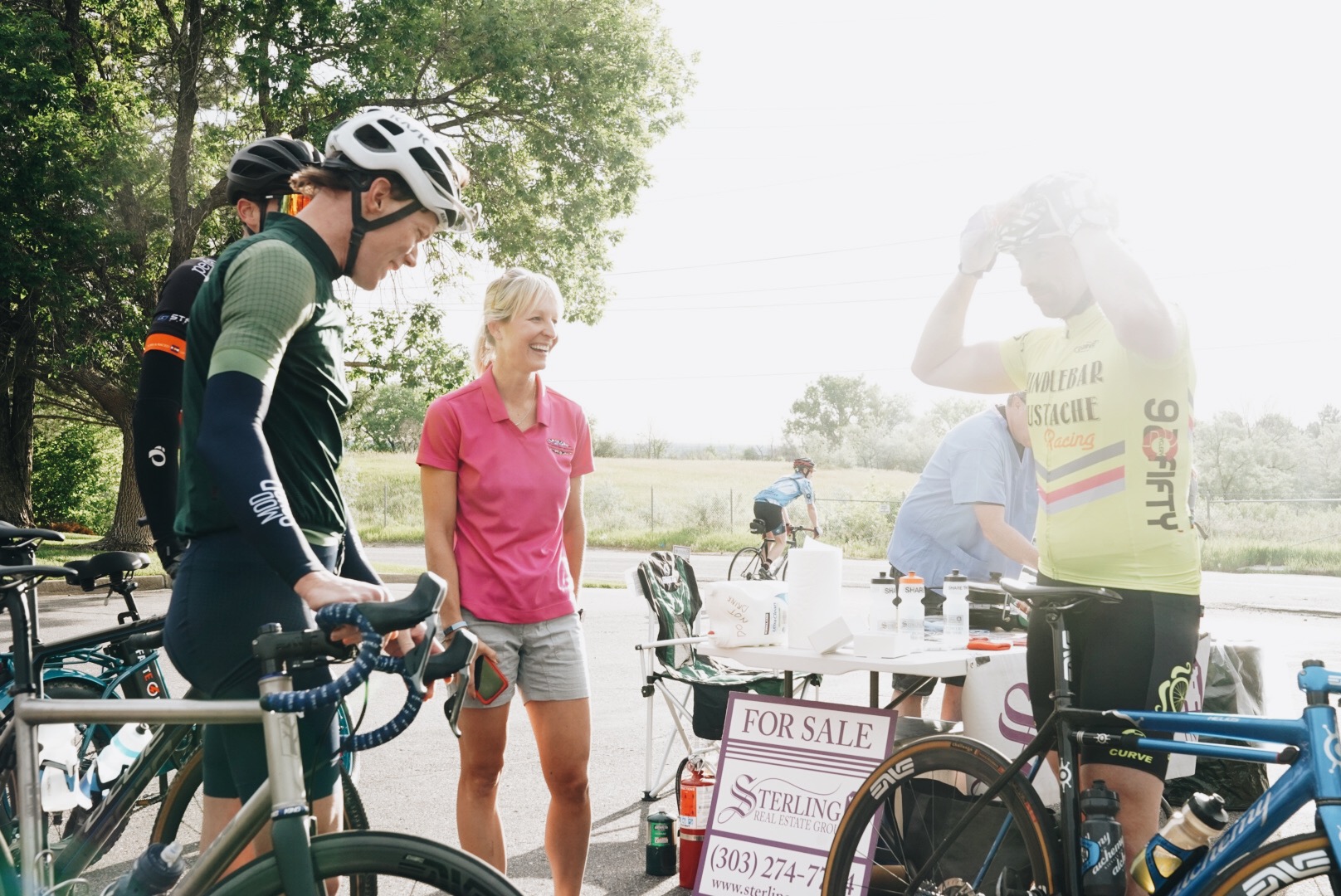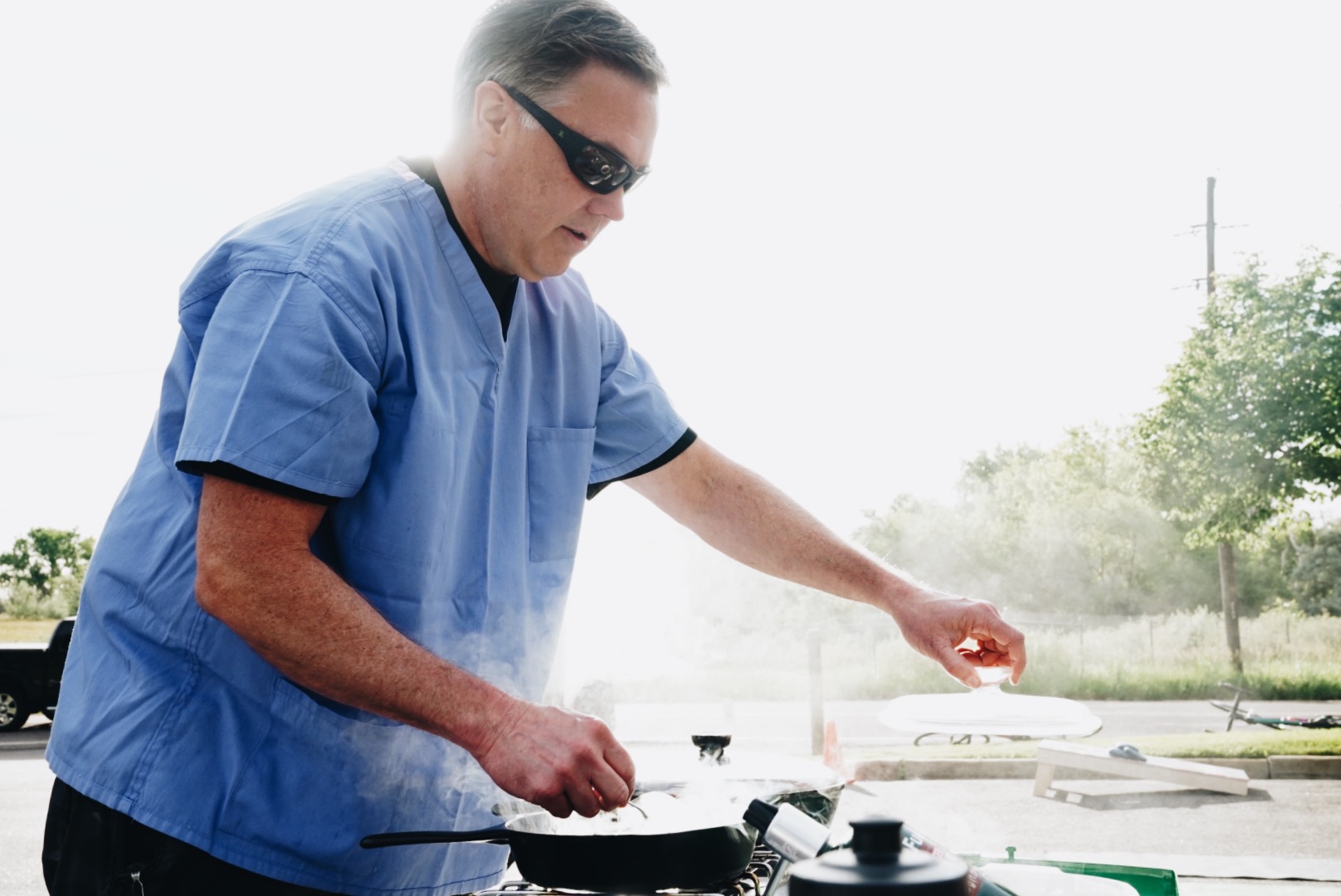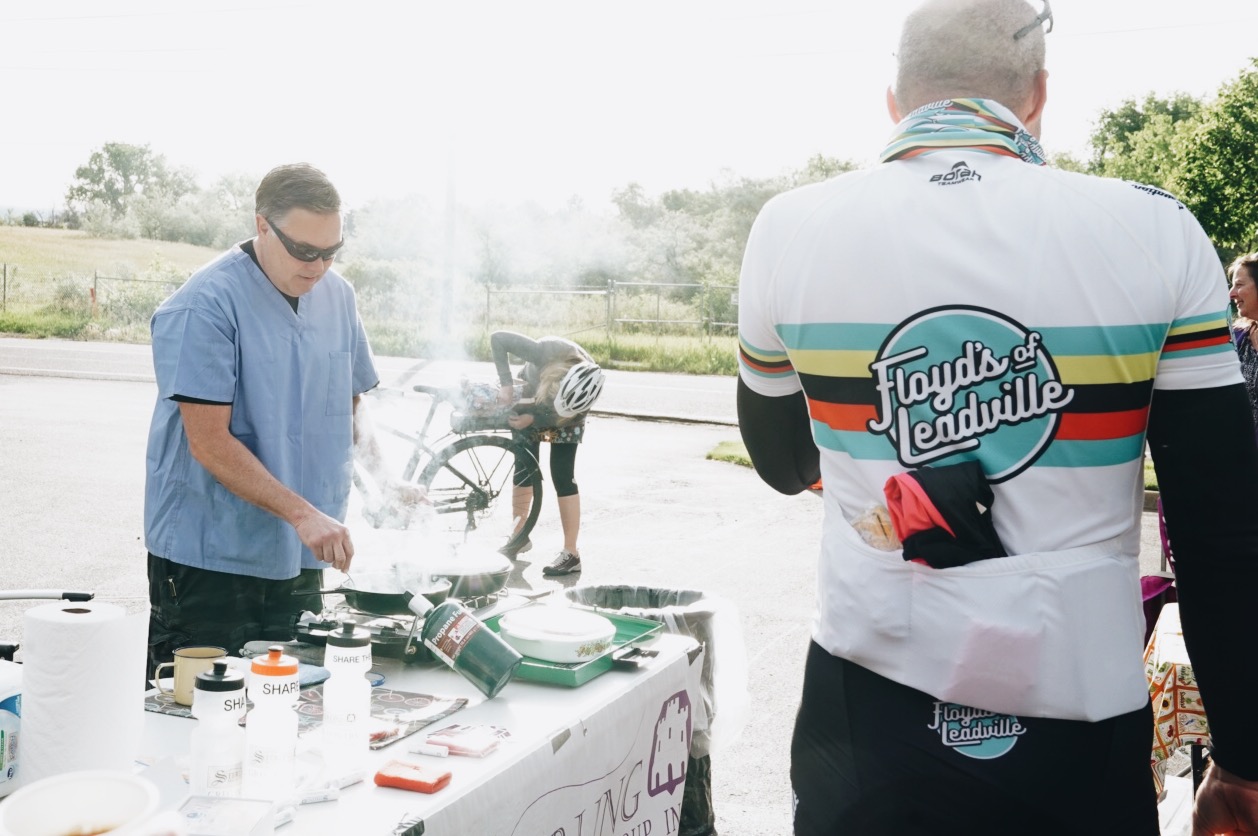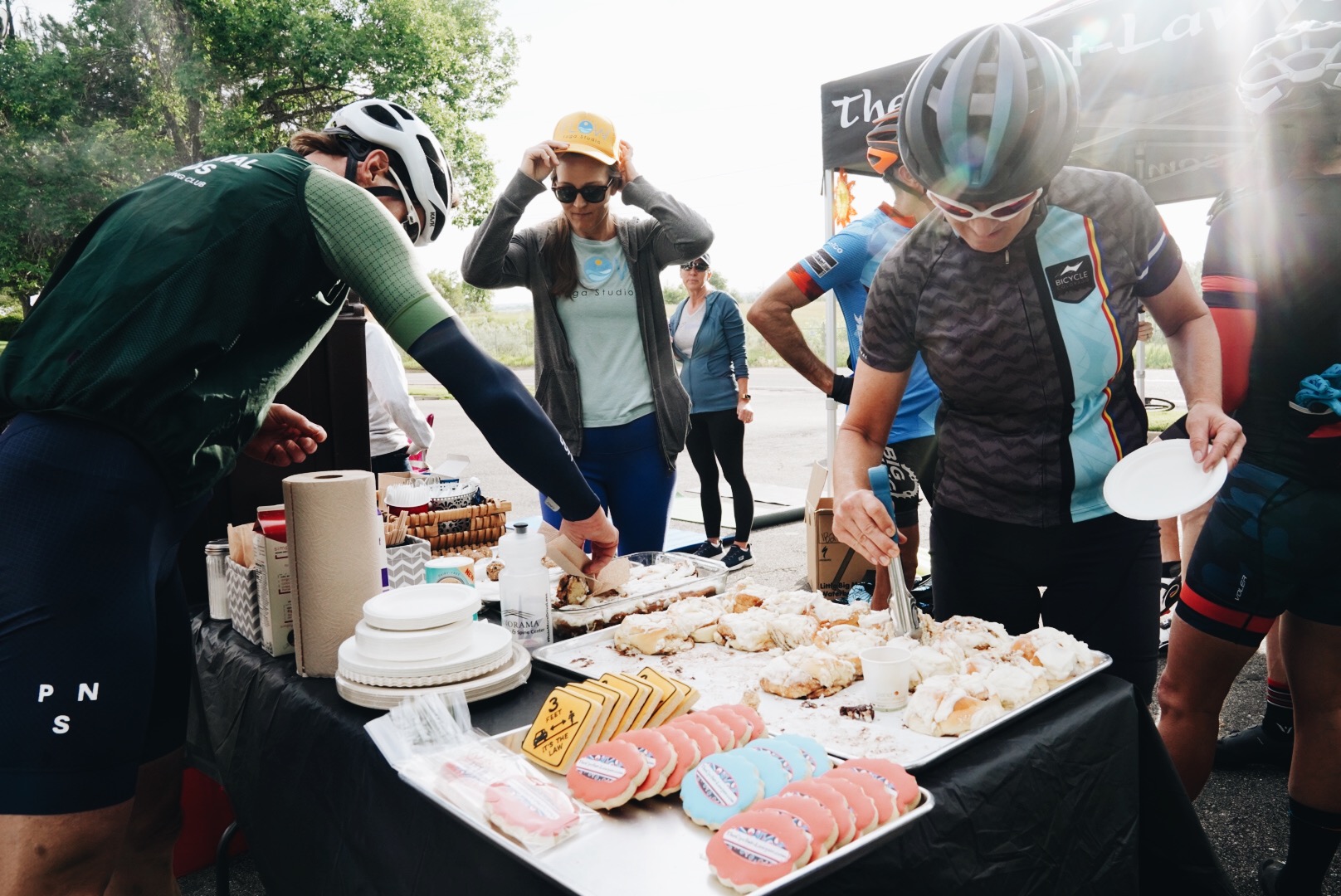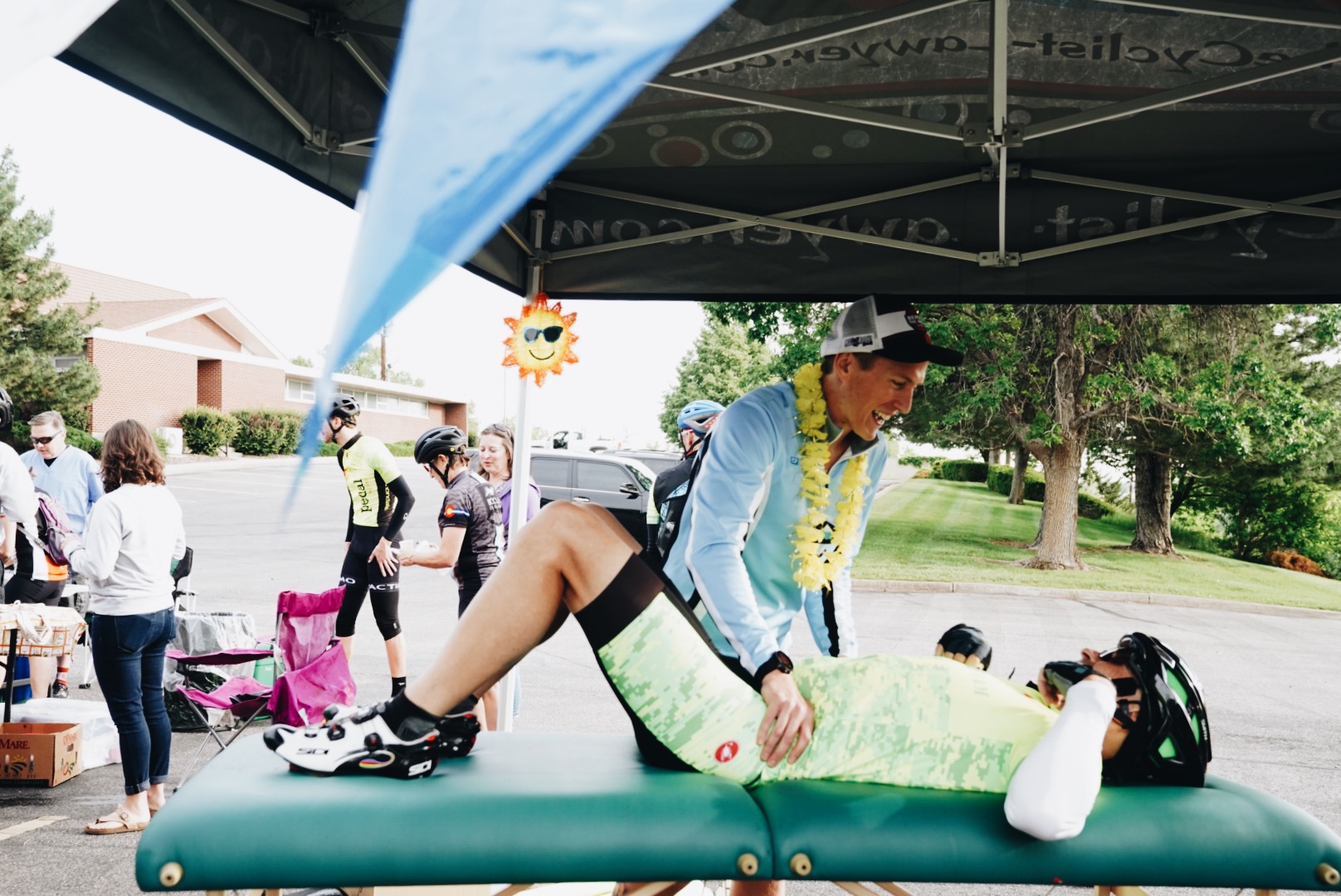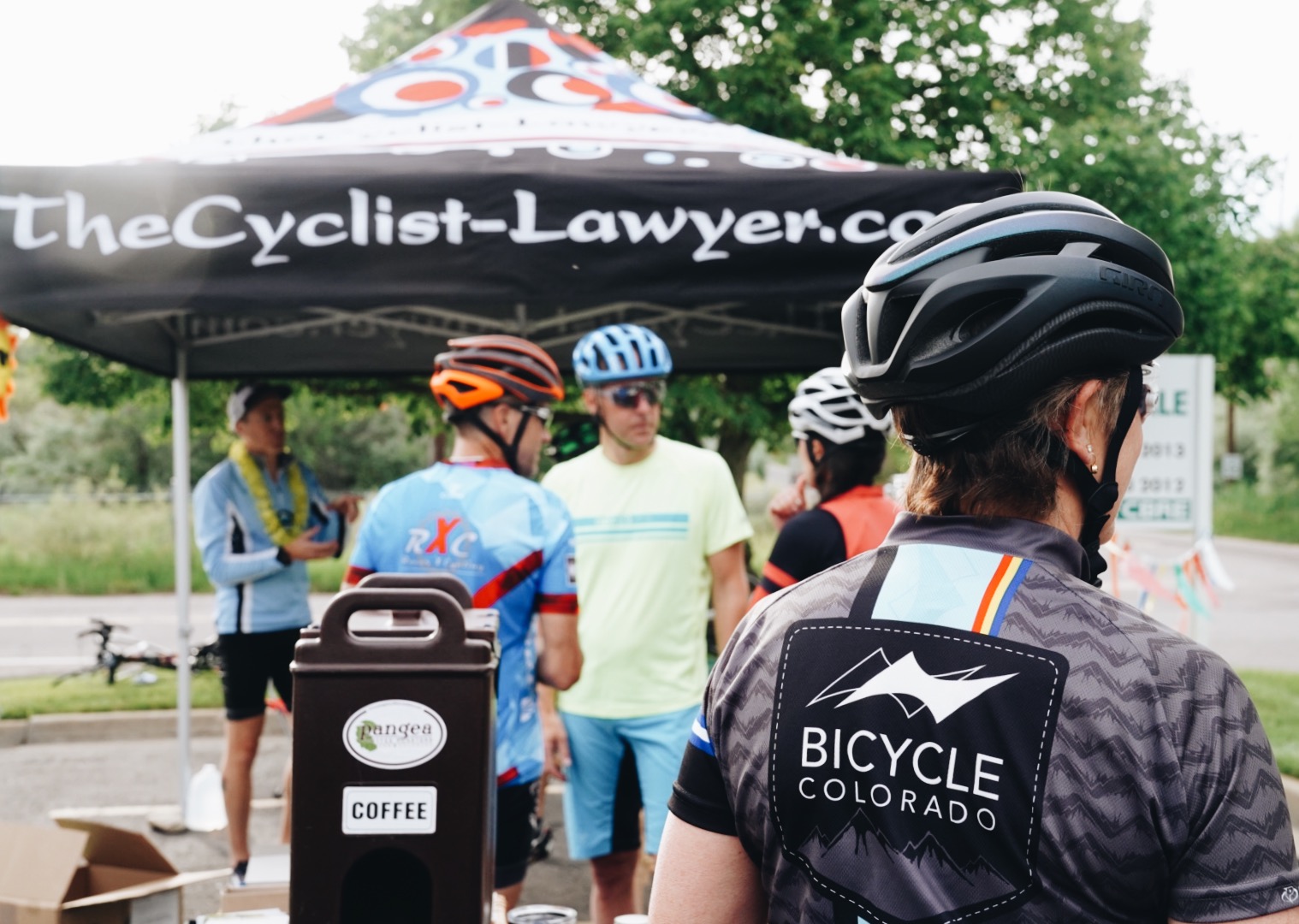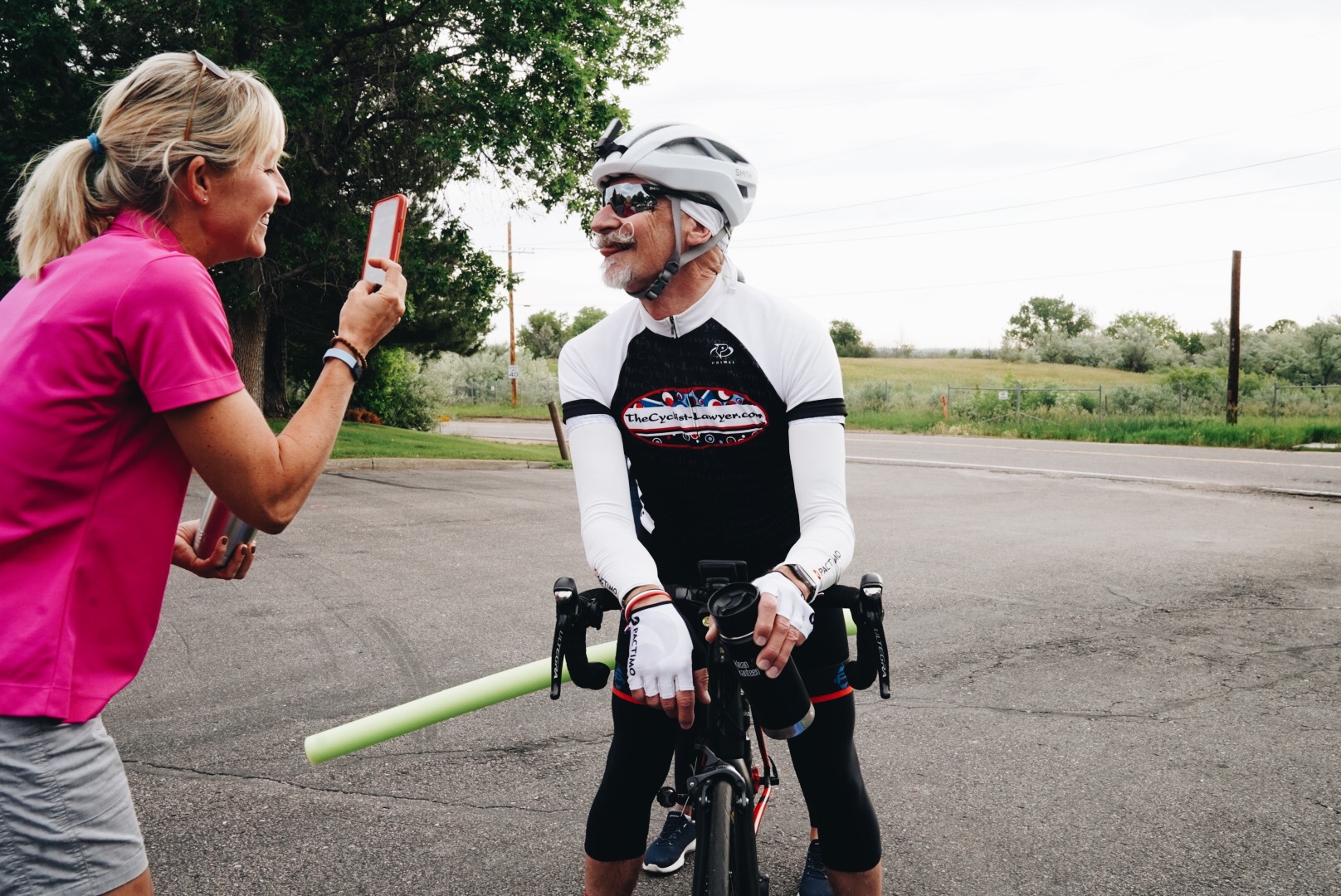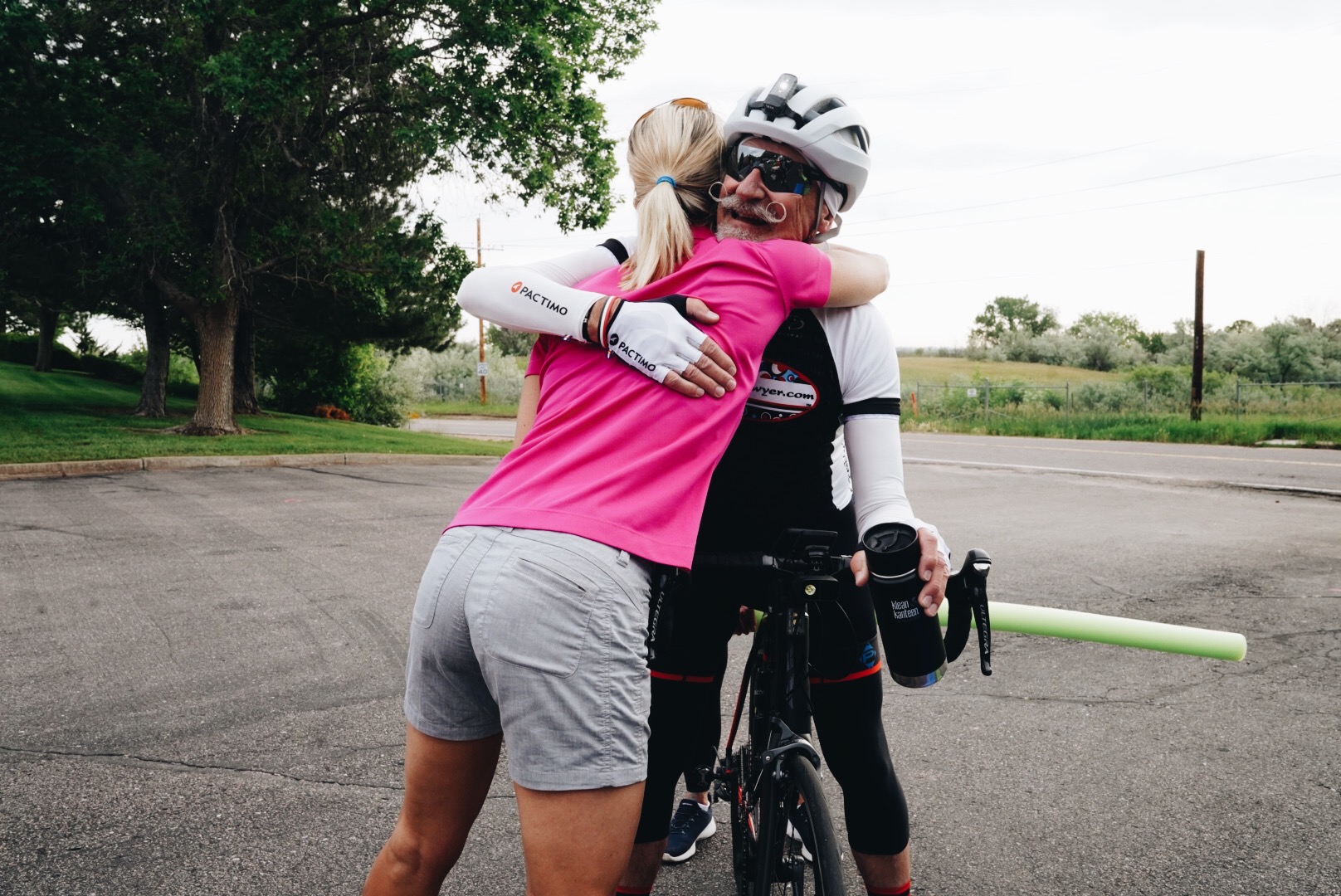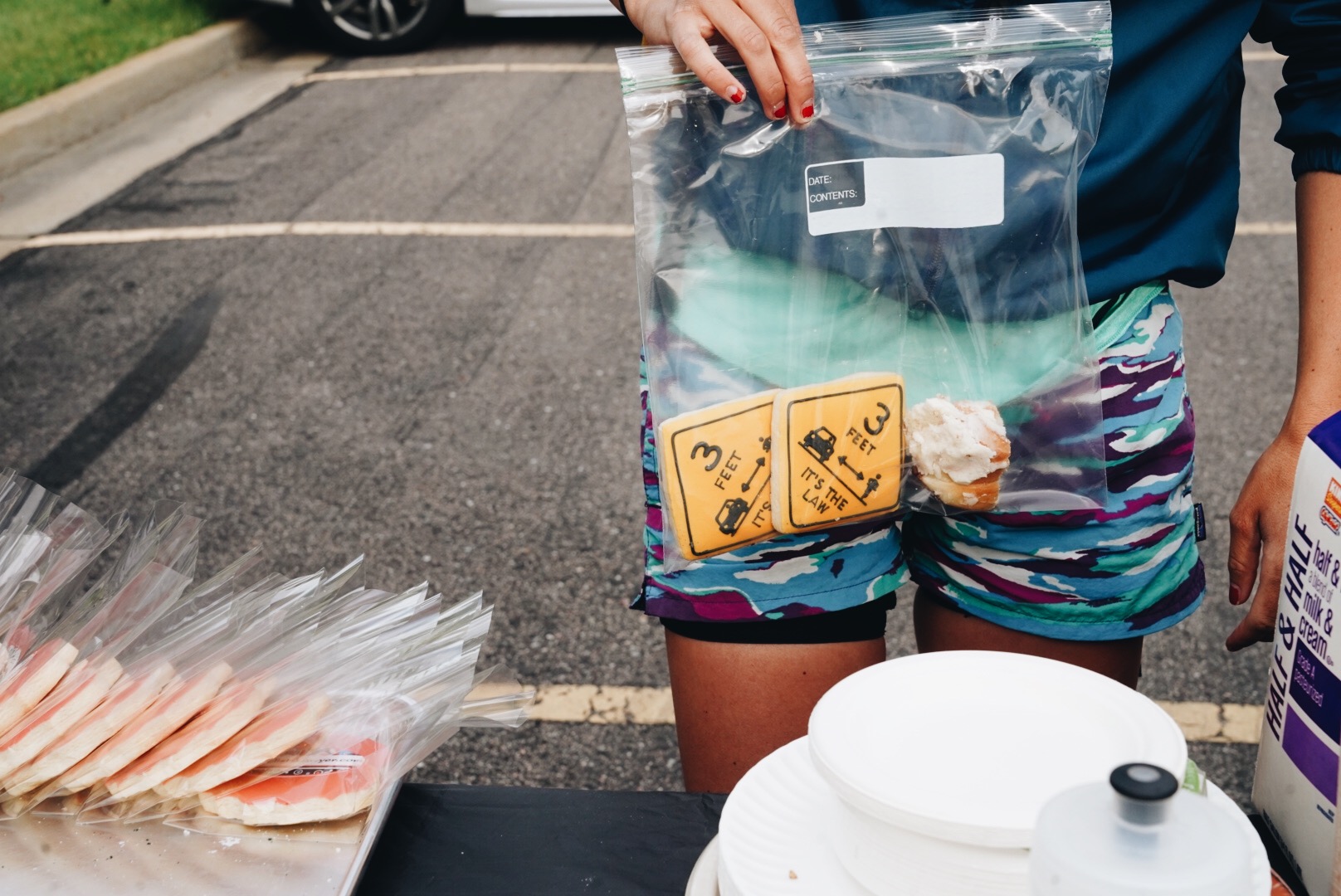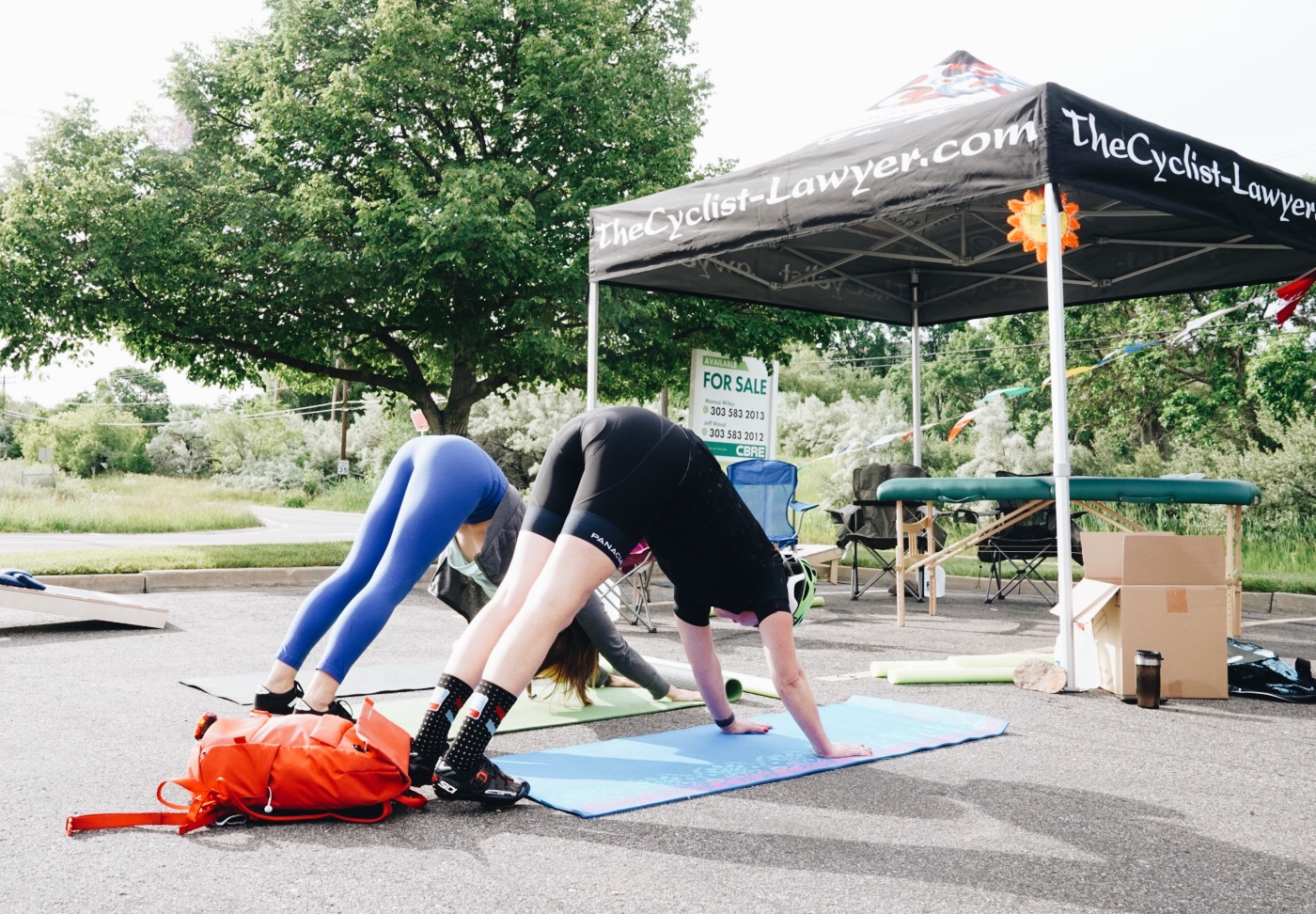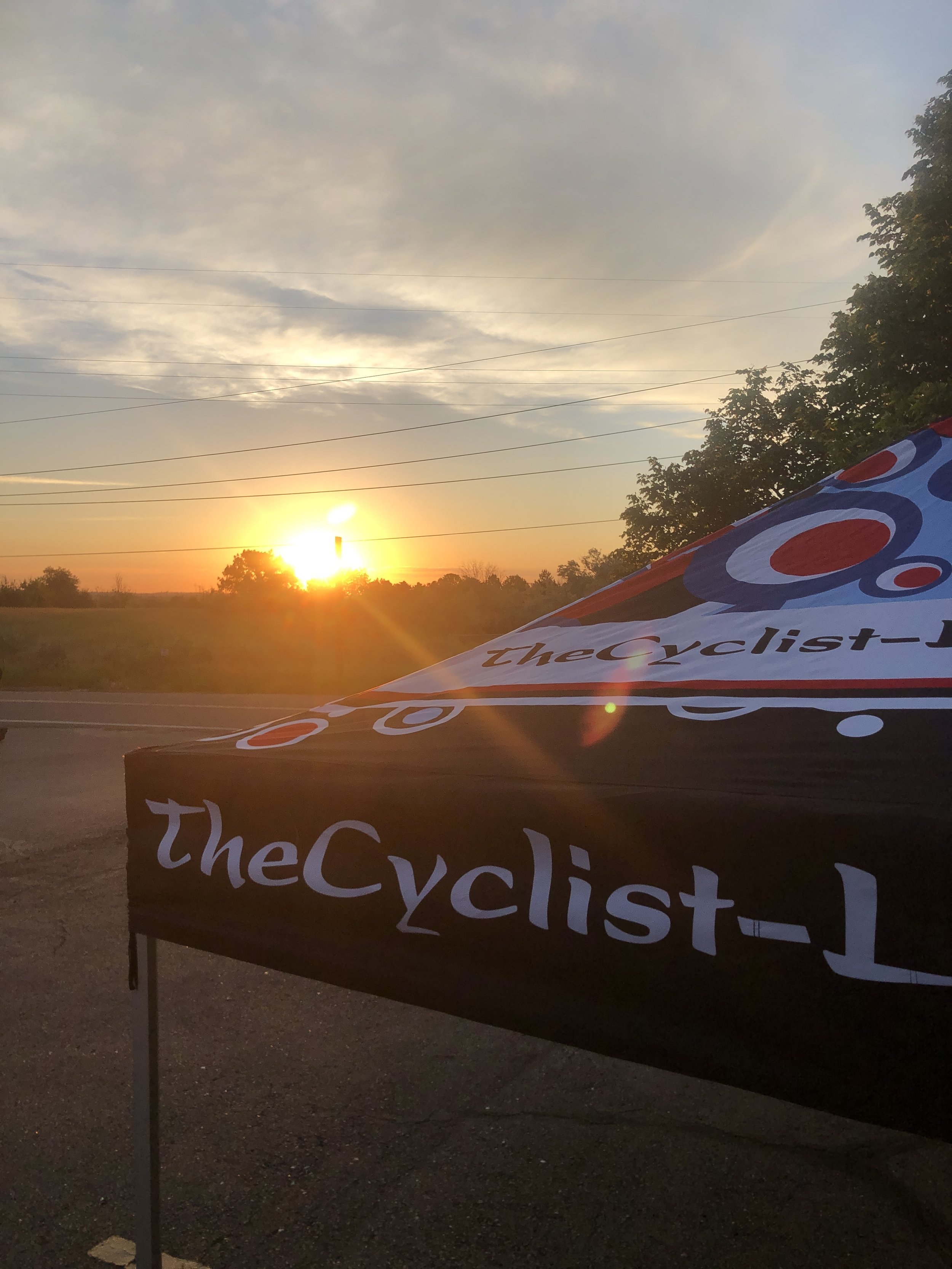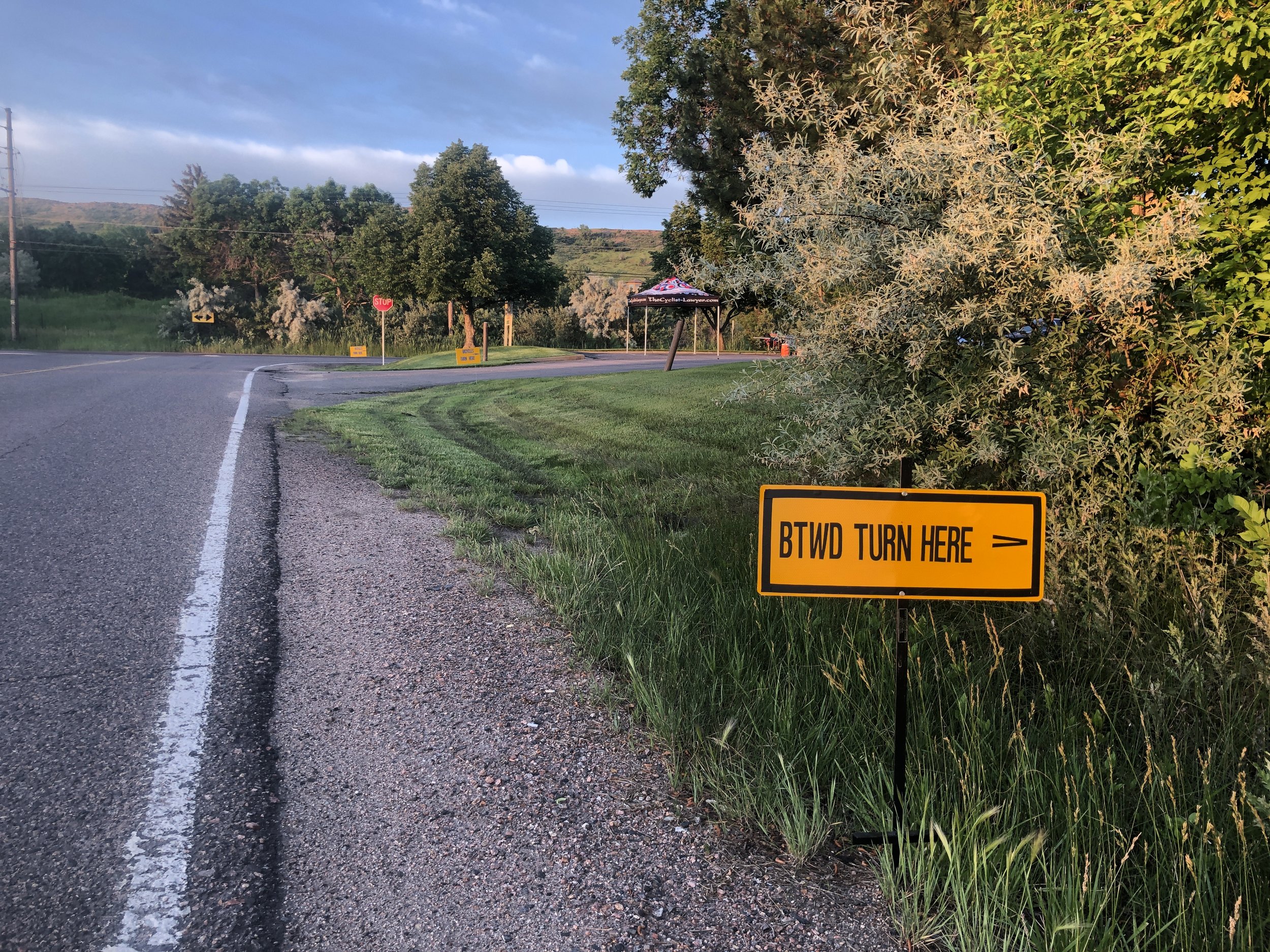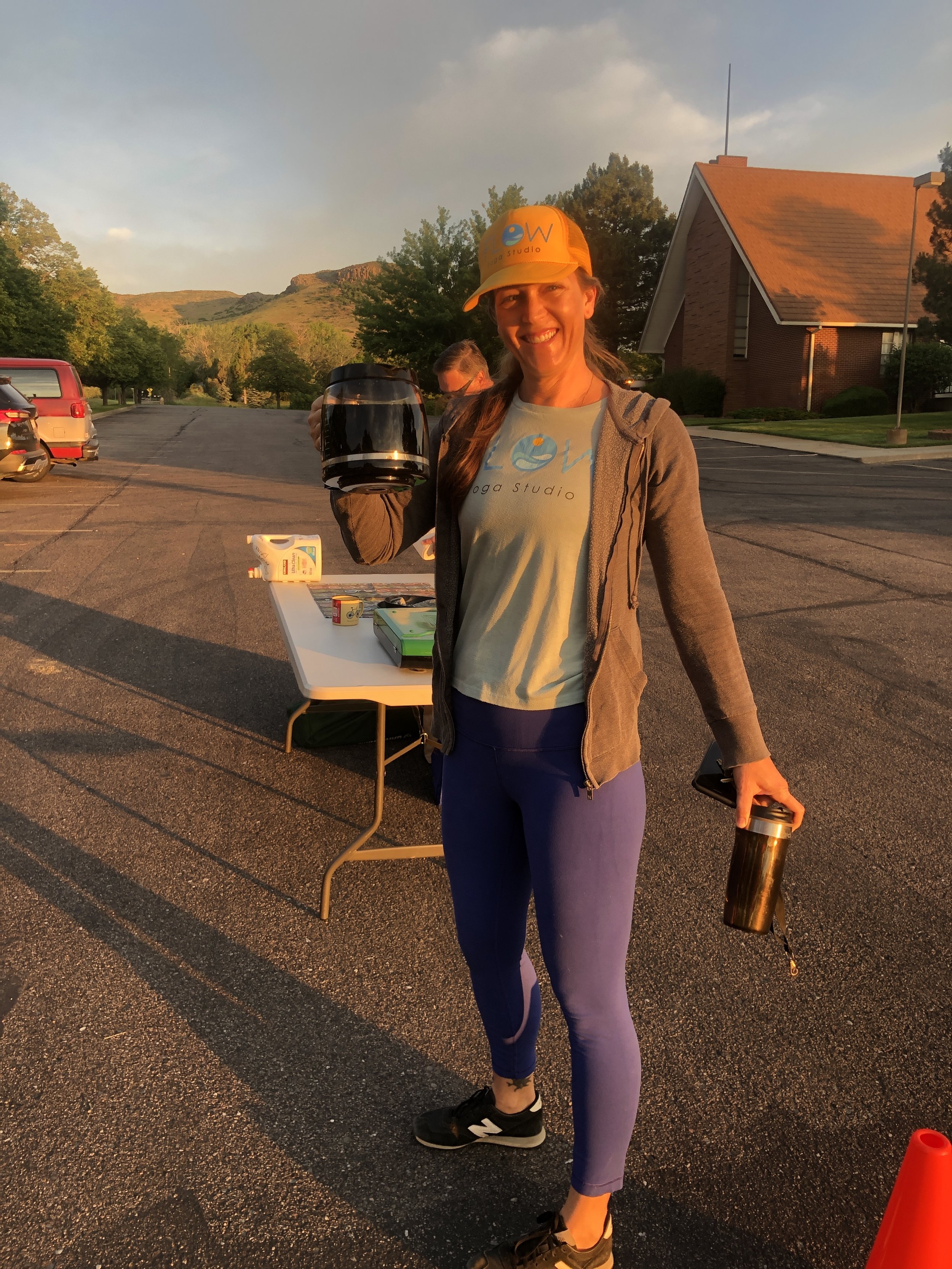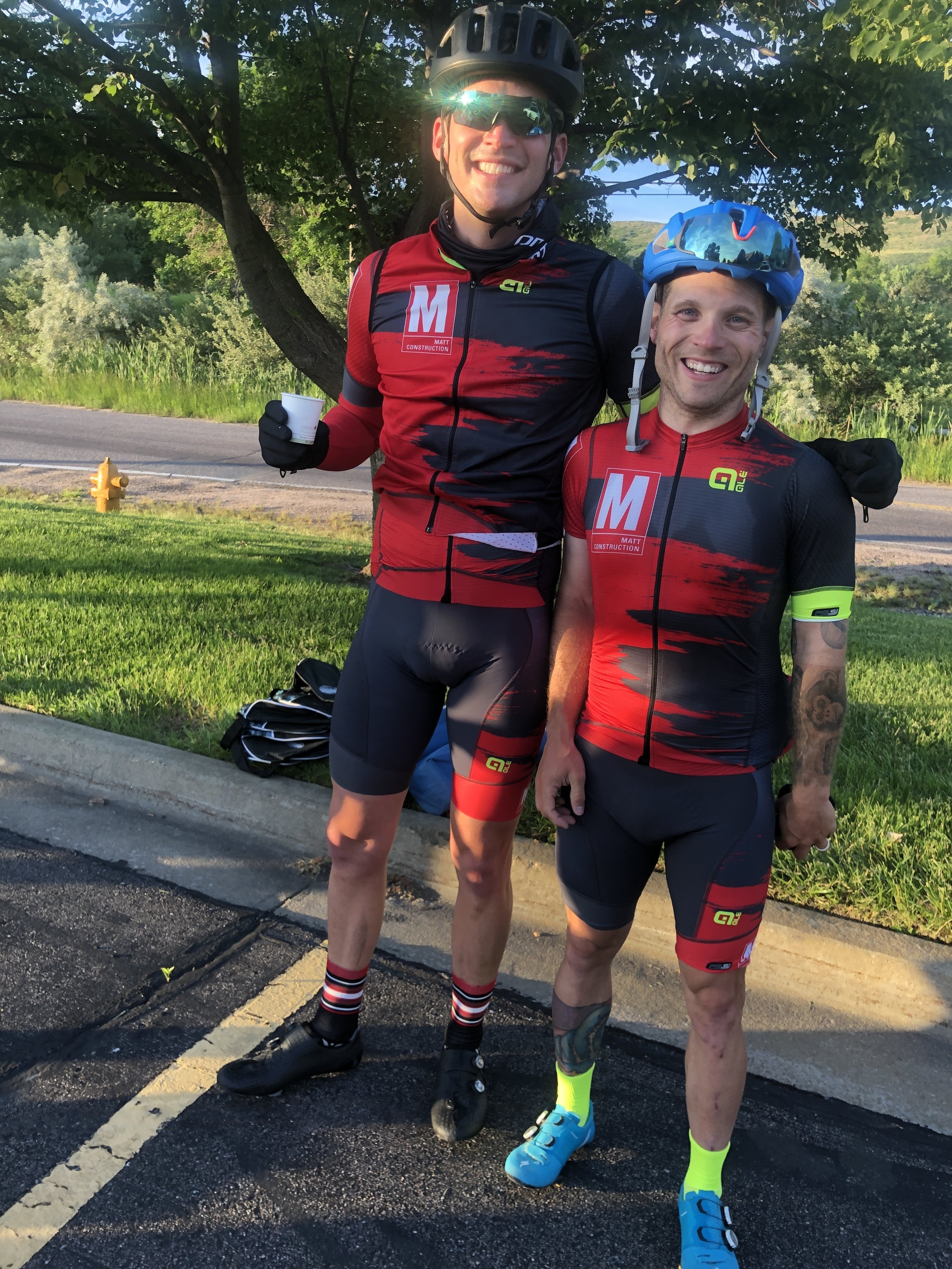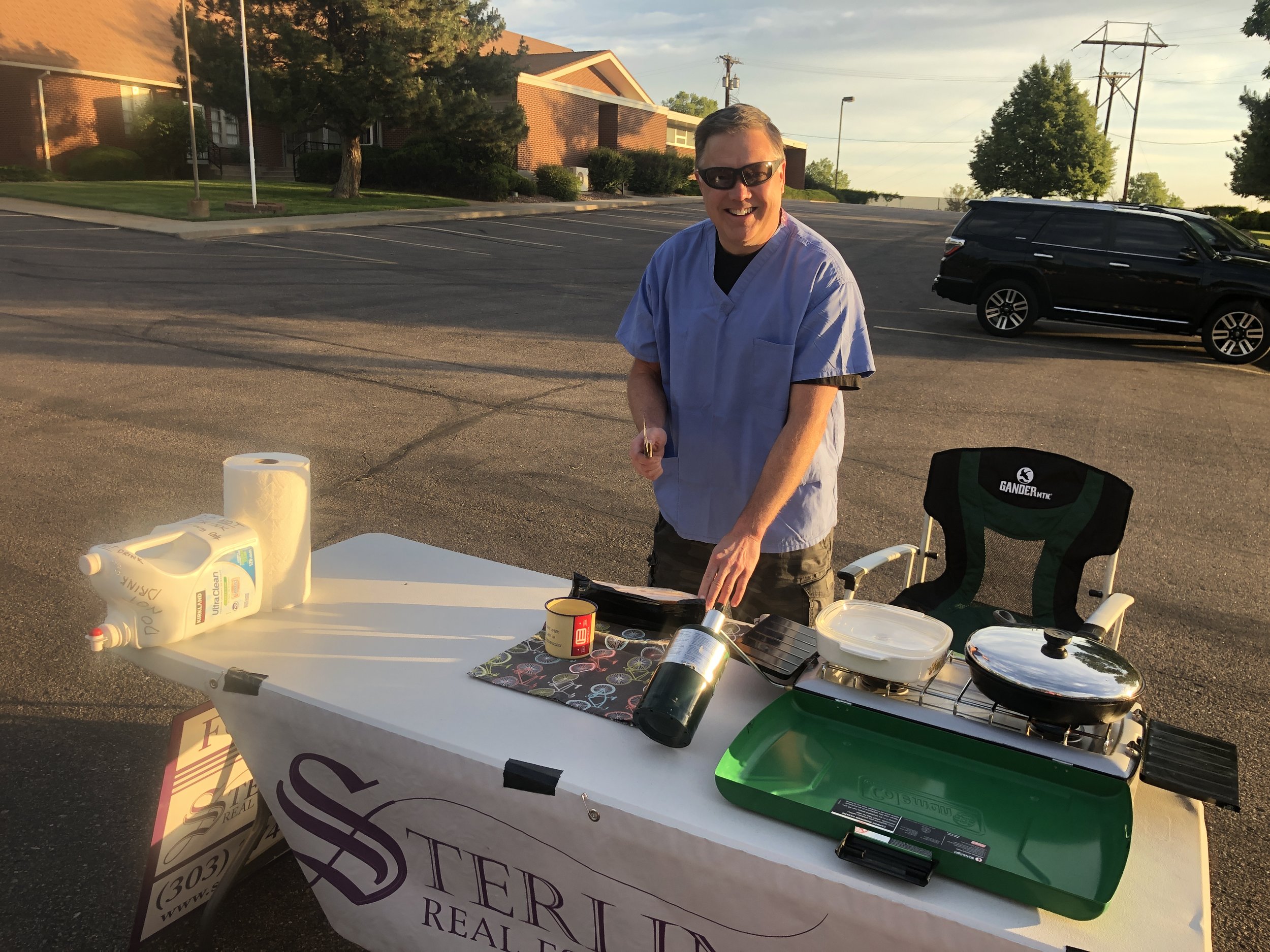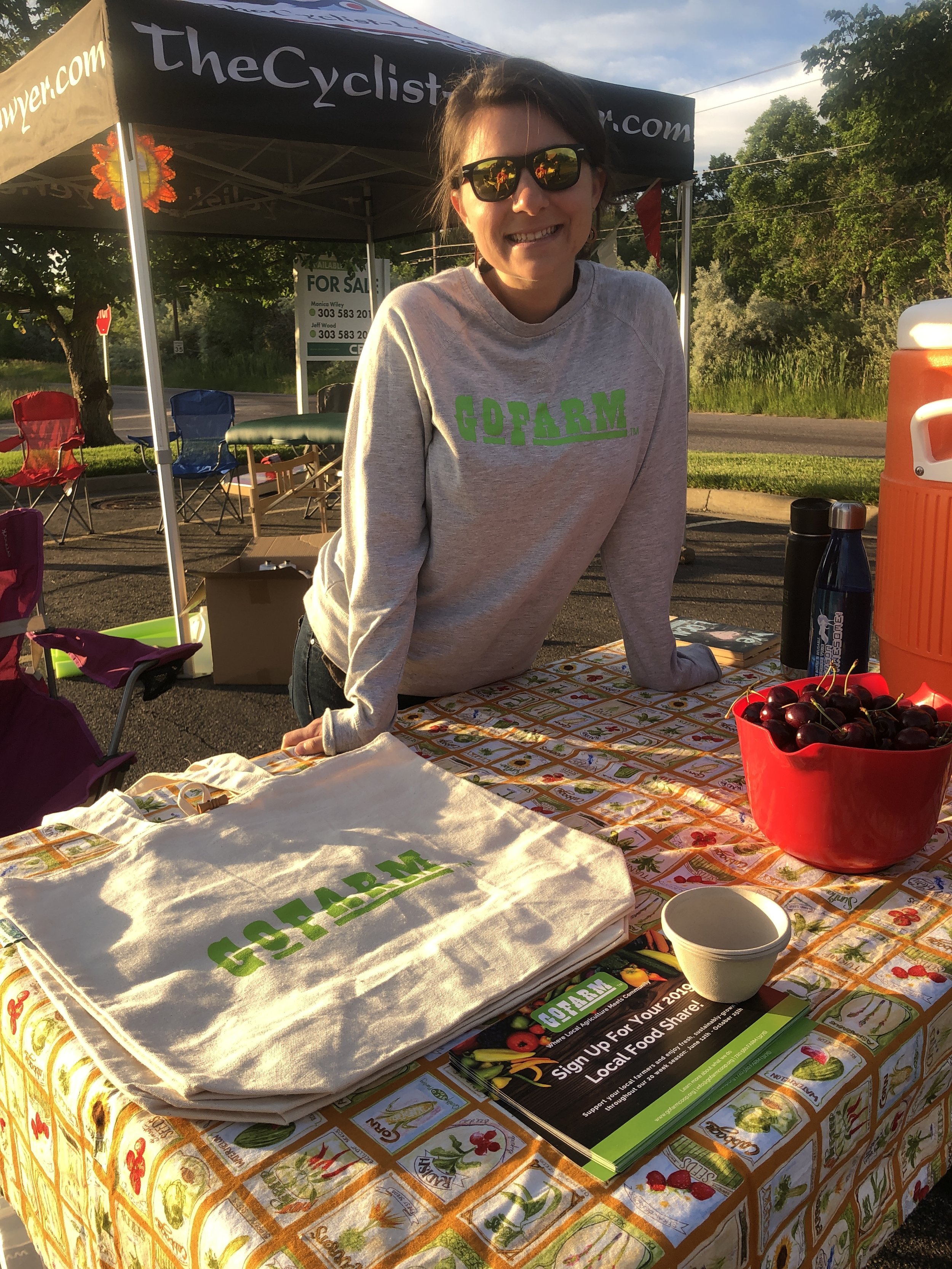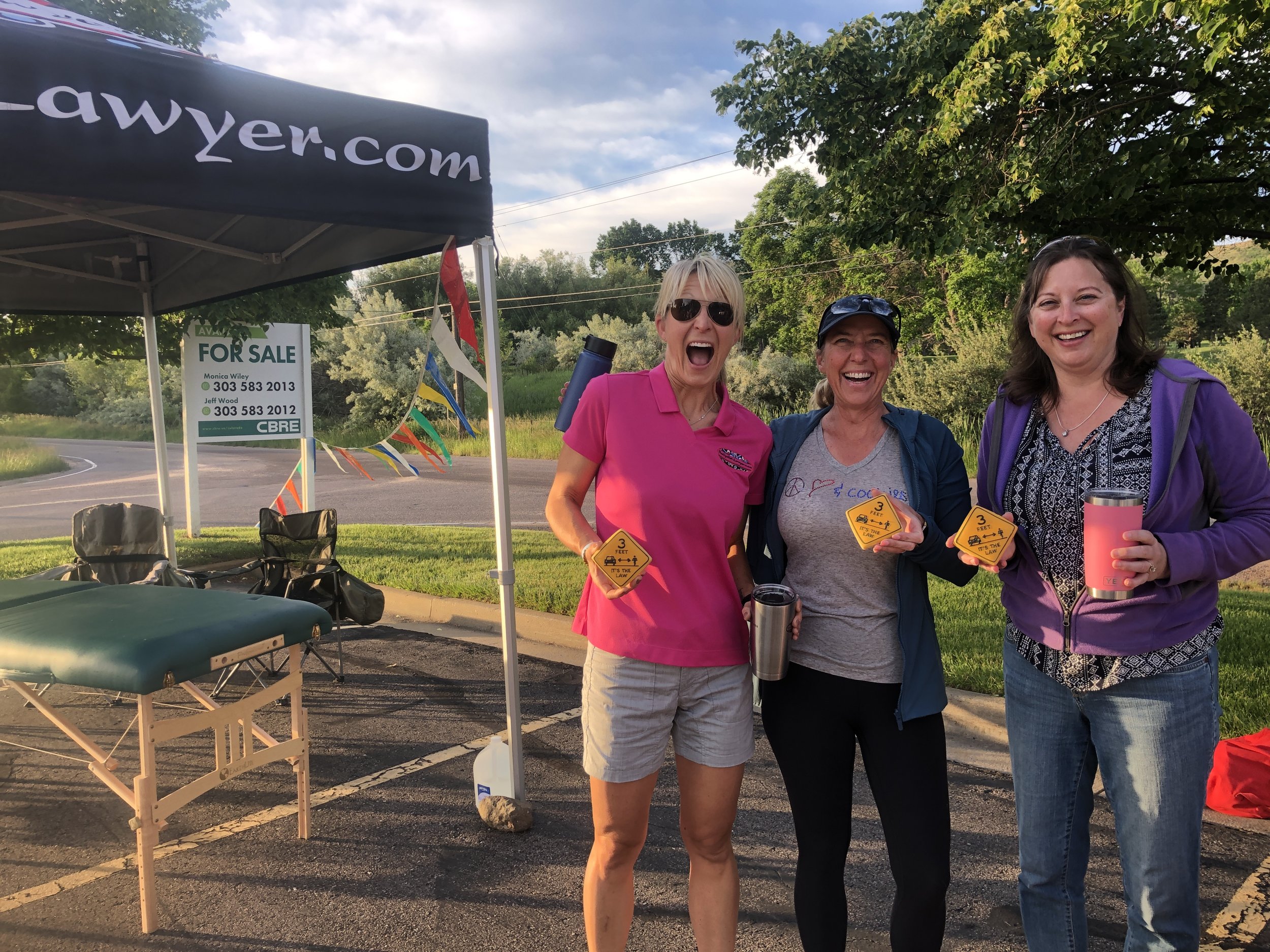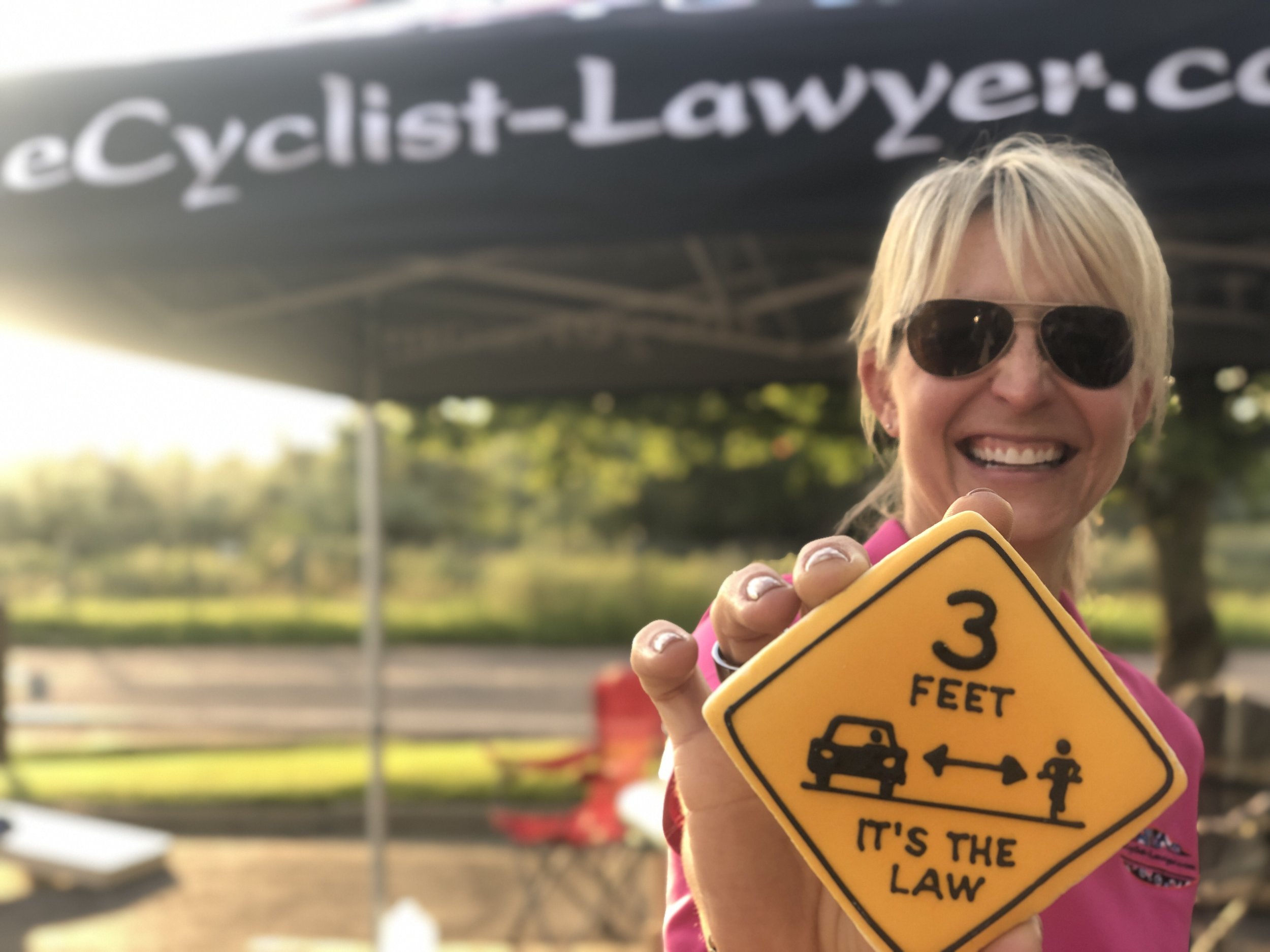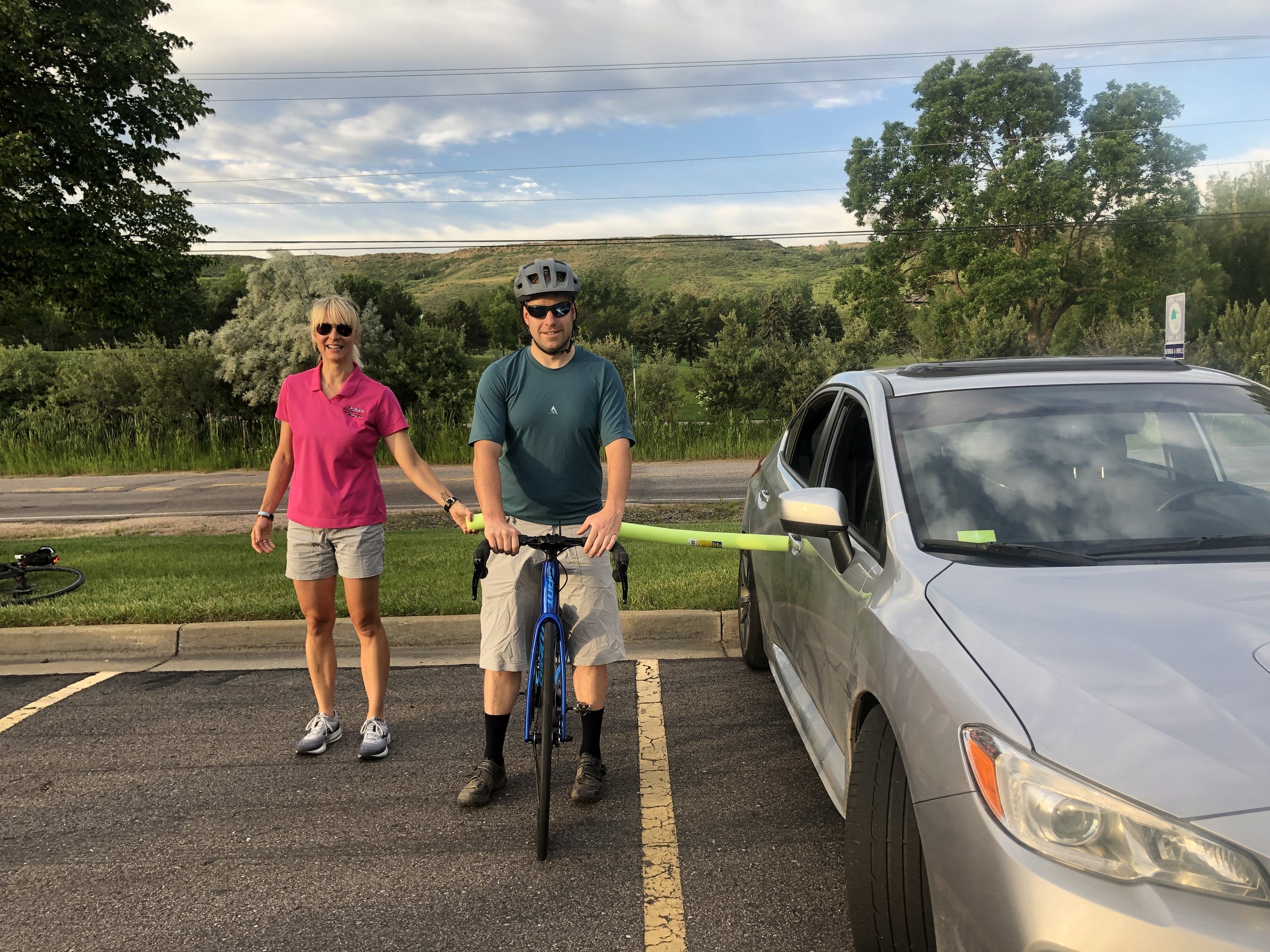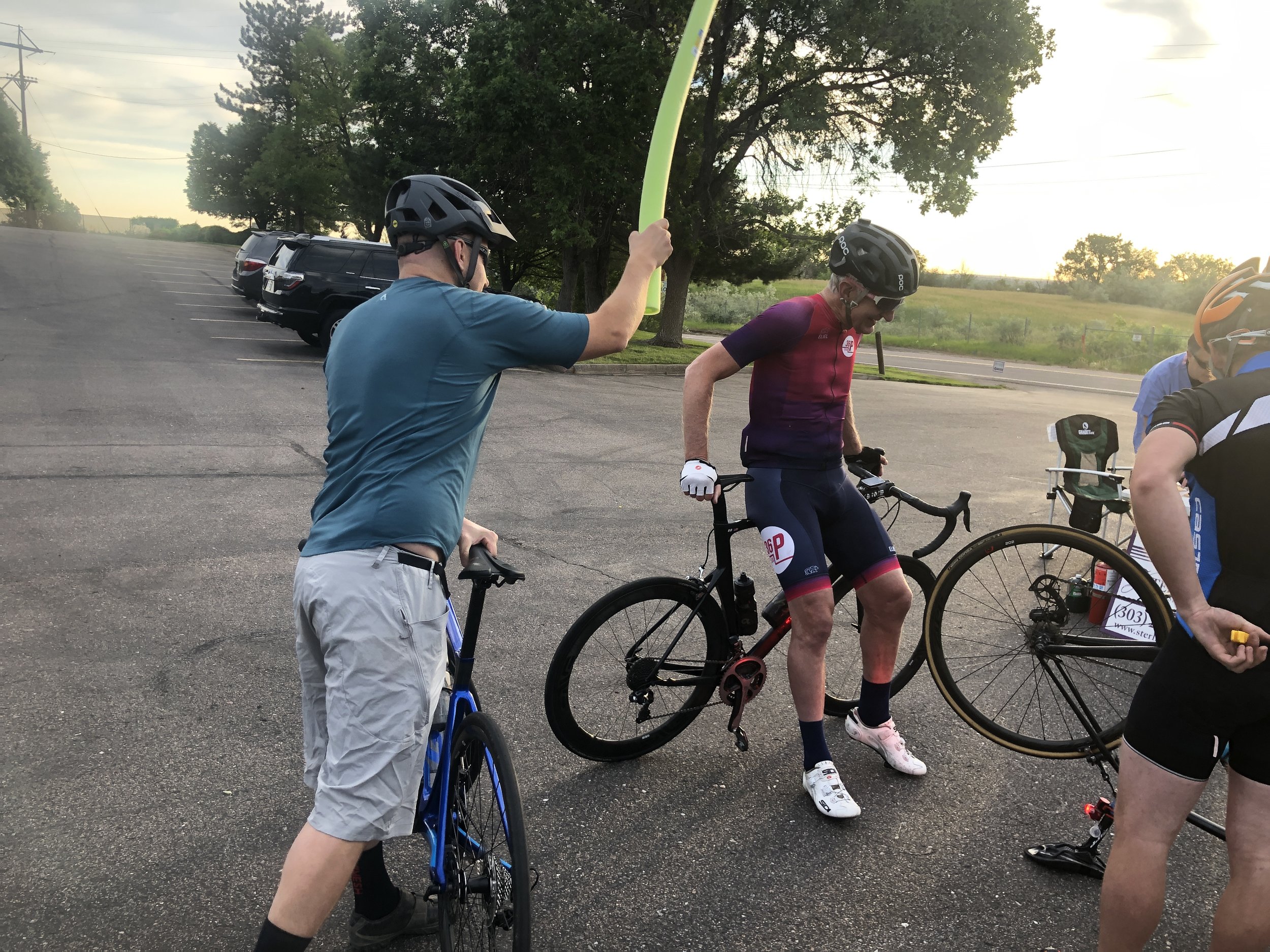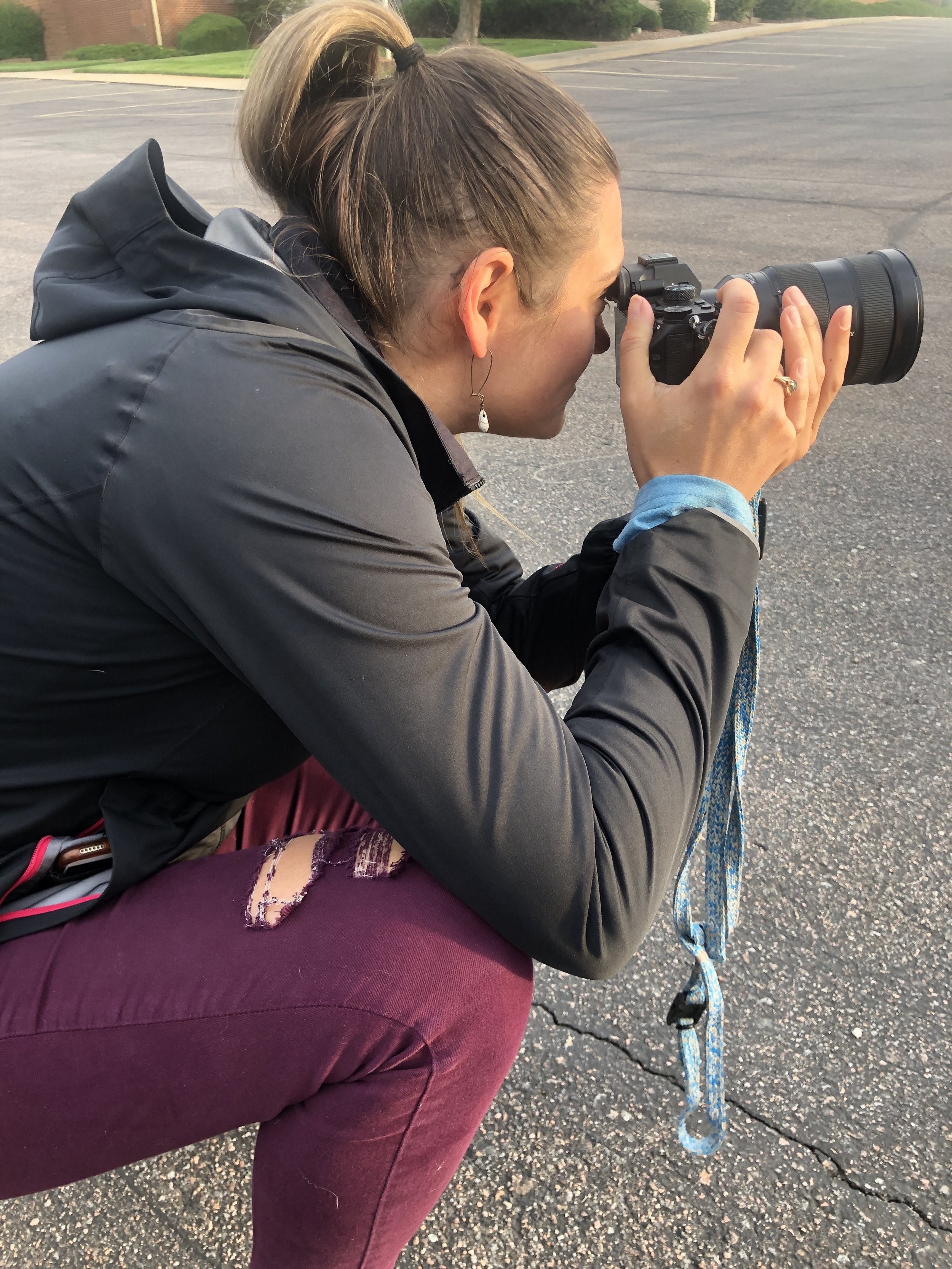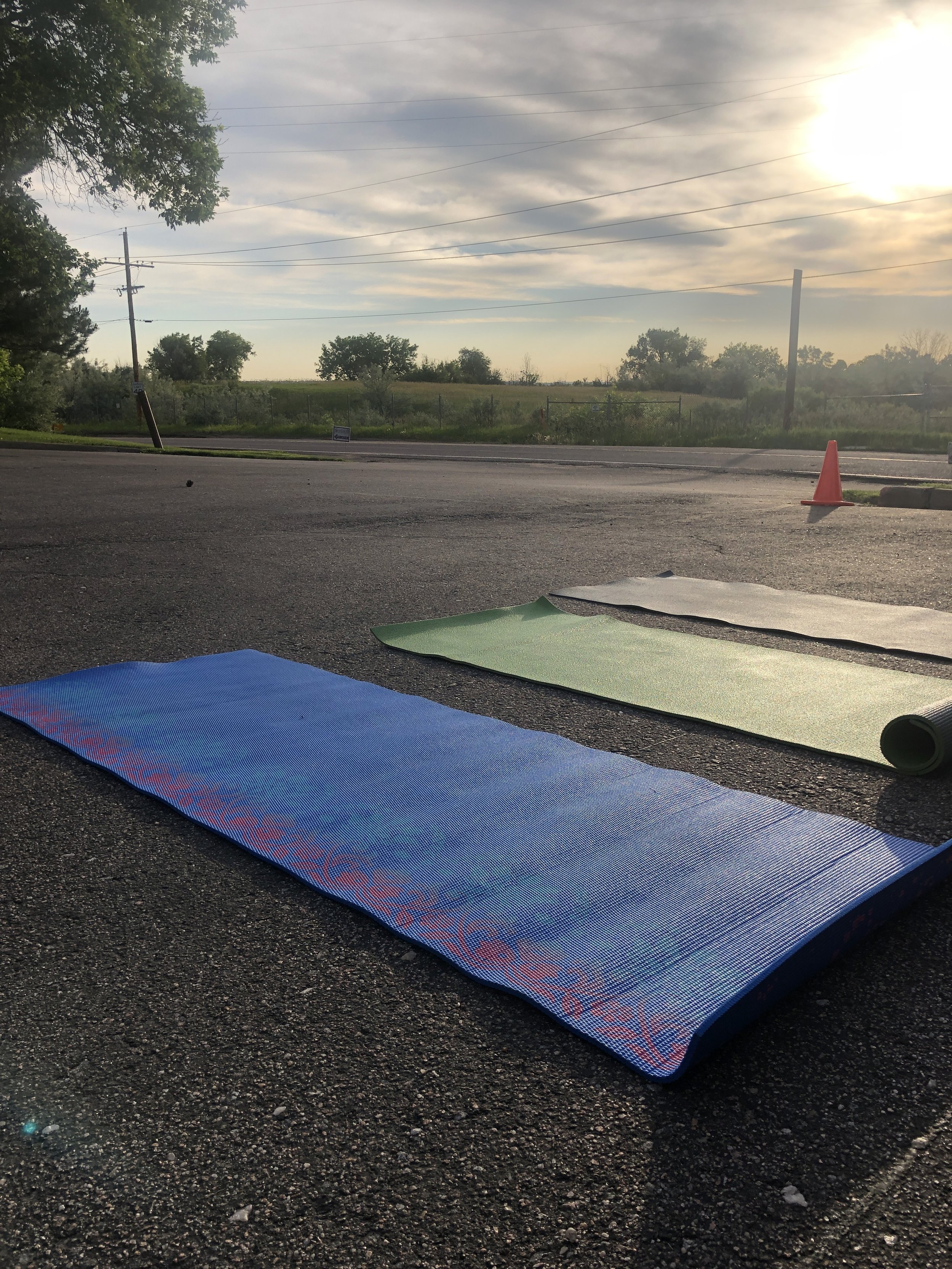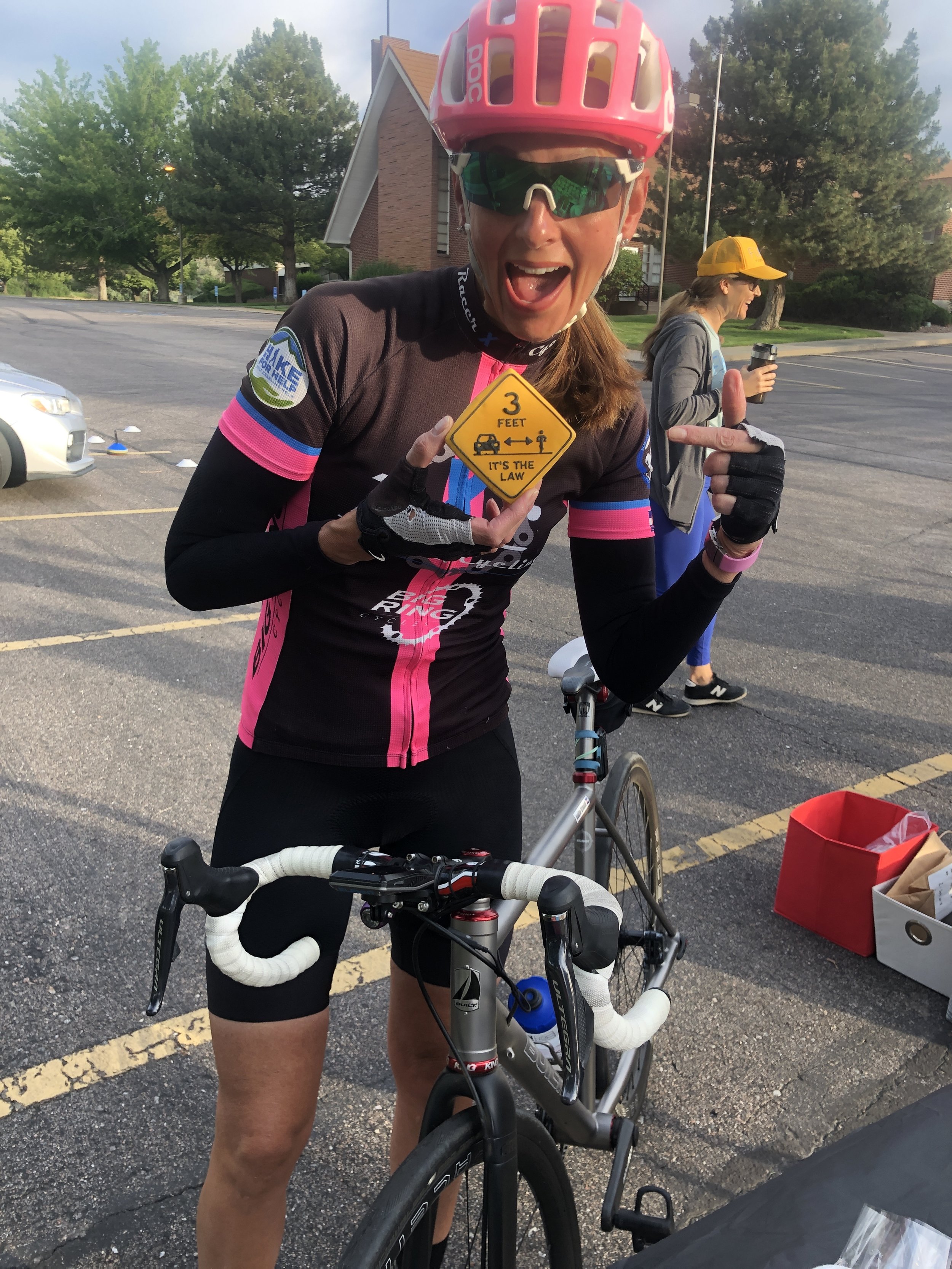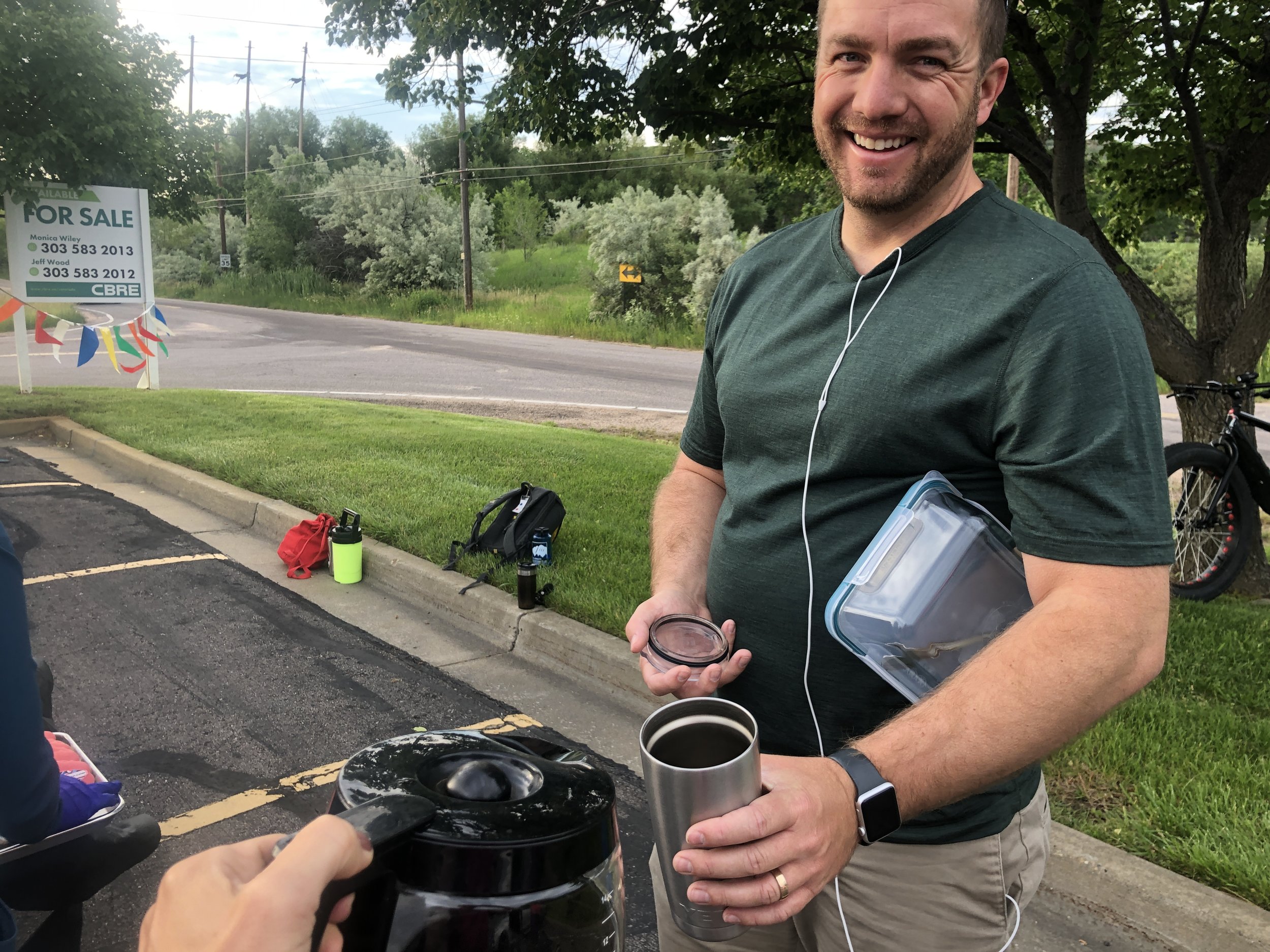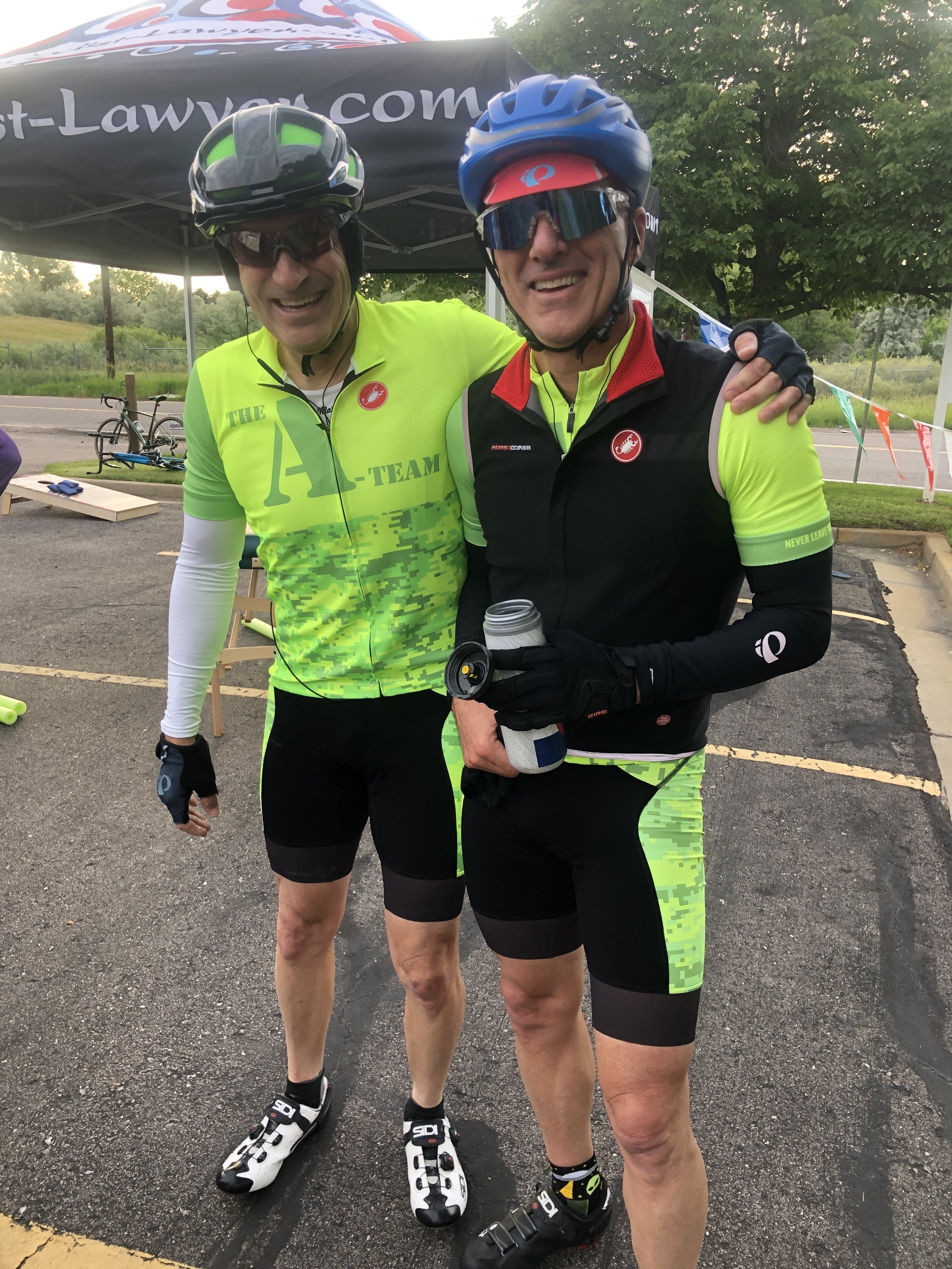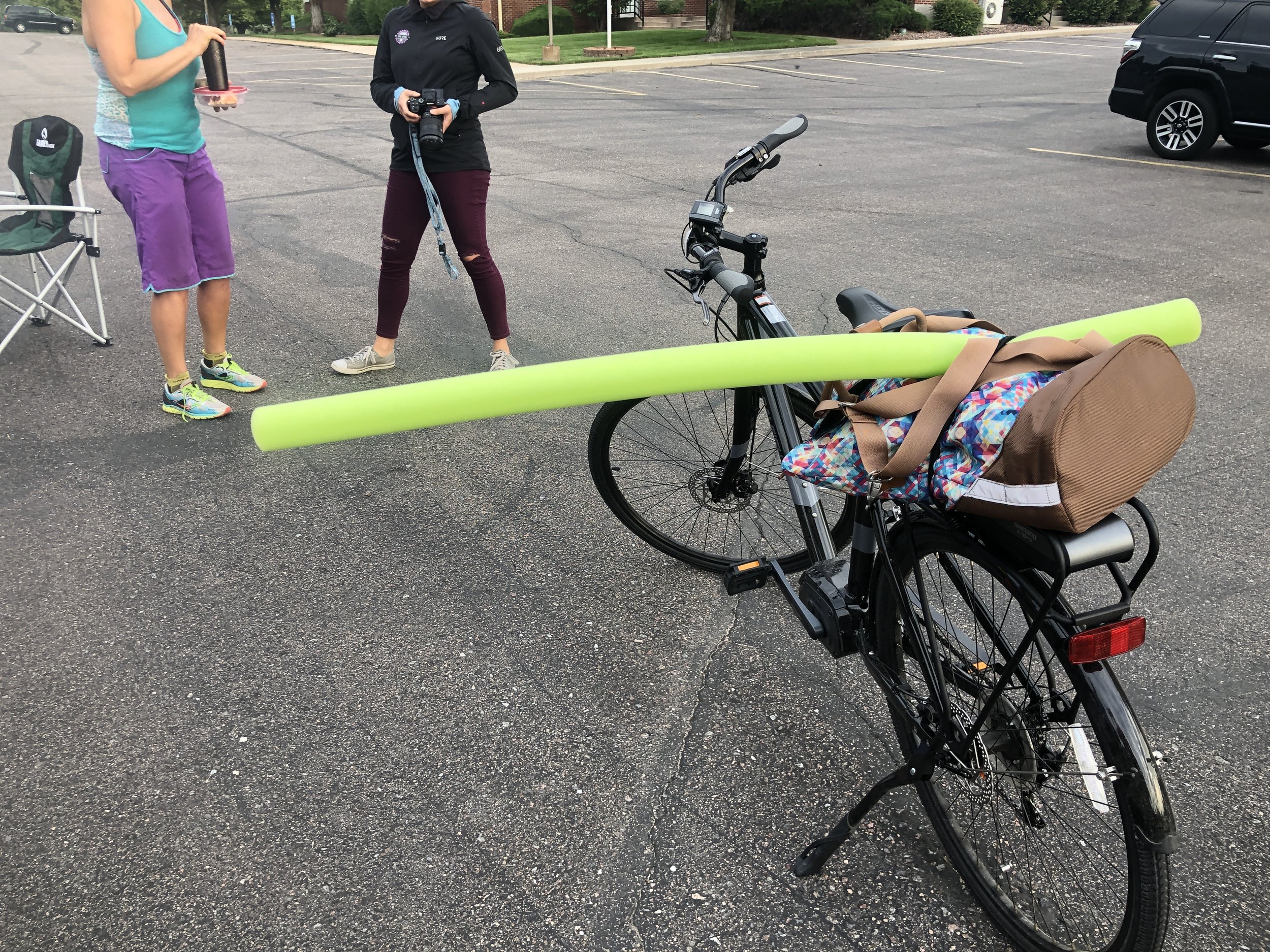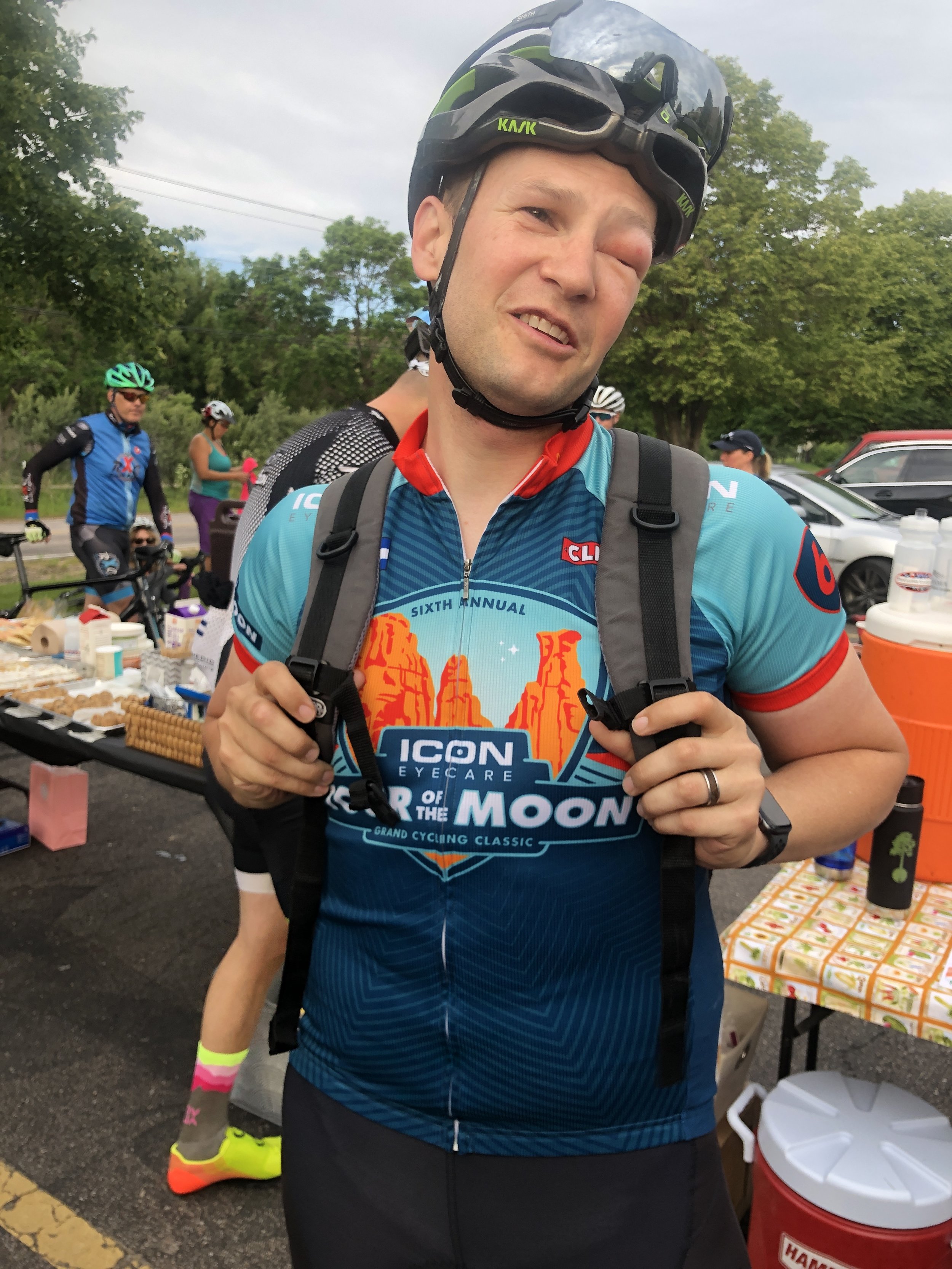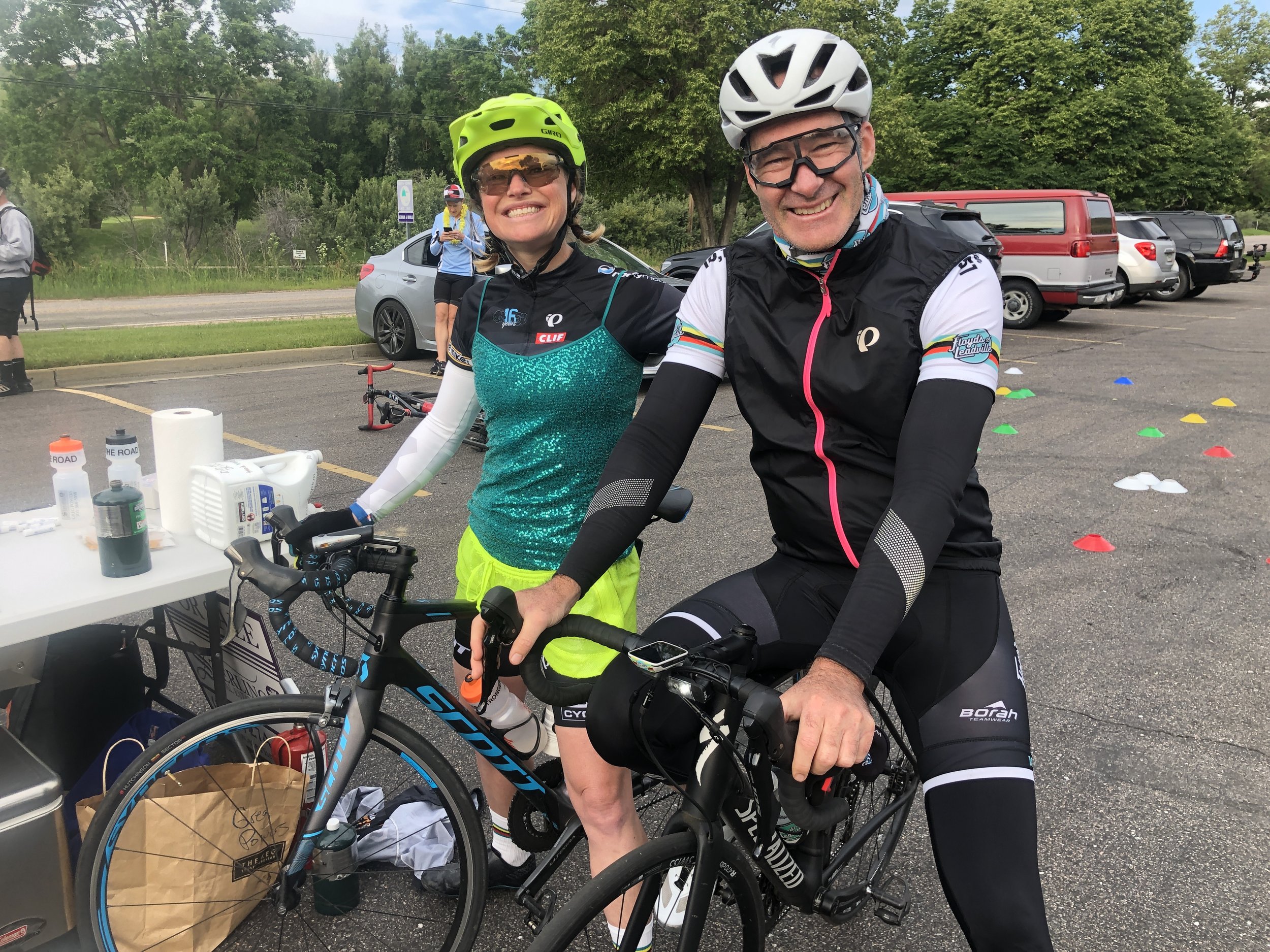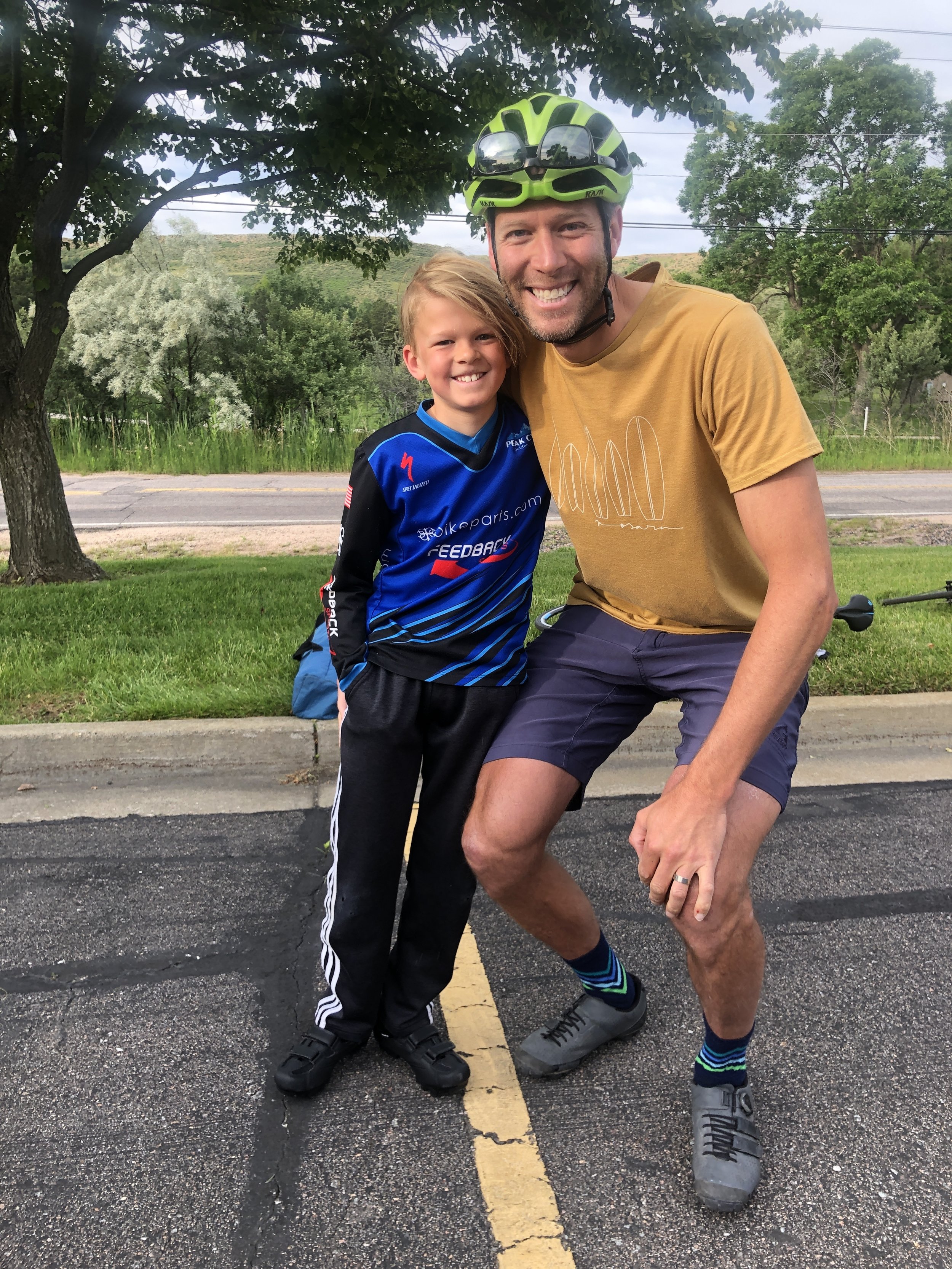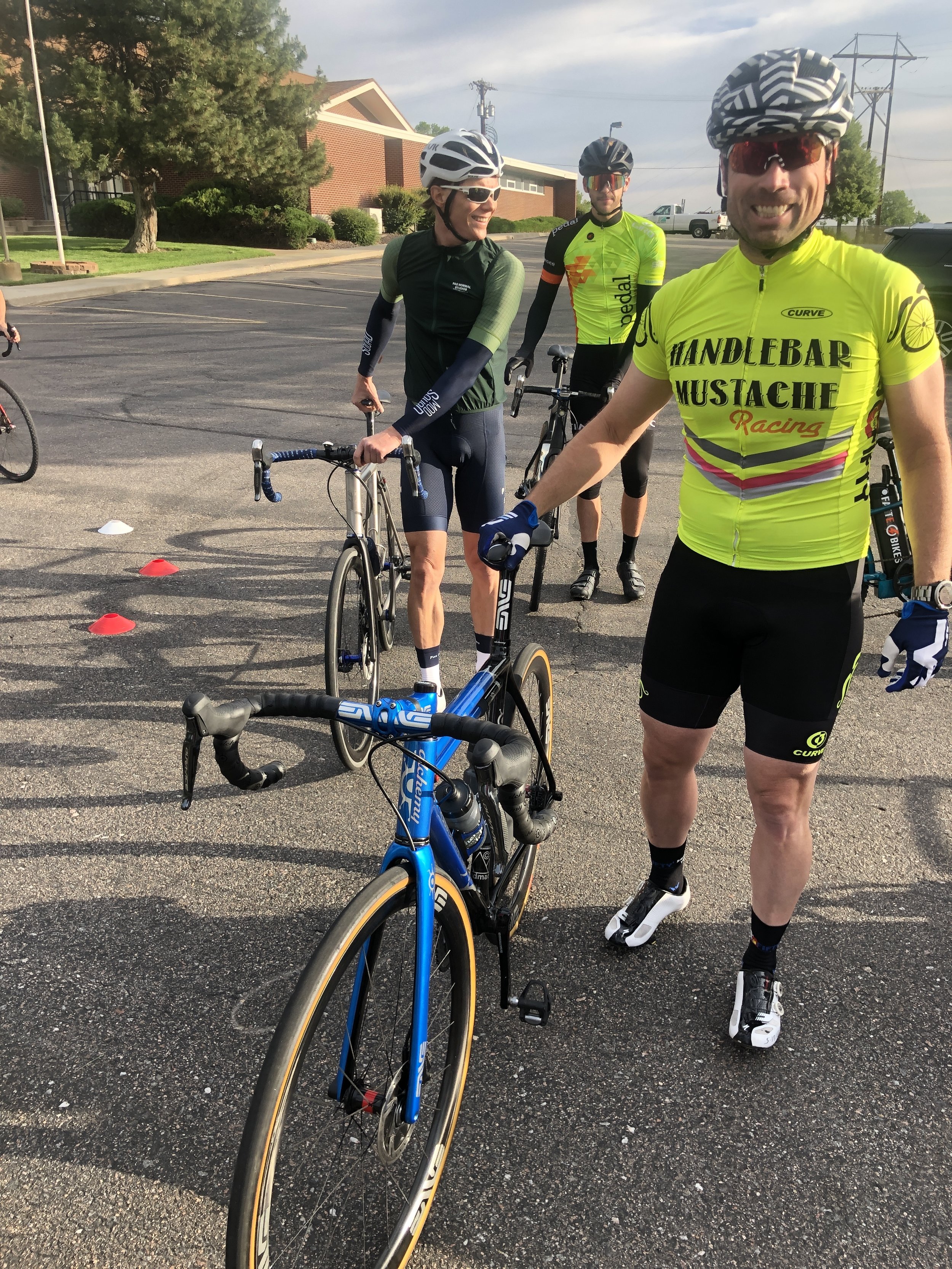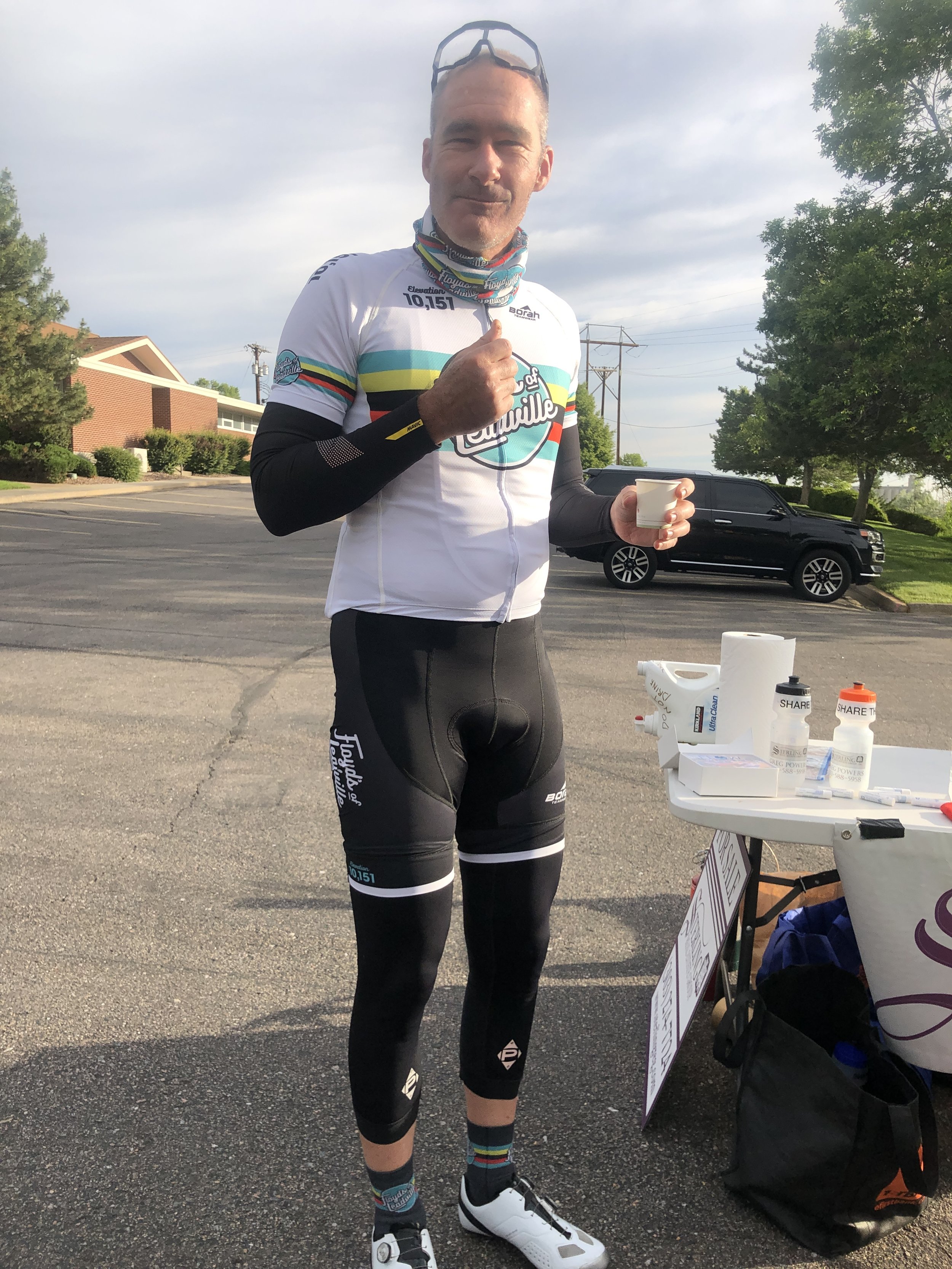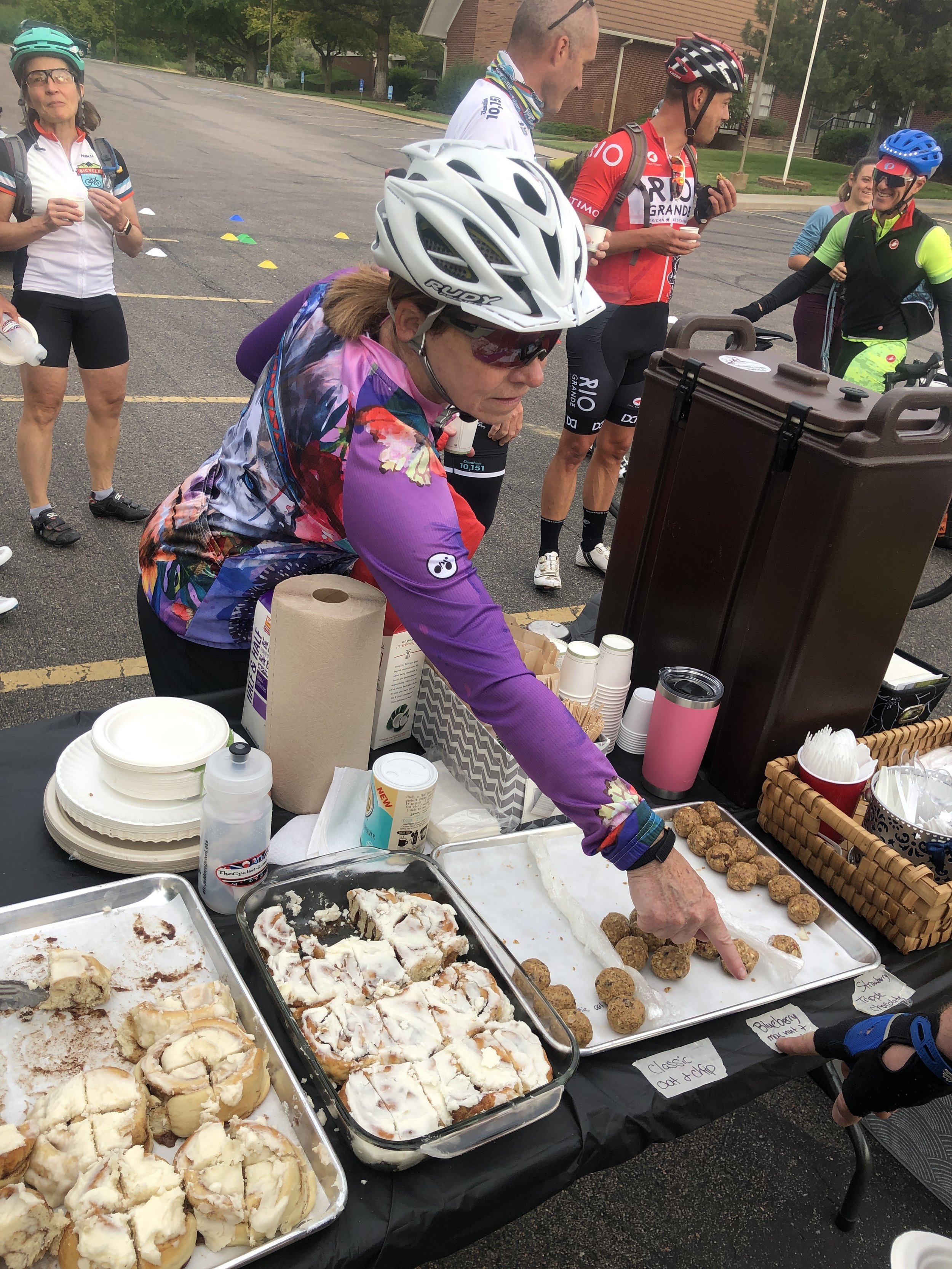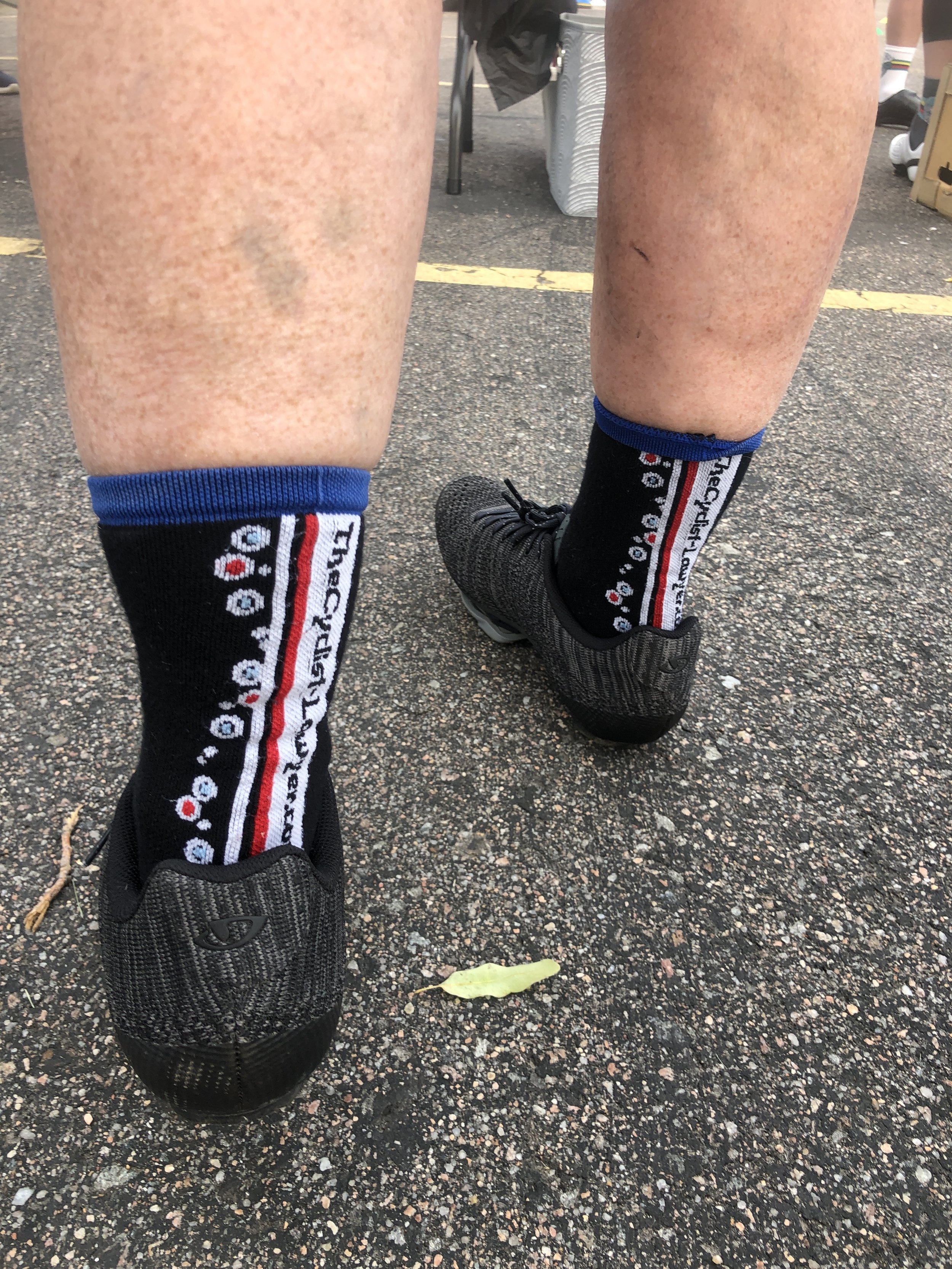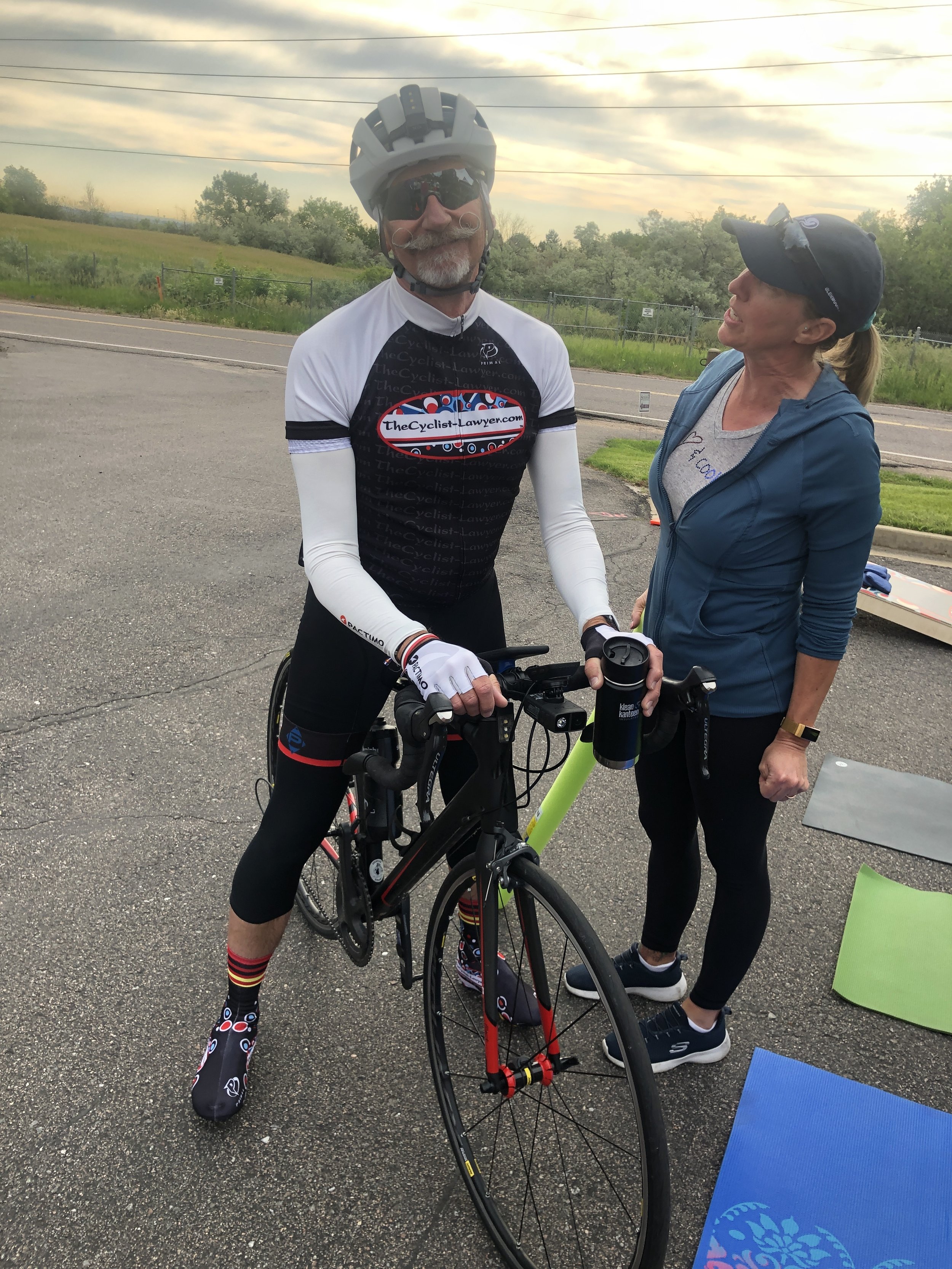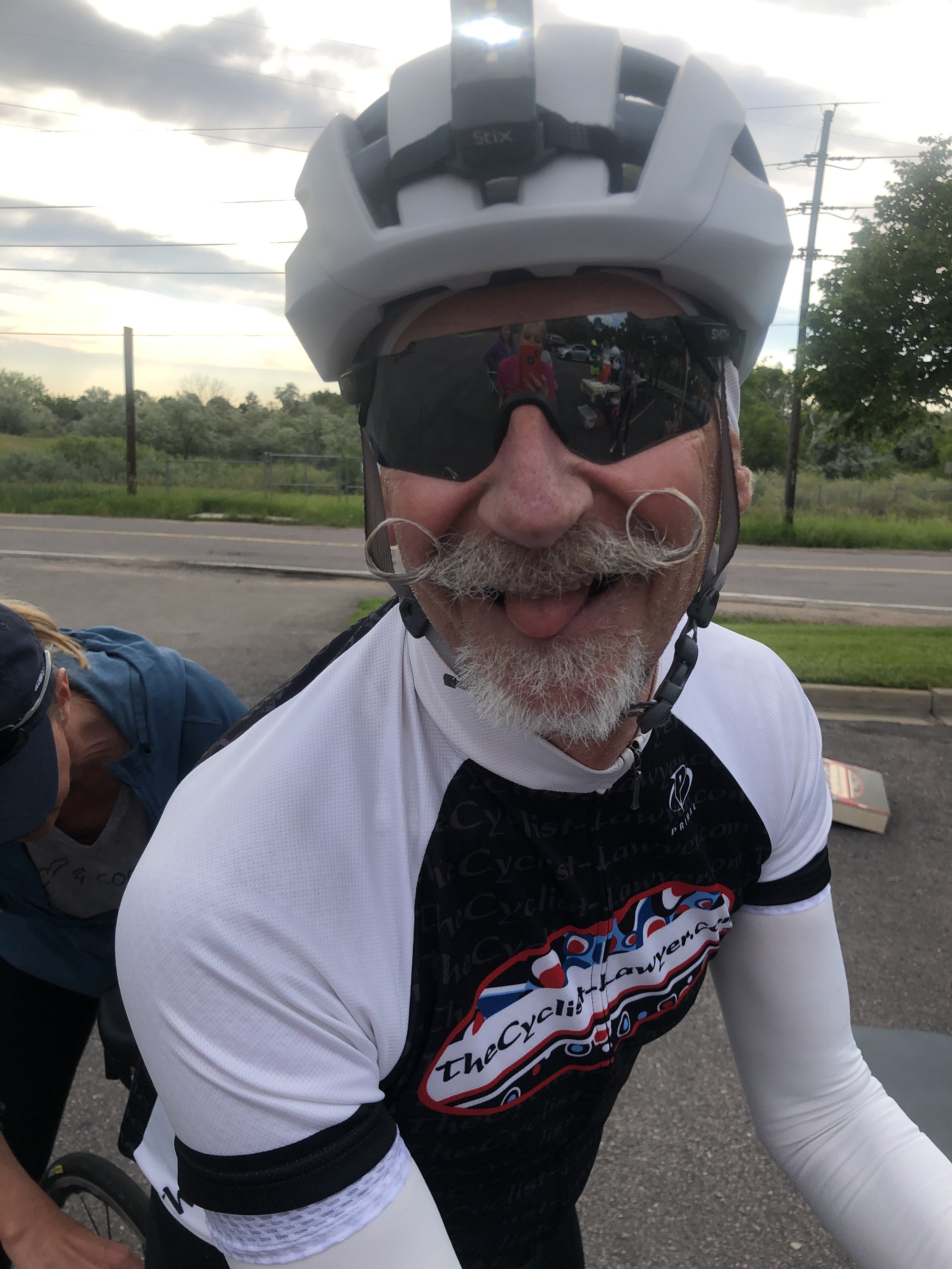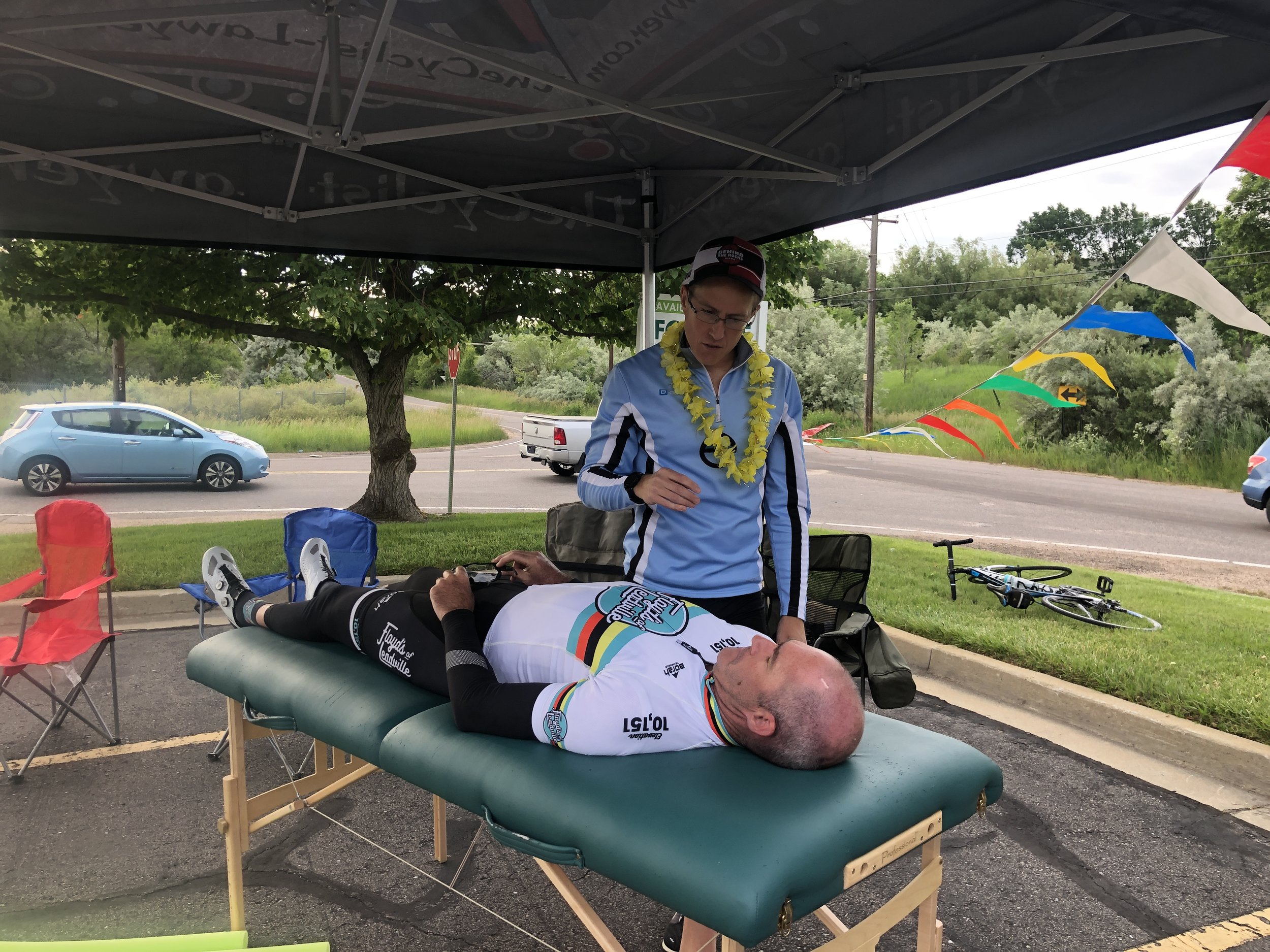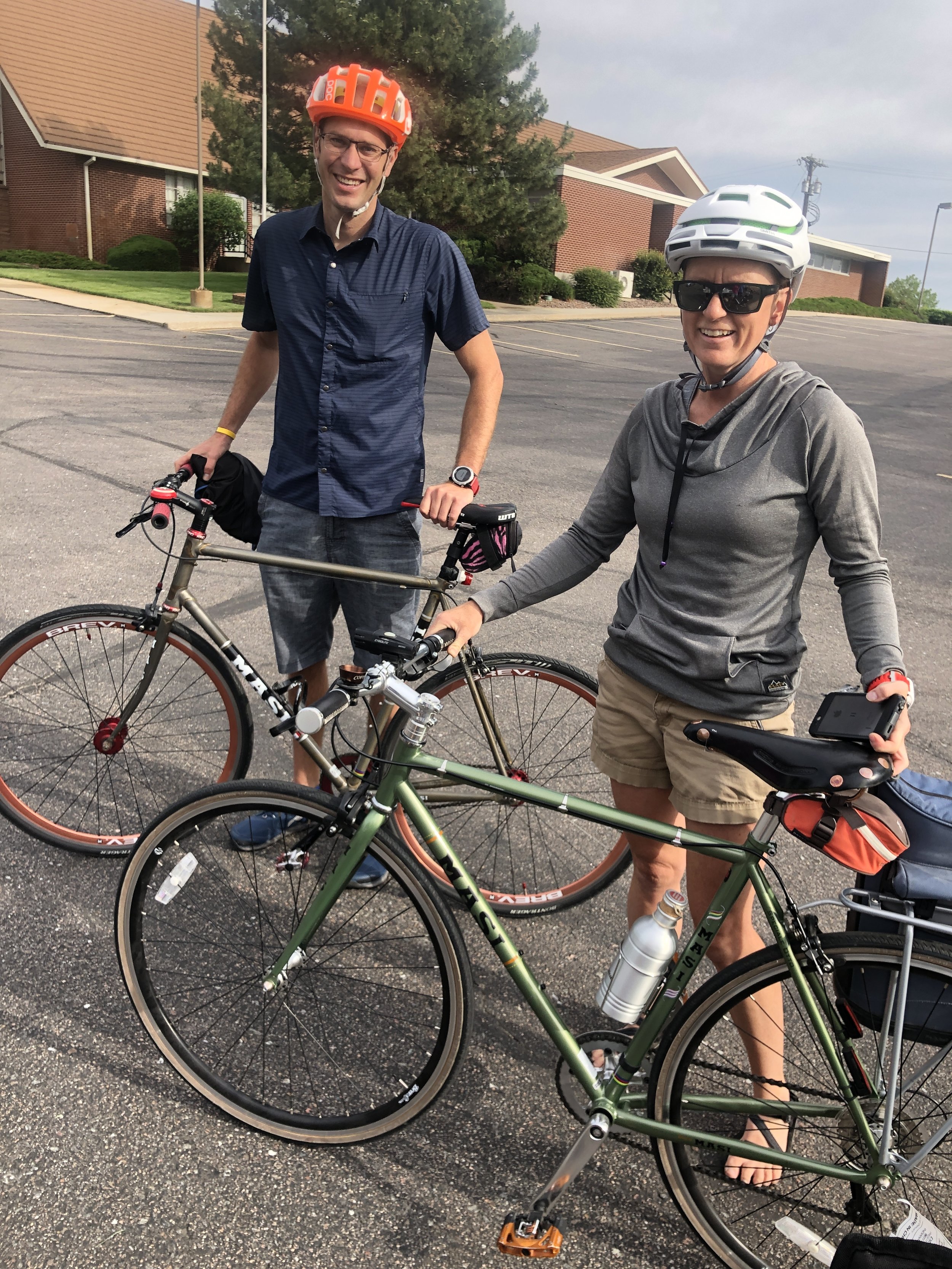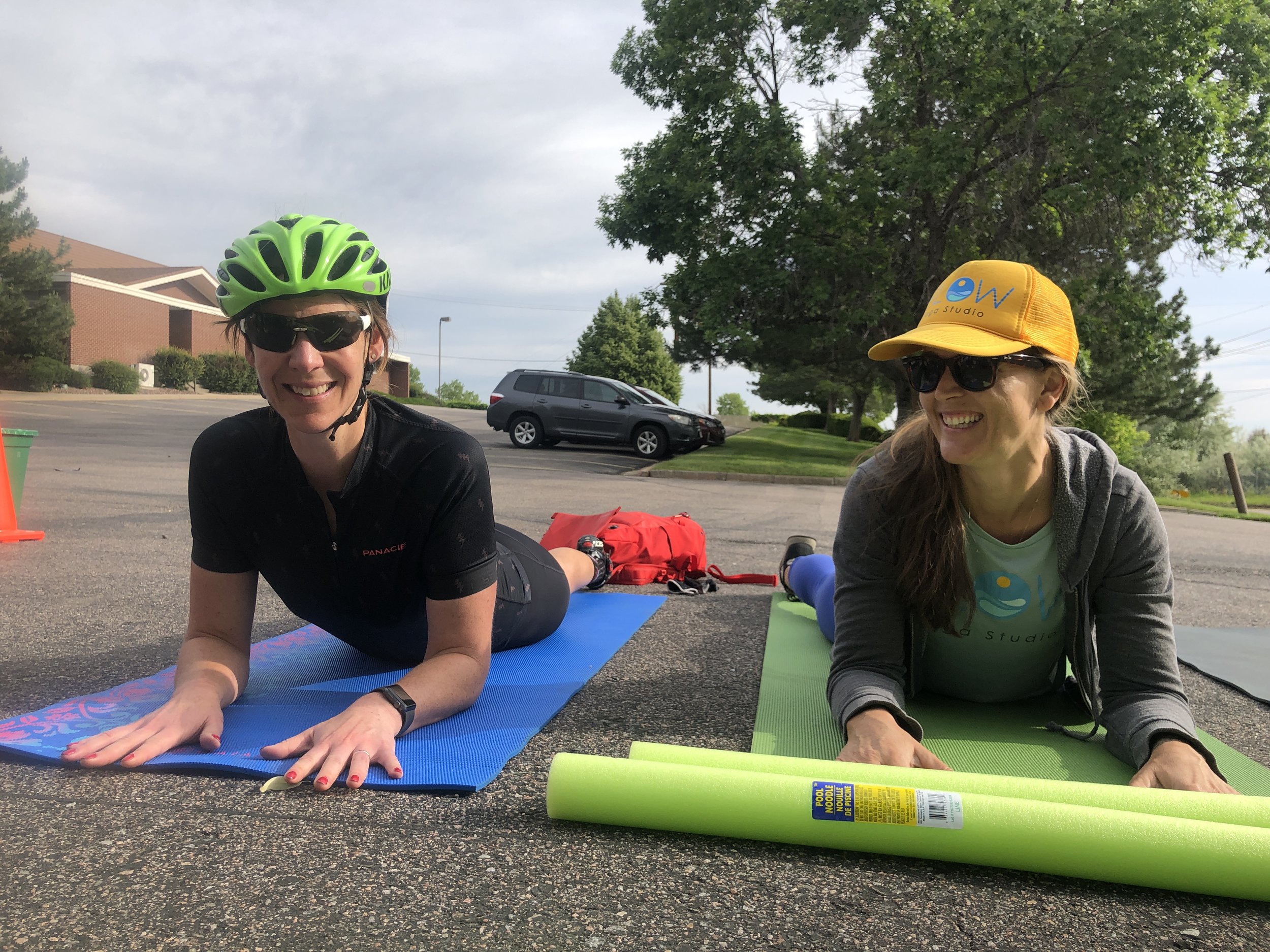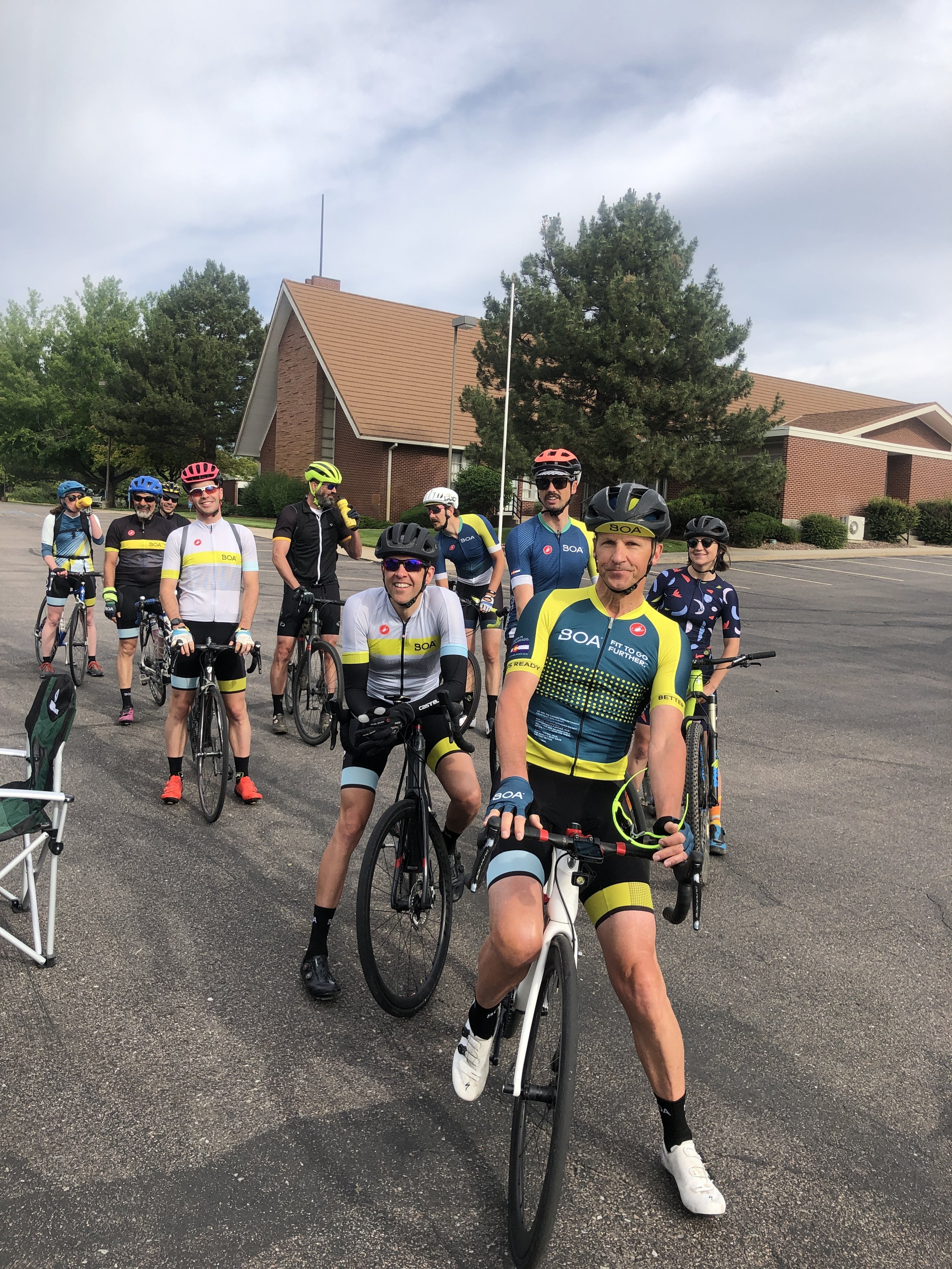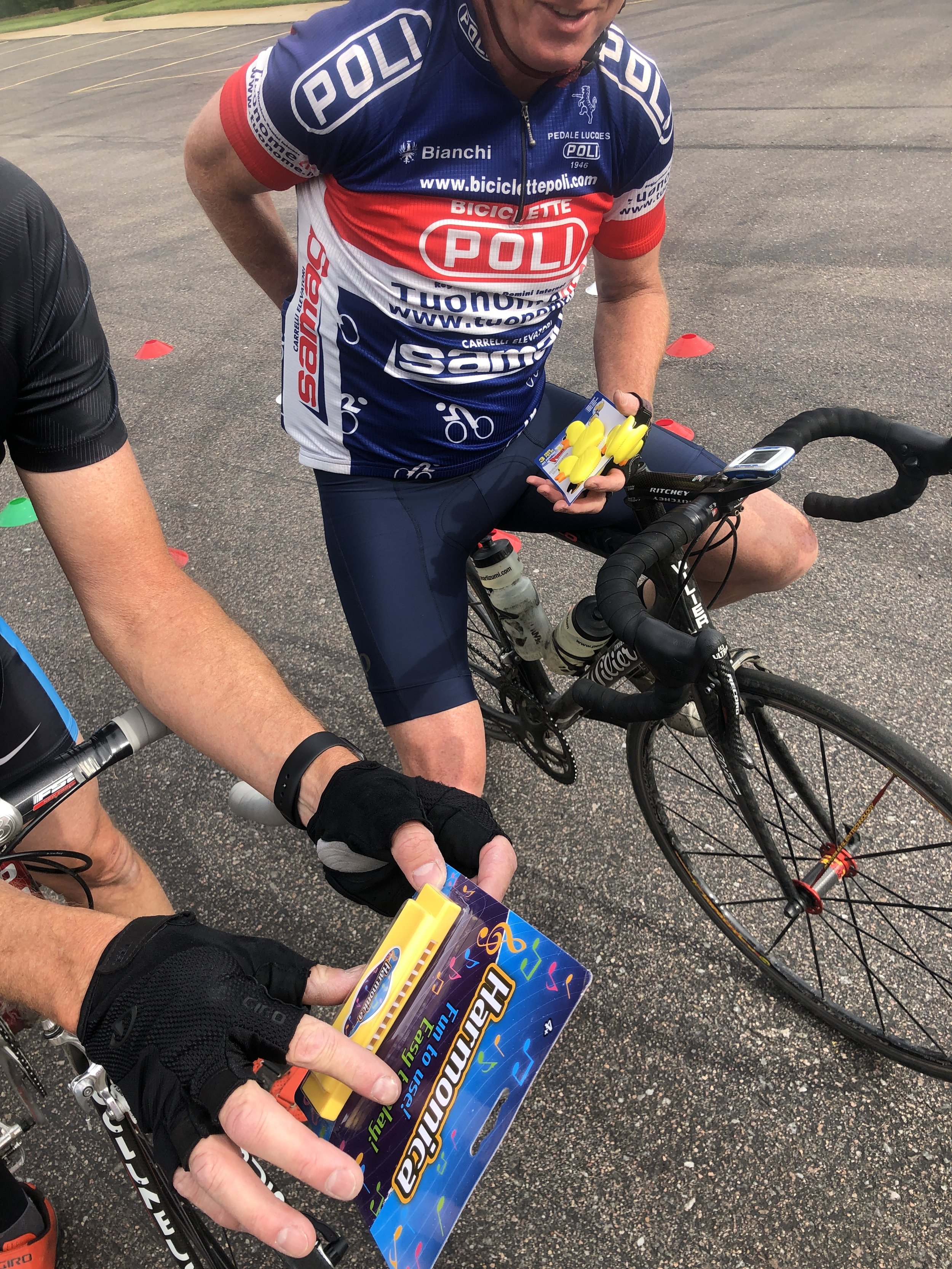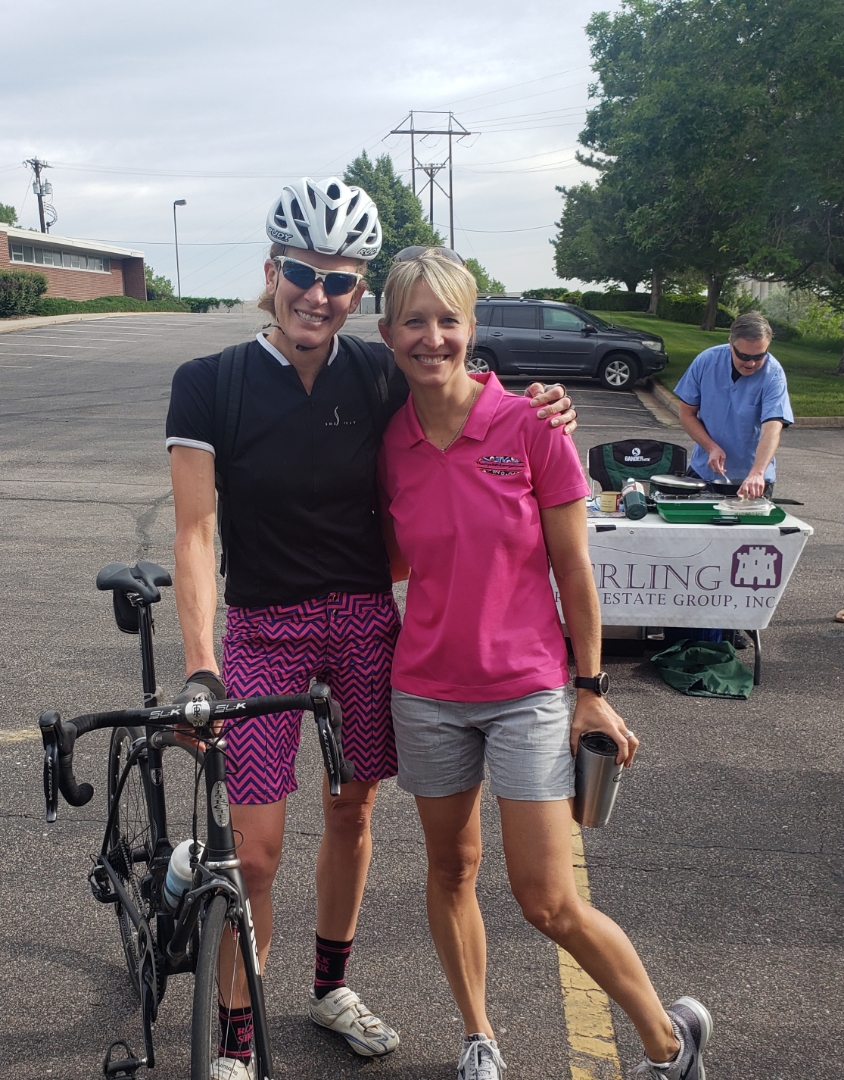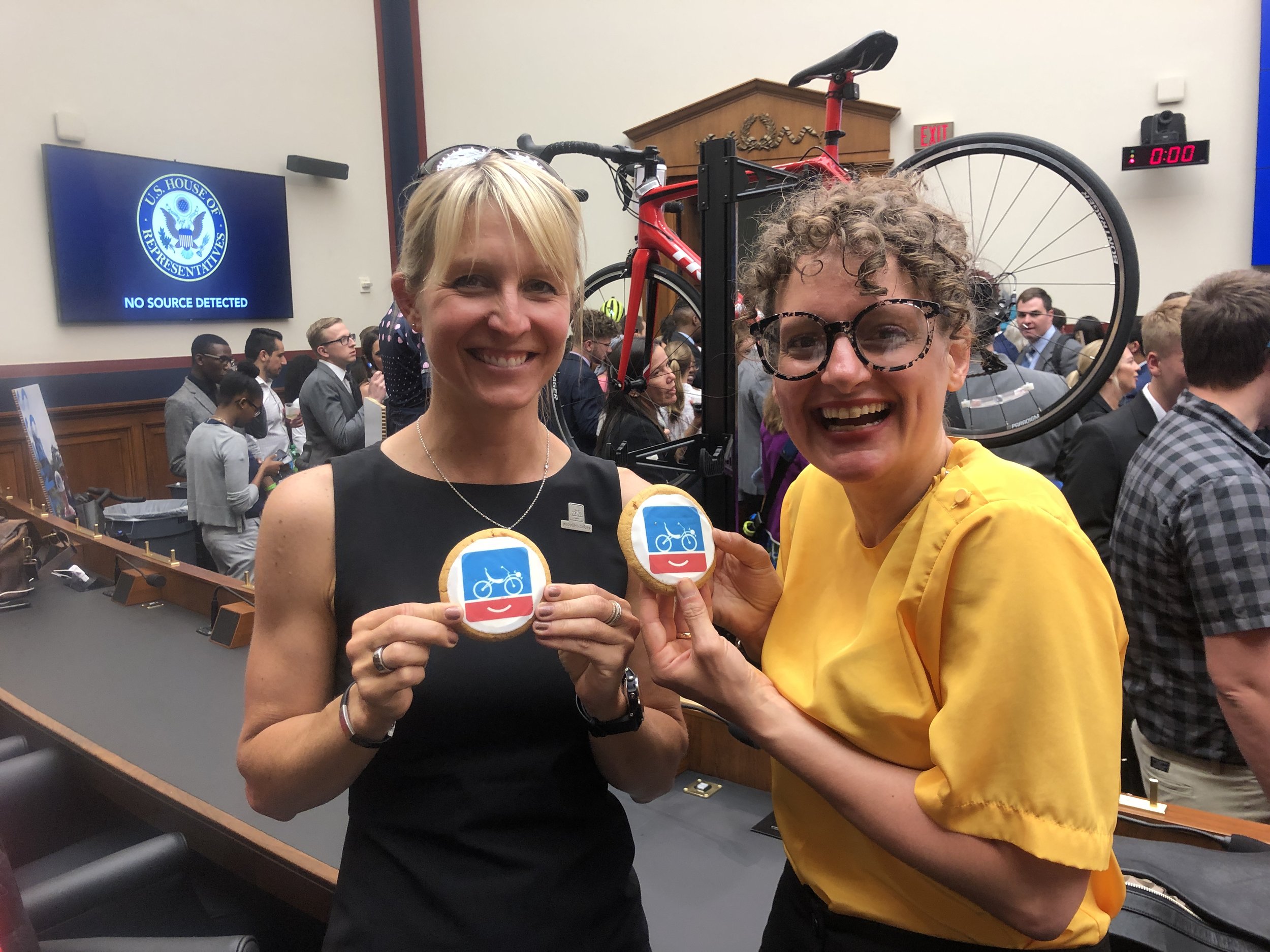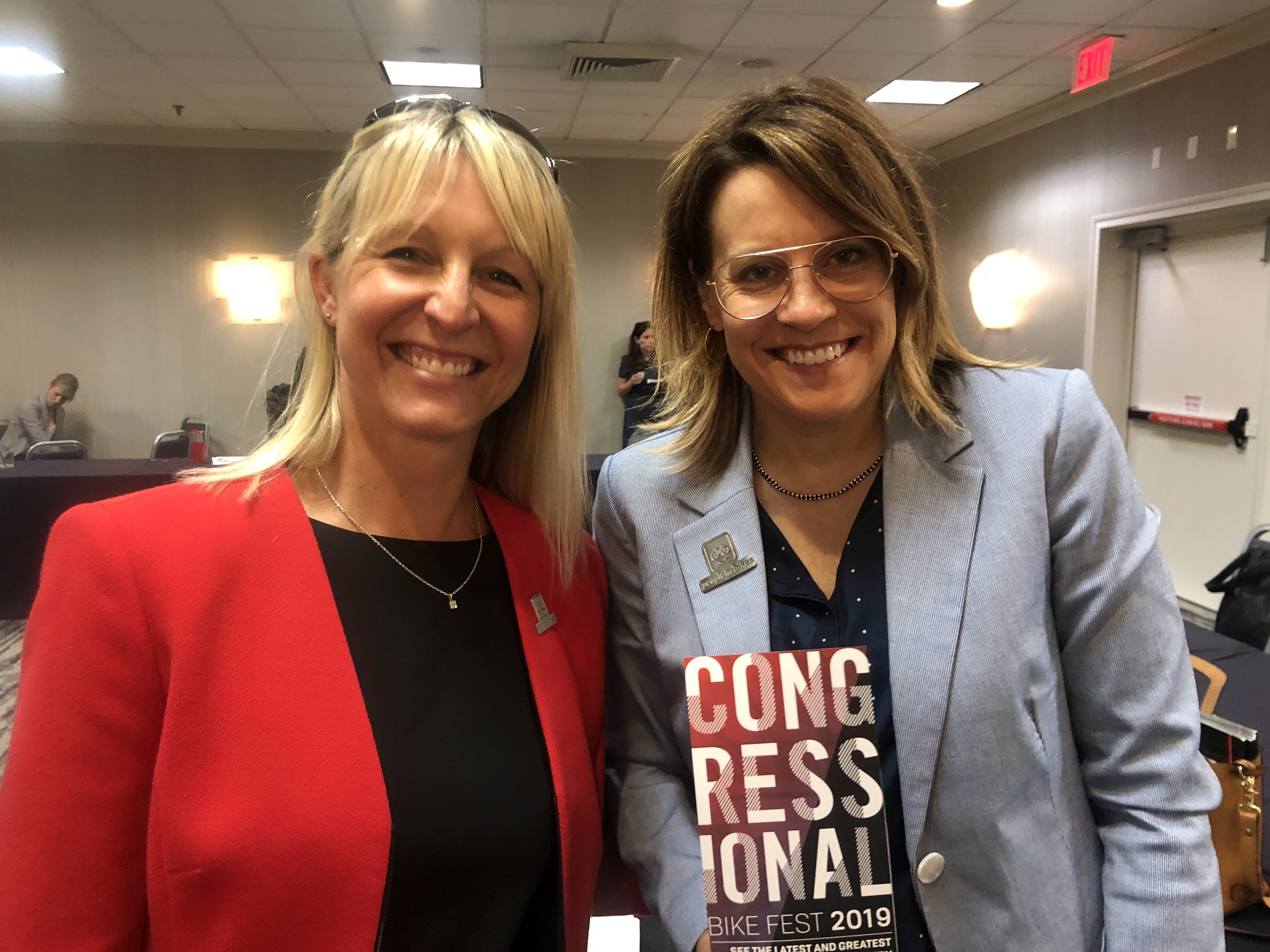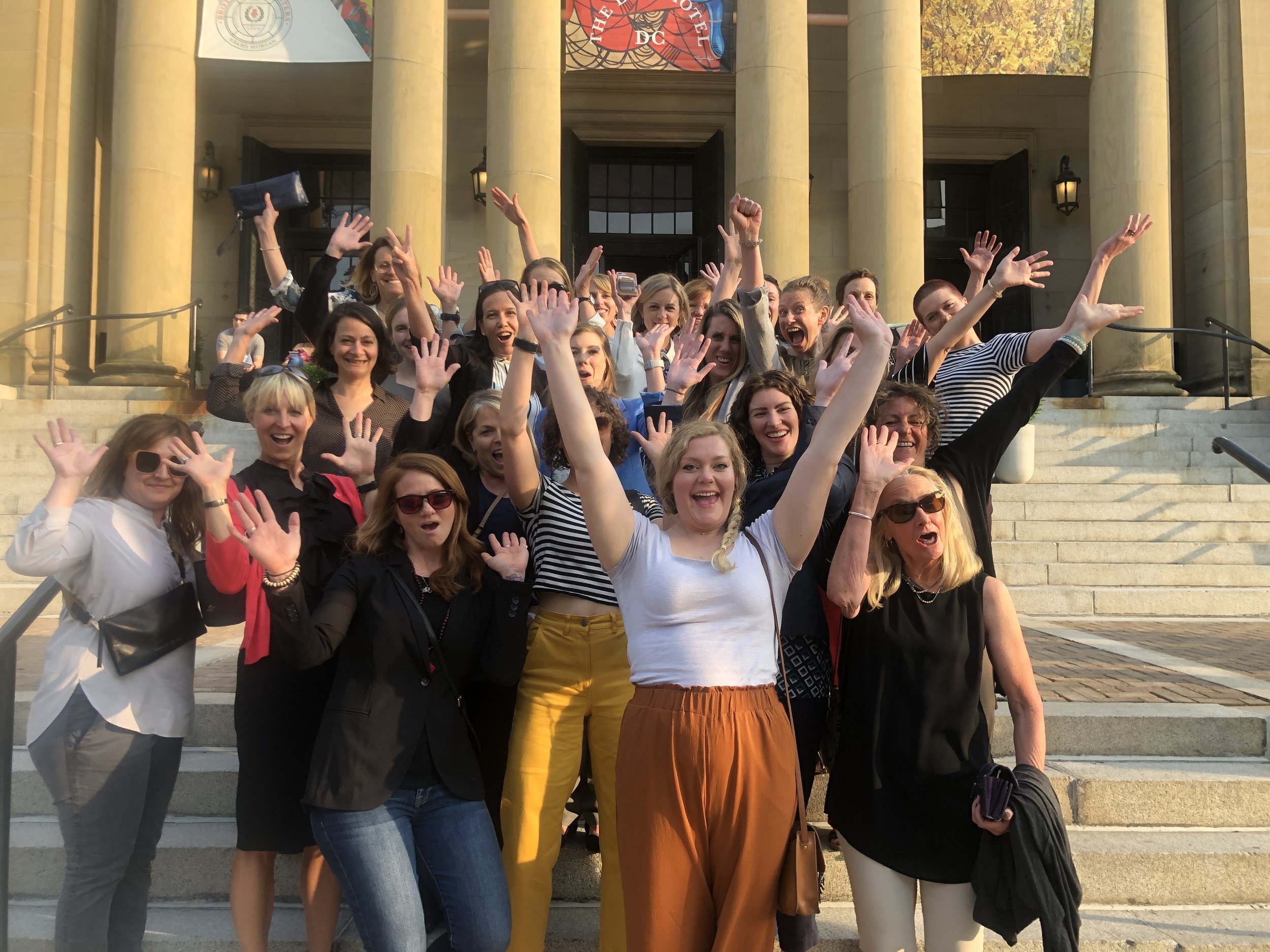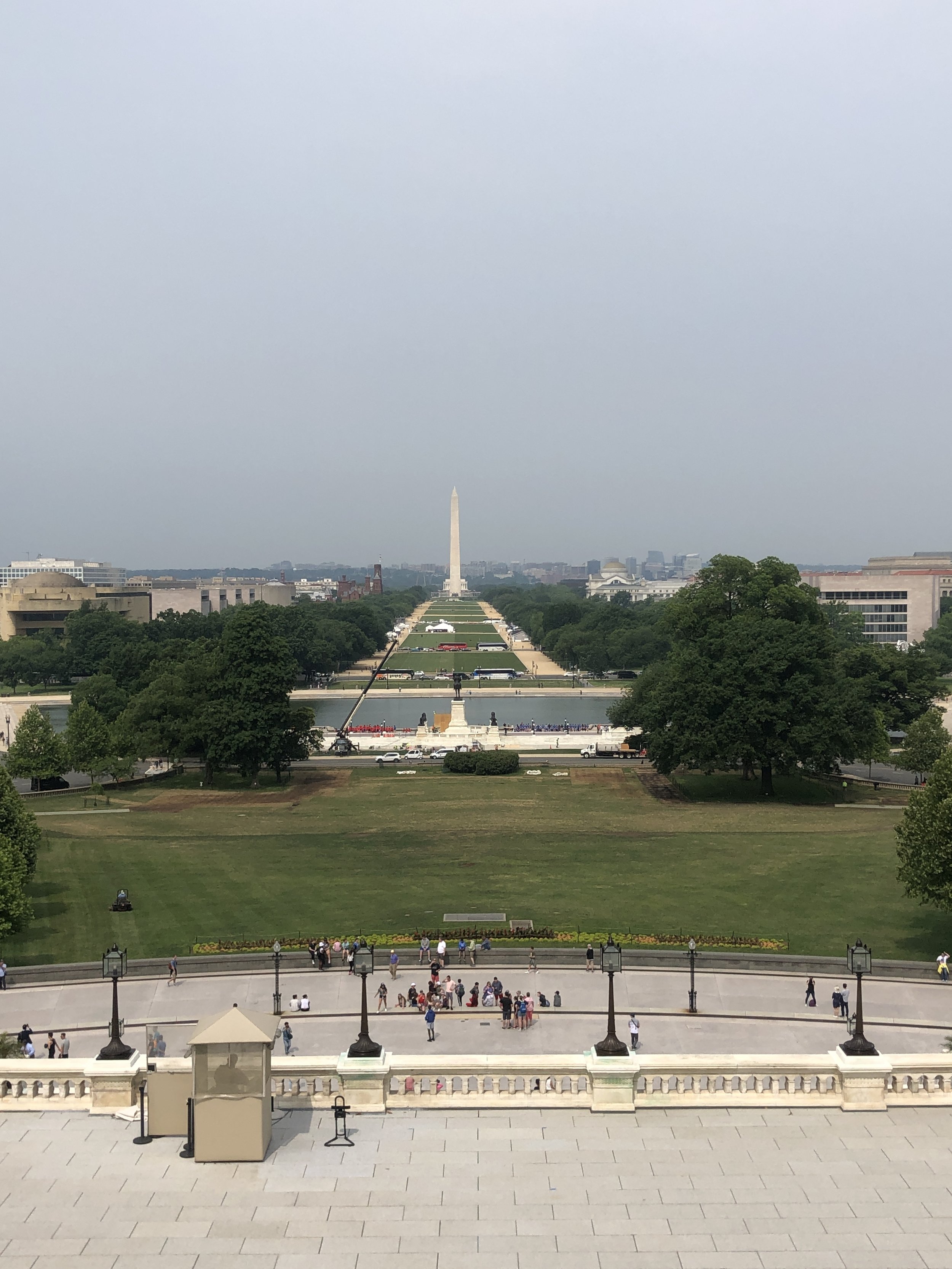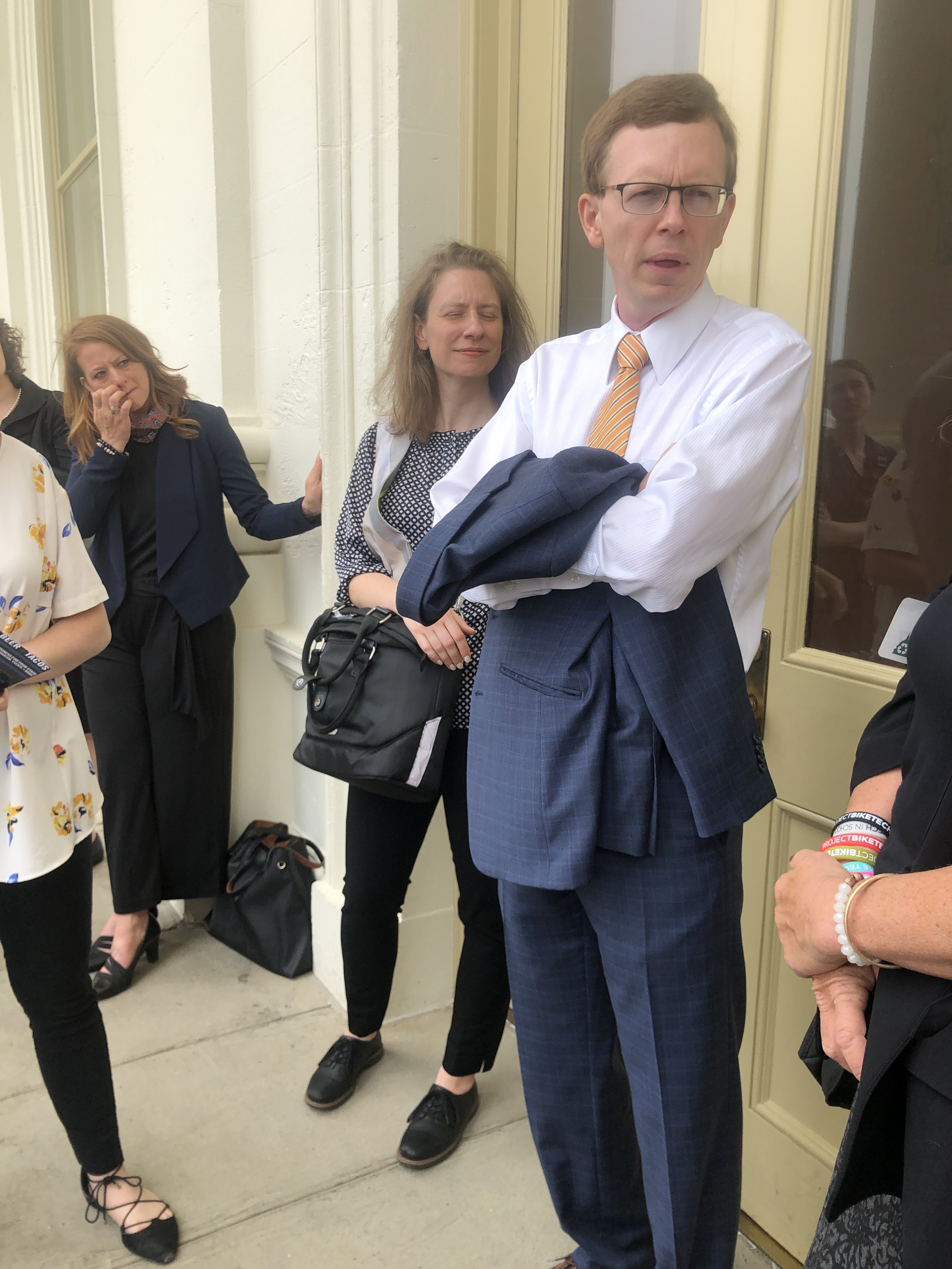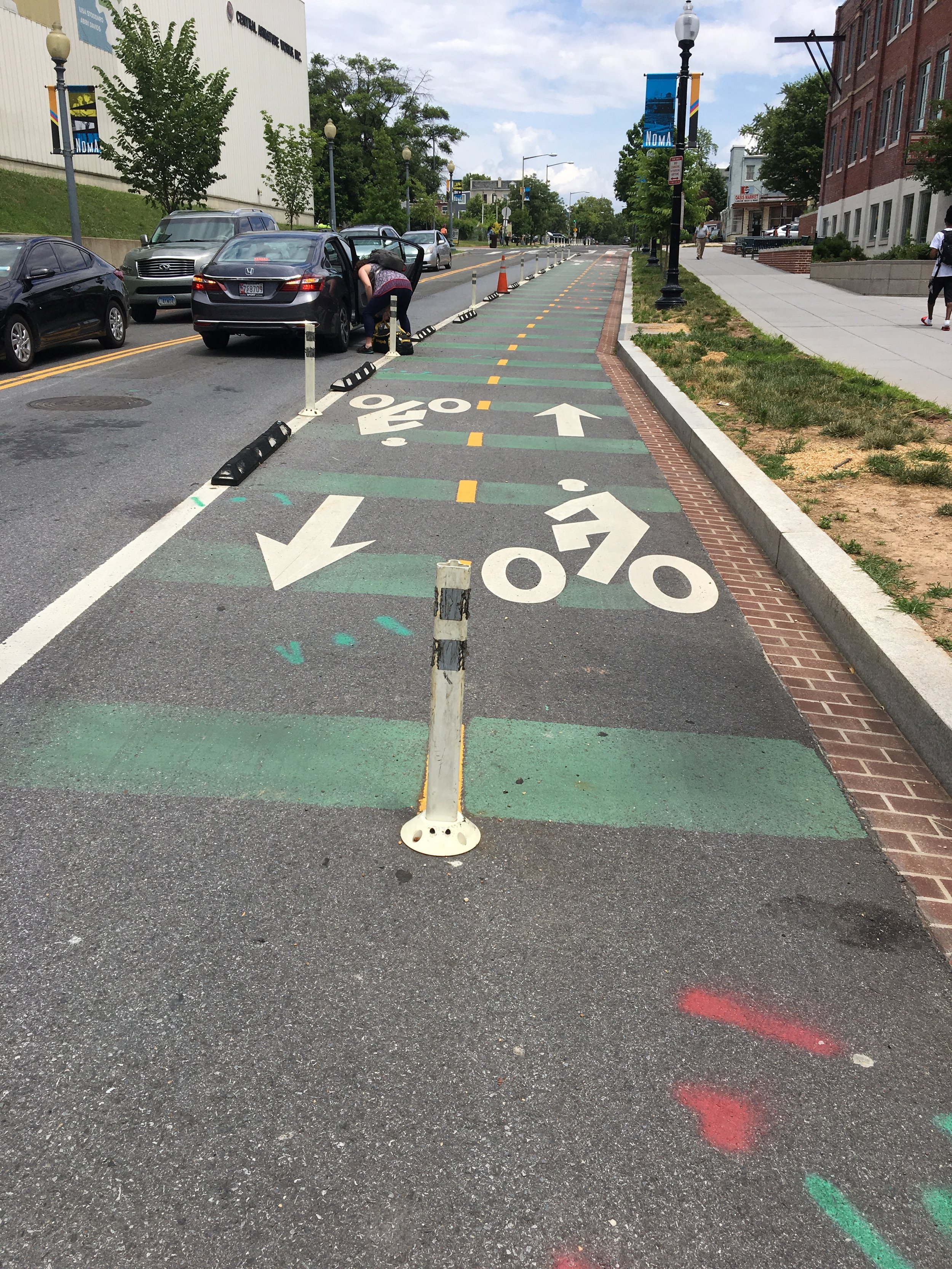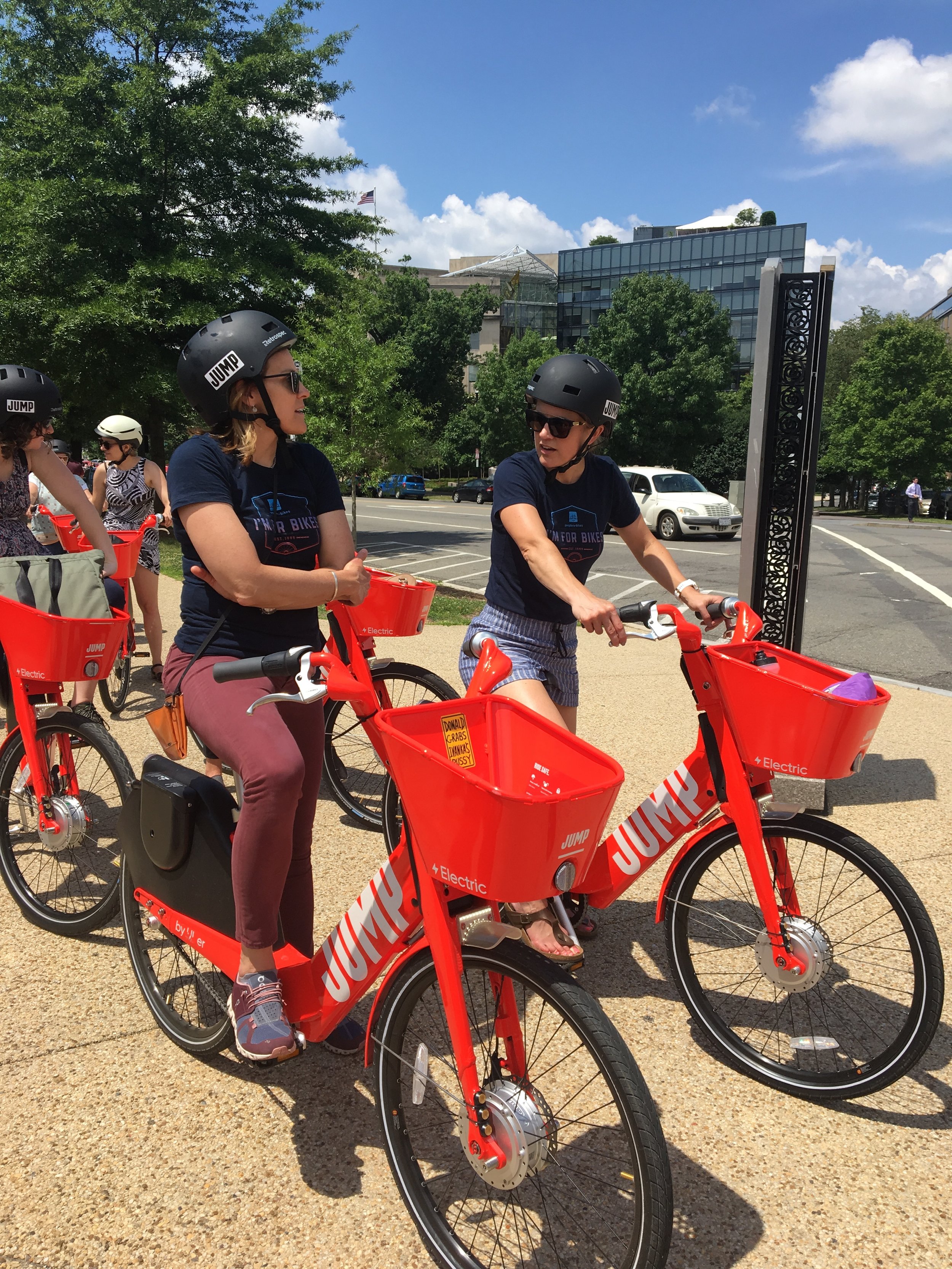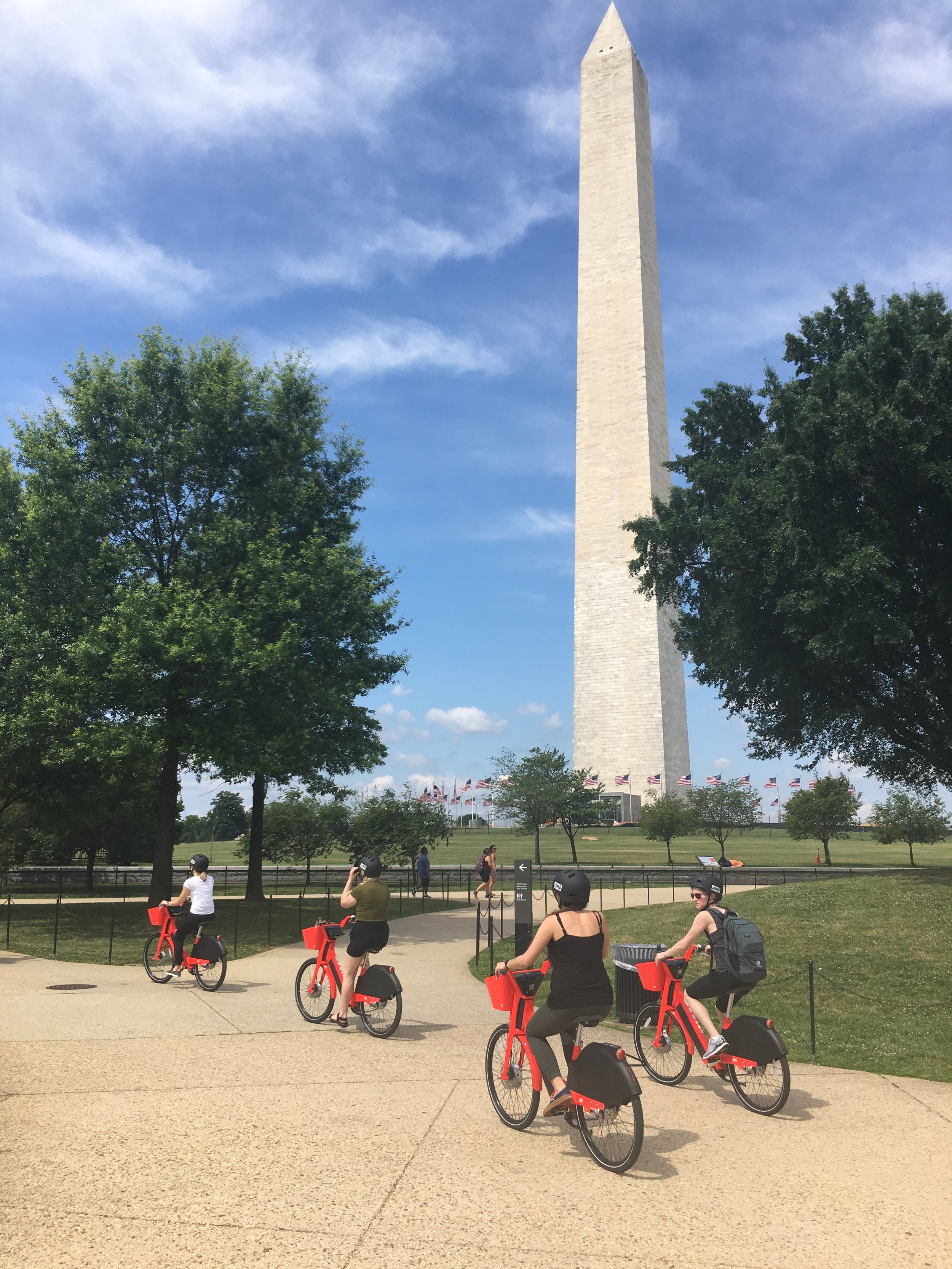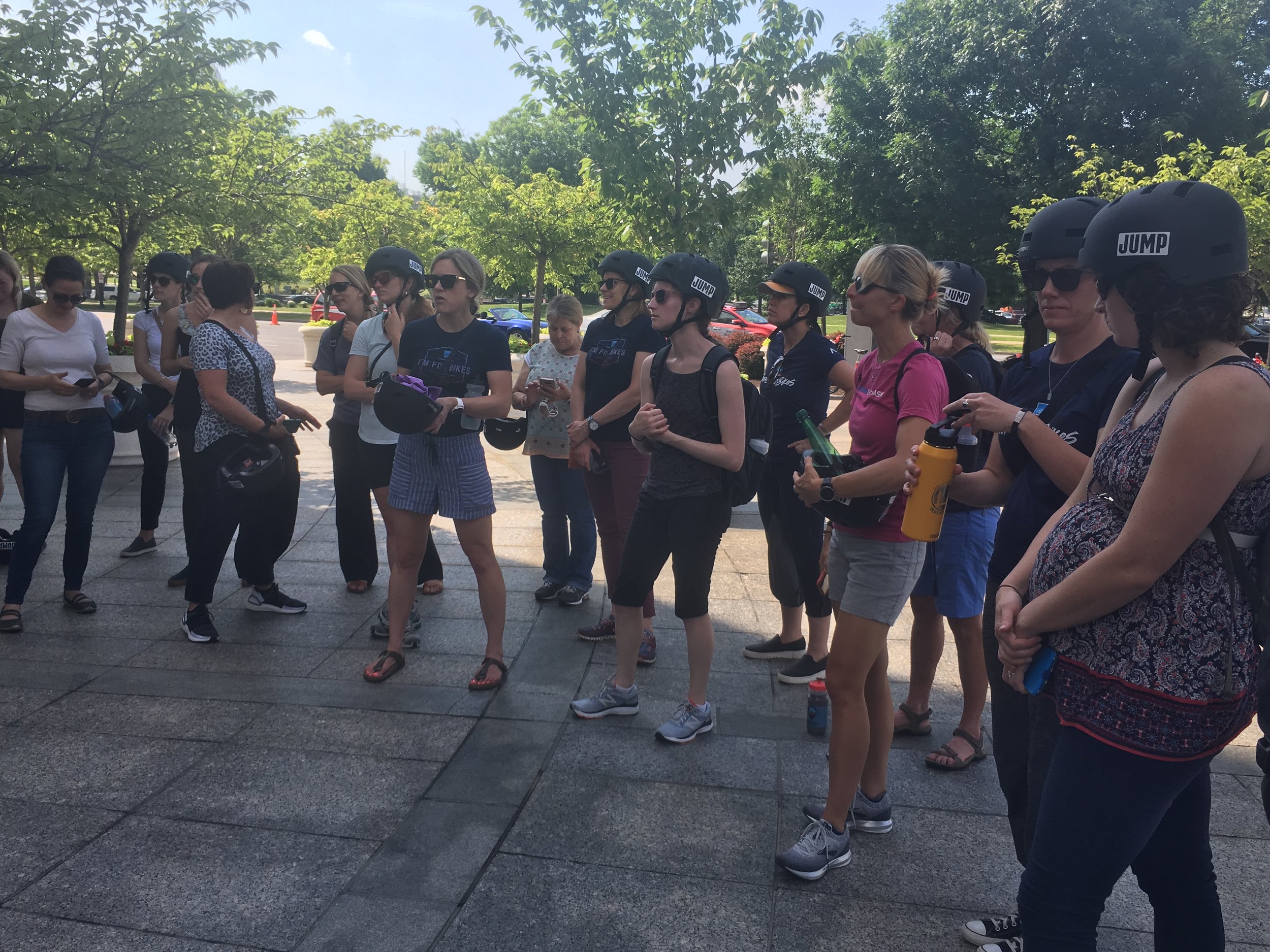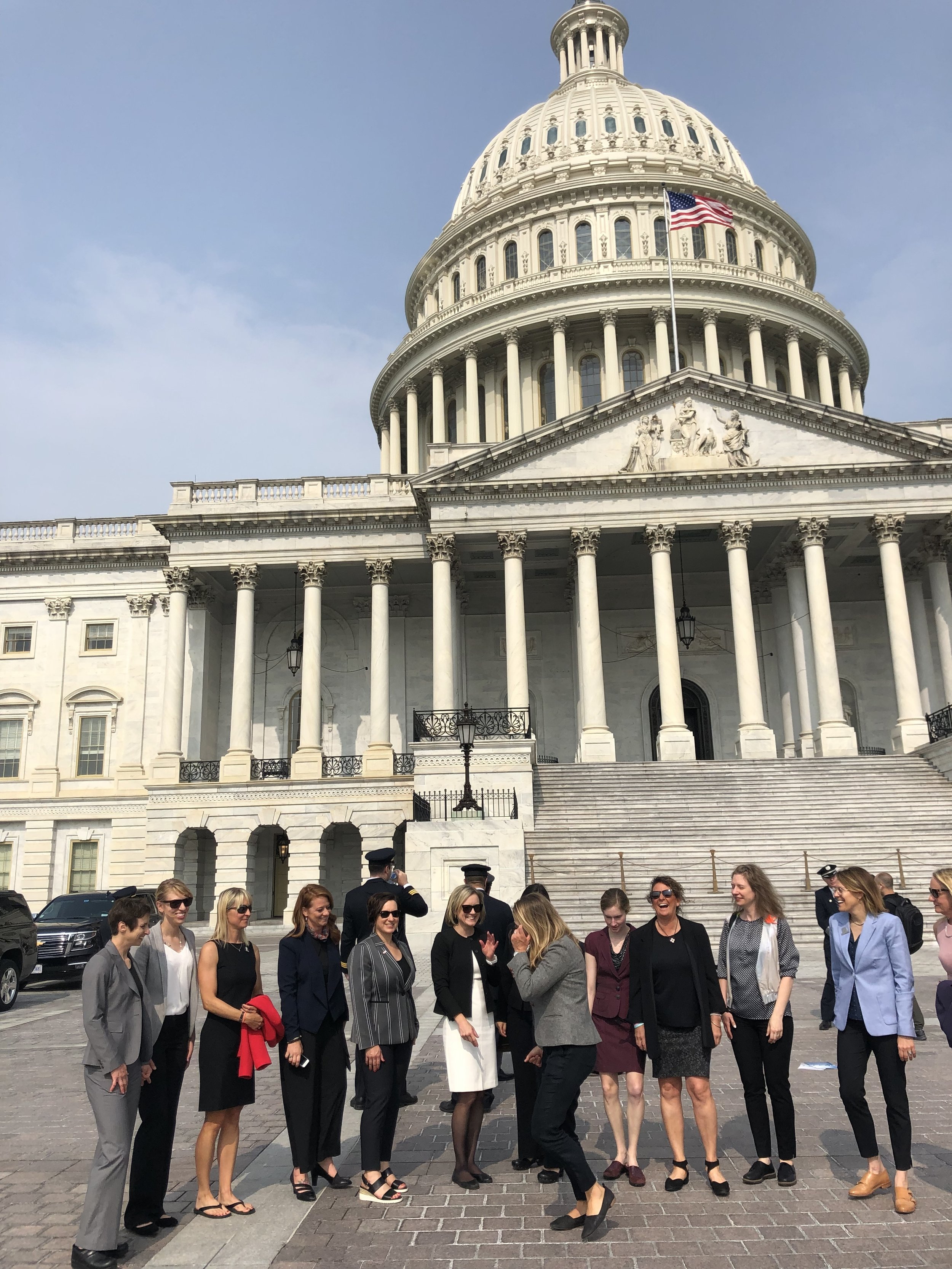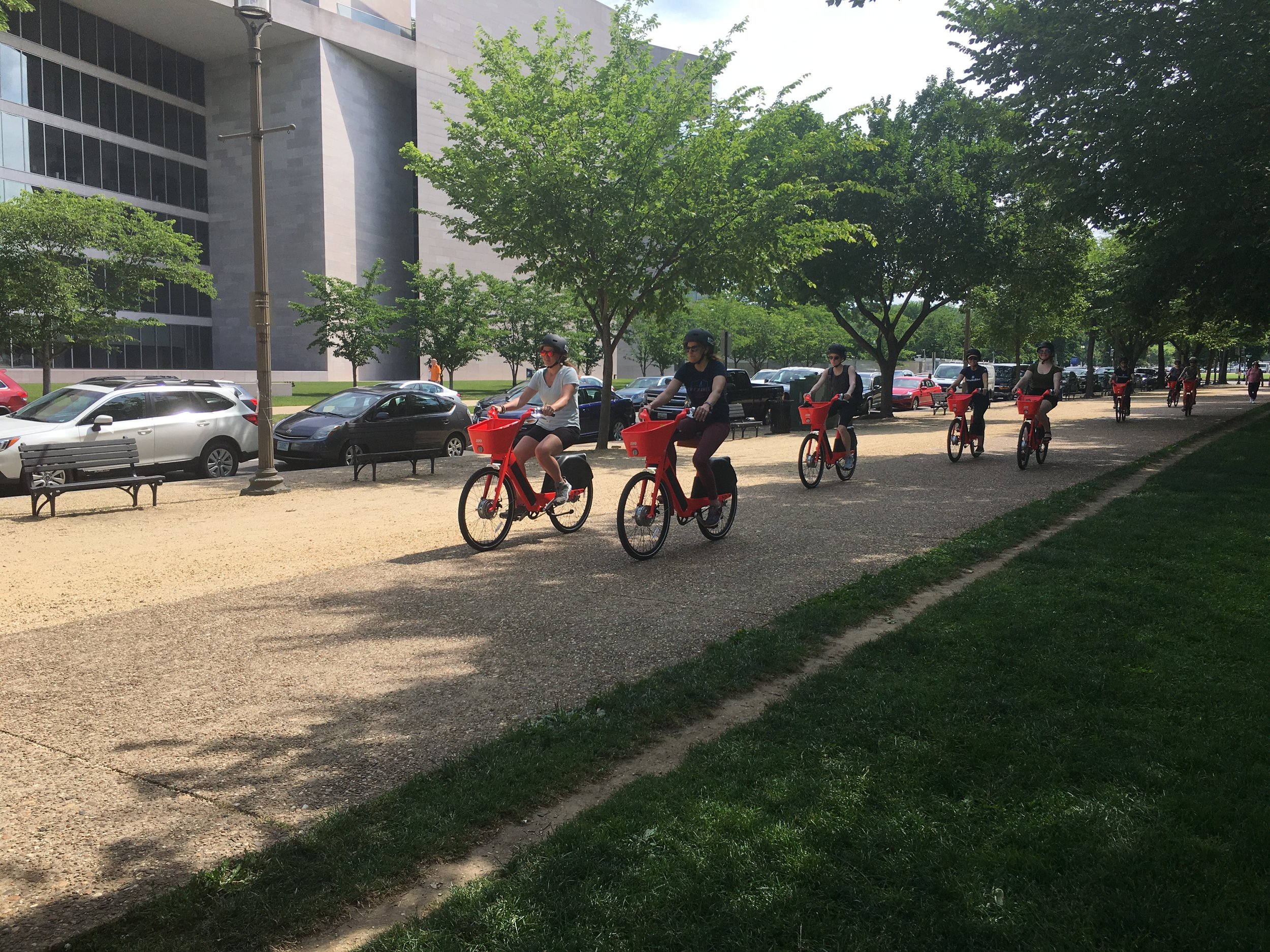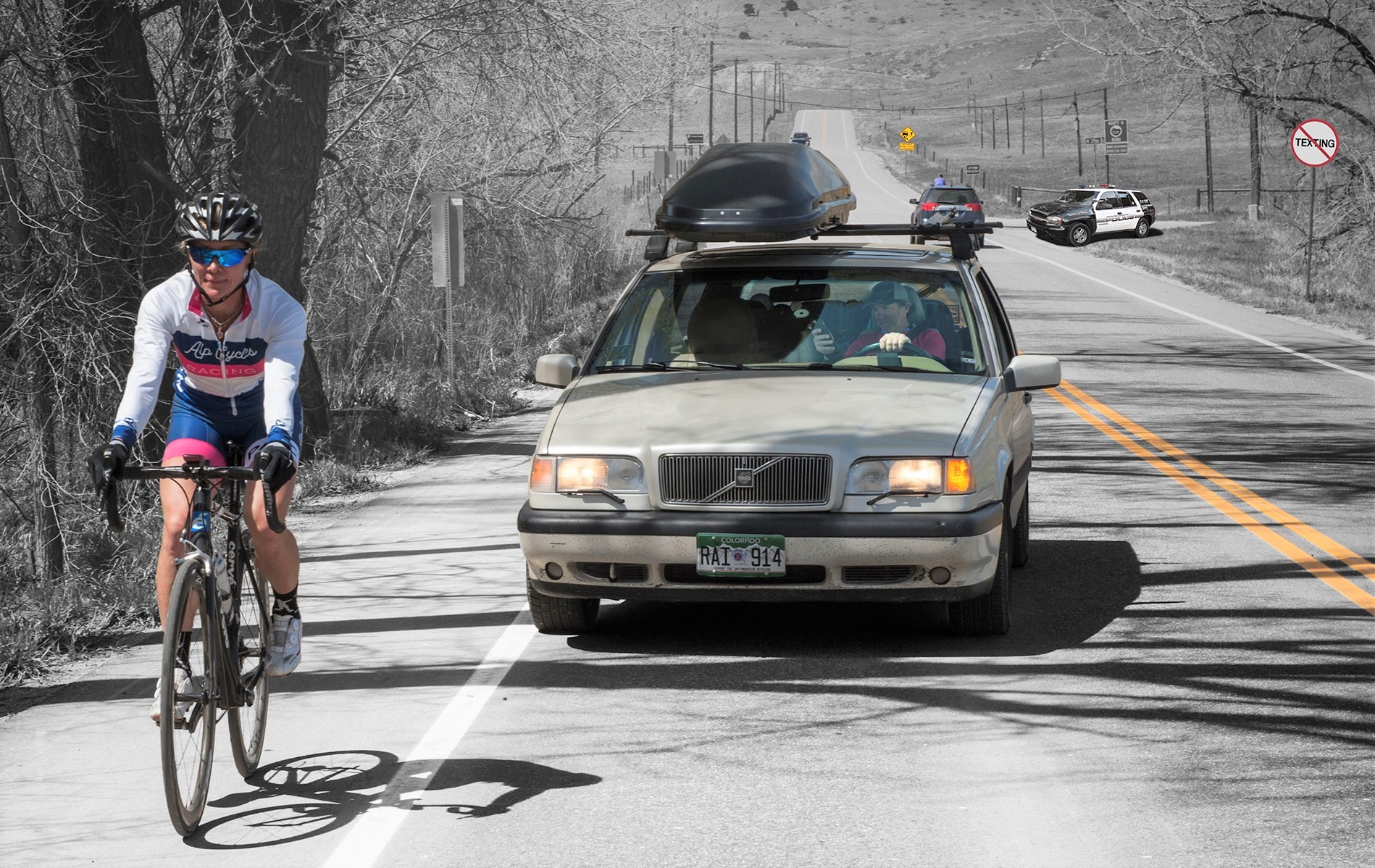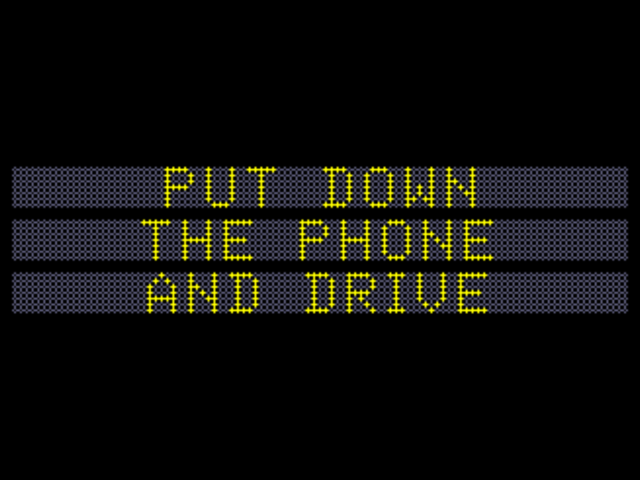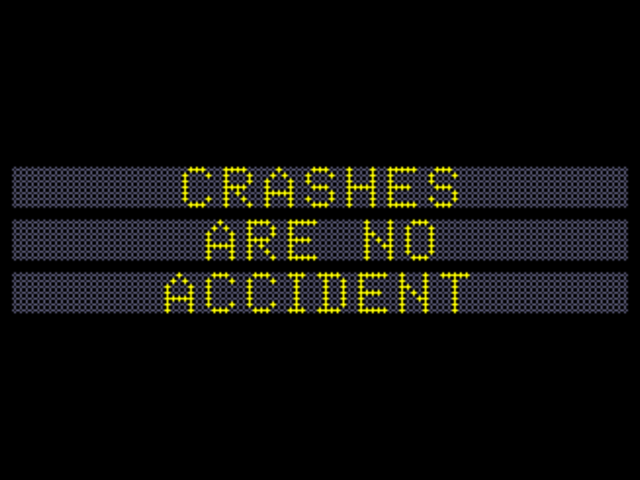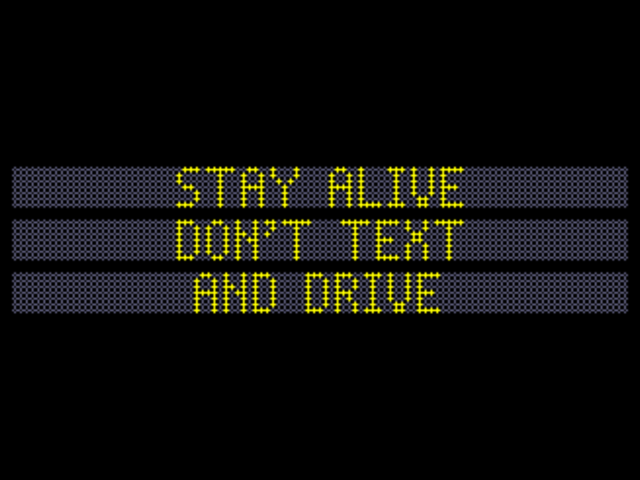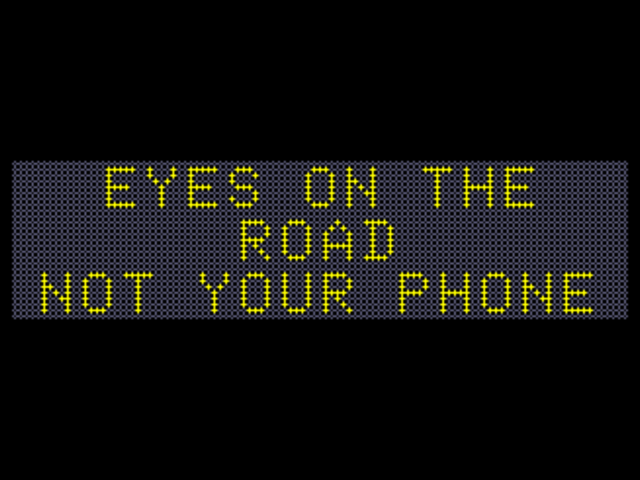He received a ticket for careless driving but never took responsibility for his actions. He went right into, “it is not my fault mode” and stated that cyclists always bike too fast on the road where the collision happened. That statement is the first thing Erin Entlich remembers hearing from the driver while she was lying in the road. She found his lack of concern for her well-being alarming.
“I was not cycling ‘too fast’, and it’s incumbent upon him to be watching for moving vehicles whether that’s a car or a bike or a scooter. His actions could have killed me!”
Since the driver lives on 32nd Avenue, Erin feels that he should be acutely aware of how busy of a cycling road it is. “It would not kill him to be patient and wait a few moments until I had passed to turn into his driveway.”
Erin, mom to two children, fitness enthusiast, triathlete, health coach, and yoga teacher, started biking about sixteen years ago. She likes being outside and loves the freedom and sense of fun she gets while biking, as well as the satisfaction of covering distance by virtue of her own leg power!
On the day of the crash, June 23, 2018, she was riding eastbound in the bike lane on 32nd Avenue near Youngfield Street in Wheat Ridge, CO, around 3:00 pm. Erin was wearing a bike kit and helmet, riding under the posted speed limit, was not wearing headphones, or distracted in any way.
She saw that there was a car in the turn lane at the bottom of the hill going westbound. The car appeared to be stopped, and Erin had the right of way, so she continued cycling. All of a sudden, the driver turned left in front of her into a driveway. Unable to stop, Erin hit the front passenger side of the car, rolled over the hood, and then landed on the road on the other side of the car, several feet away.
A cyclist riding behind her witnessed the crash and called 911. EMTs and police showed up moments later. After assessing her injuries, which were mostly contusions and abrasions as well as a chipped tooth, Erin waived the ambulance ride.
In hindsight, Erin wishes she had known to go to the hospital even if you do not think it is necessary. “There’s so much adrenaline in the moment, and I wanted so desperately to be okay that in my mind if I didn’t need the ambulance, then it wasn’t that bad of a crash,” she explains. She also wishes she had known not to move after the crash and had known not to feel pressured into giving a statement to the driver’s insurance company right away because you can still be in shock or fuzzy on the details.
Most states, including Colorado (C.R.S. 13-21-301), have laws forbidding insurance companies from contacting you for at least two weeks post-crash, since you are likely in pain, possibly on pain meds, distracted, overwhelmed, or uncertain about what your injuries even are. Yet, many of our clients report to us that within days (and sometimes even hours!) of their bike crash, they have been contacted by the insurance company for the at-fault motorist, and they have been pressured into giving a statement which is almost always recorded.
Erin ended up going to urgent care first thing the next morning, as she was unable to move her left arm or heavily weight her right foot. She also had severe neck pain and whiplash; she could not lift her head without supporting her neck for a couple of weeks following the crash. Erin ended up having to do several months of vestibular therapy. She also suffered a deep bone bruise to her left shoulder. Many of her symptoms—ocular migraines, persistent headaches, and continued neck pain—did not present until later.
What surprised her most going through this experience is that her own insurance was a nightmare to deal with in terms of getting them to pay out her MedPay claim. “You assume the driver’s insurance will be difficult or provide push-back, but you think your insurance is going to protect you and, to date, they have only paid out about half of my policy amount and continue to deny certain claims,” says Erin.
Erin knew that if she did not get back on her bike sooner rather than later following the crash, she might never ride again. Three months after the collision, she was back riding again, opting for a bike path instead of the road.
“I was nervous and anxious and hated every minute of it, but it helped me conquer my fears,” she says. She started riding again with some regularity in June 2019, about a year after the crash, and went on to ride the rest of the summer. It took about three months of regular riding for her to stop feeling anxious on the bike, though, especially if she was riding on the road. Cars turning left in front of her were a huge trigger. “I feel good now, relaxed and confident again, but I am most definitely more cautious when I ride, which maybe is a good thing.”
Erin still finds herself gravitating toward bike paths, especially if she is riding alone. If she is on the road, she now prefers to be with other cyclists. At the time of the collision, she was riding alone. Erin wants other cyclists to know that just because you are riding in a bike lane and obeying the rules of the road, you are not necessarily safe. Drivers are distracted more than ever and not necessarily watching for cyclists.
Three months after the collision, the district attorney in Jefferson County Court dismissed the charge of careless driving and offered the driver a plea deal. He pleaded guilty to a lesser charge—failing to yield the right of way on a left turn—and paid $119.50 in fines and court fees. He got off easy.
Erin believes that the simplest thing that we can all do is to be good bike ambassadors—obey the rules of the road. “If we want drivers to respect us, we need to bike responsibly, ride single file on roads, not run lights.” She has added more lights to her bike and now wears a super fluorescent bike helmet. Erin feels that harsher penalties for drivers is a good start to make cycling safer as well as education for both cyclists and drivers on how to make the roads safer. Erin has joined our 2020 Bike Ambassador team as one of our team co-captains.
Do you know what to do if you are involved in a crash? View this Instagram post of ours for a detailed response.




